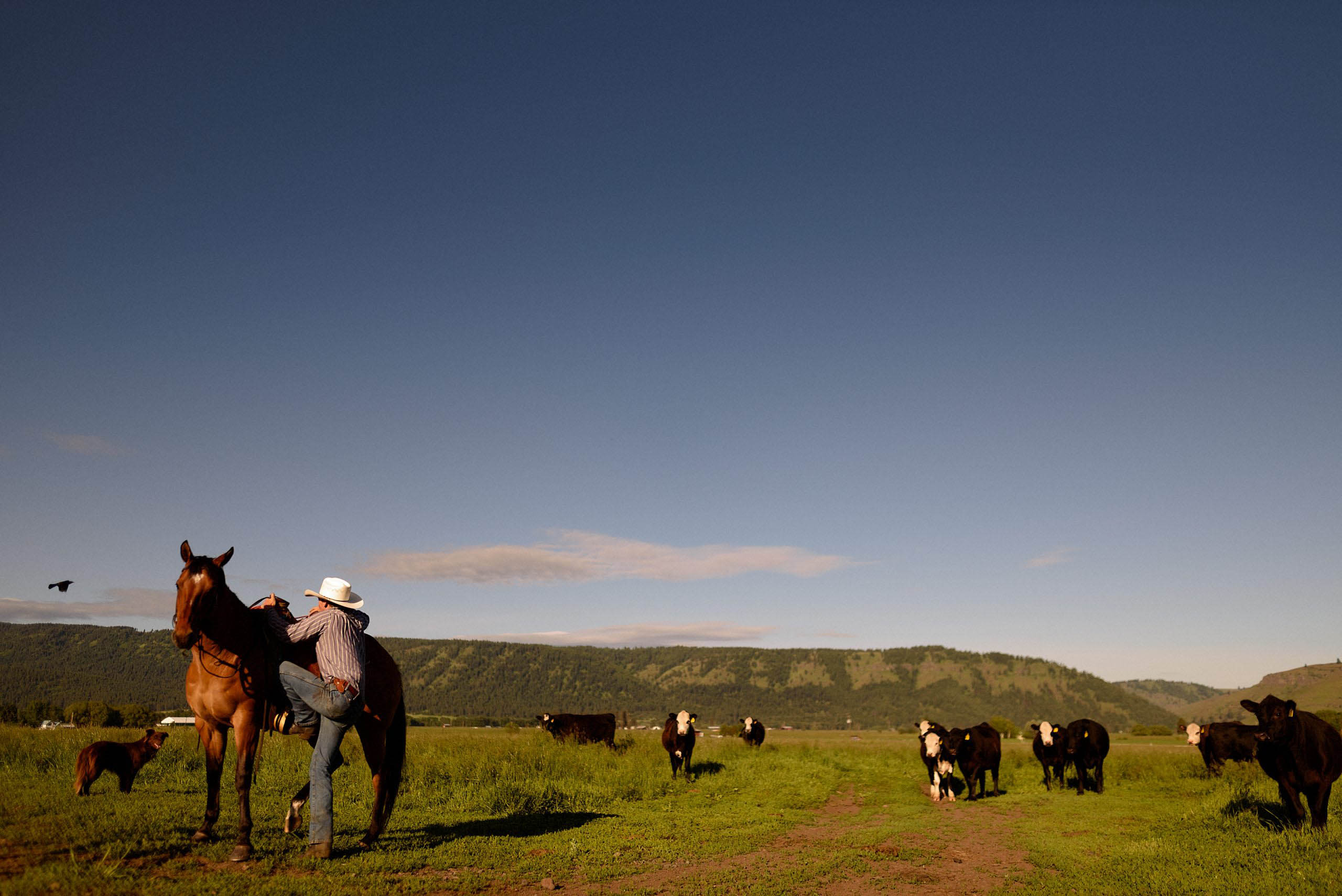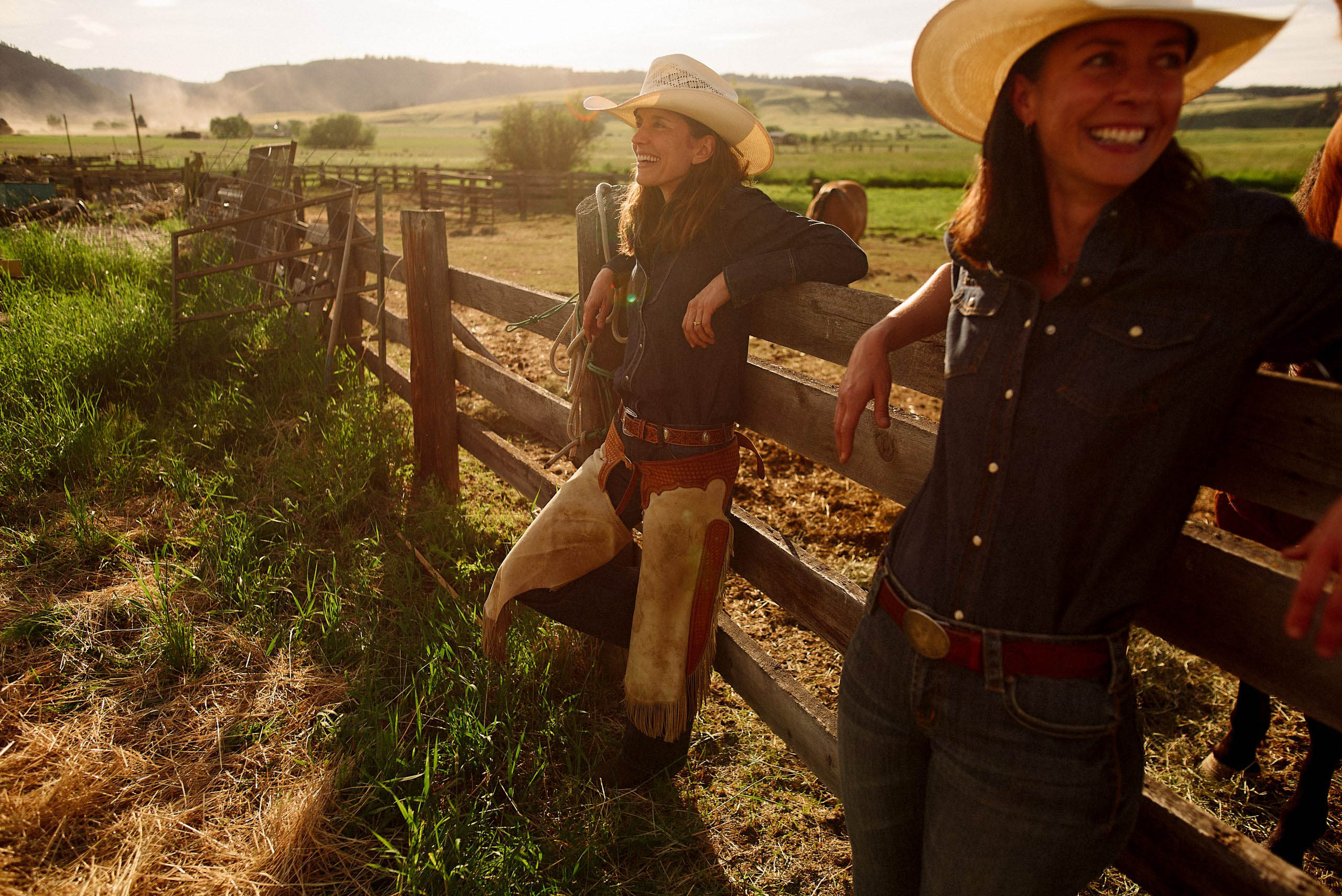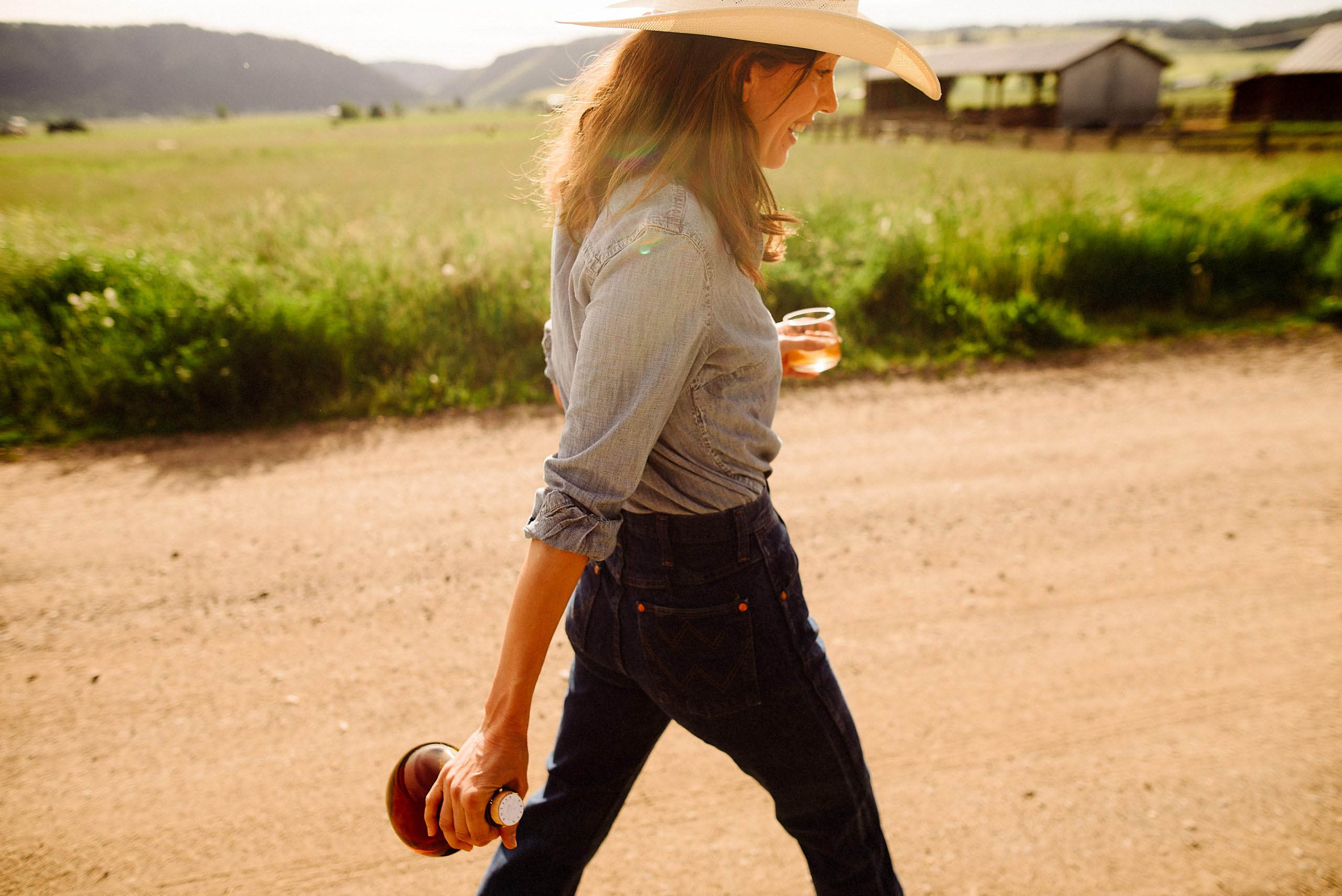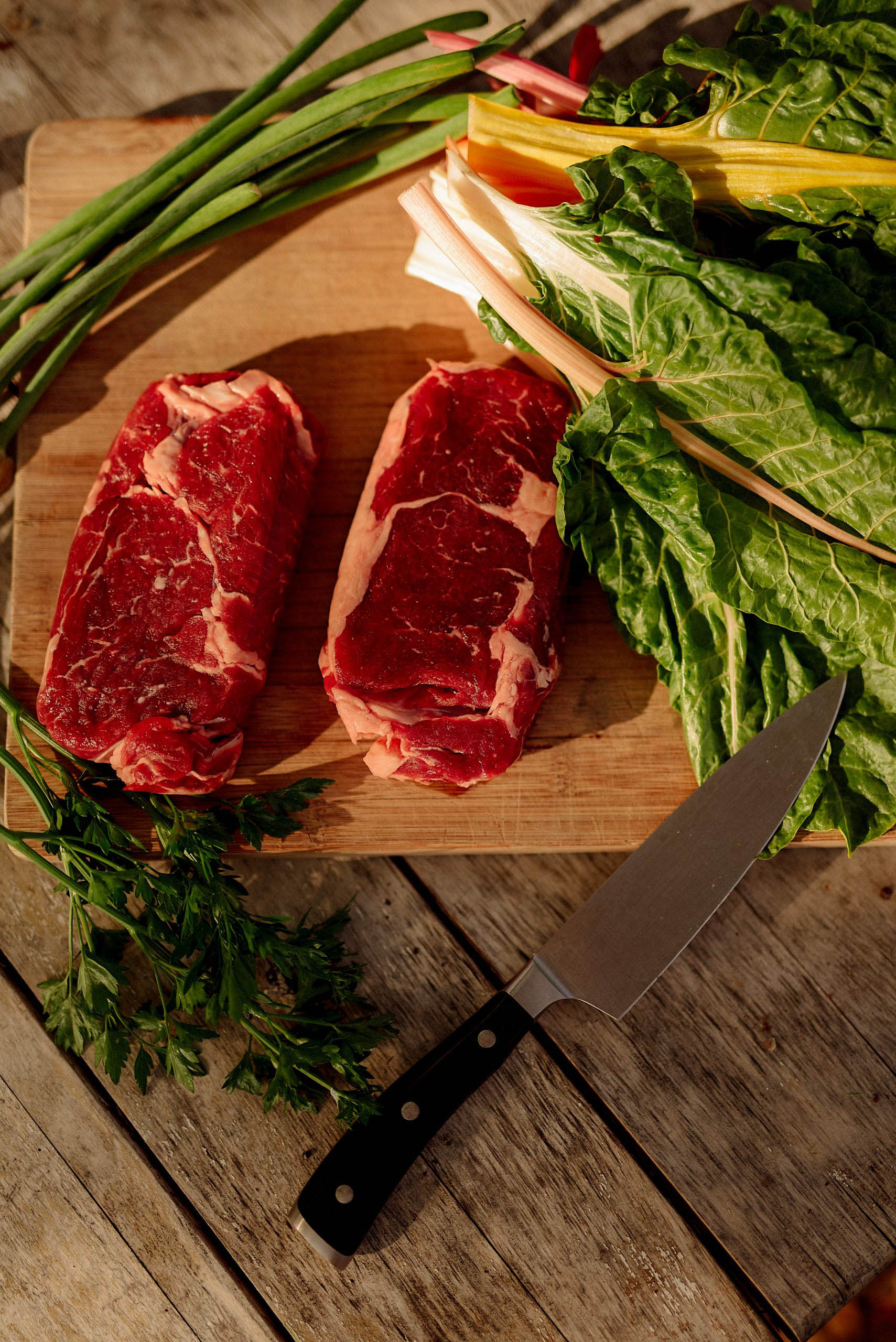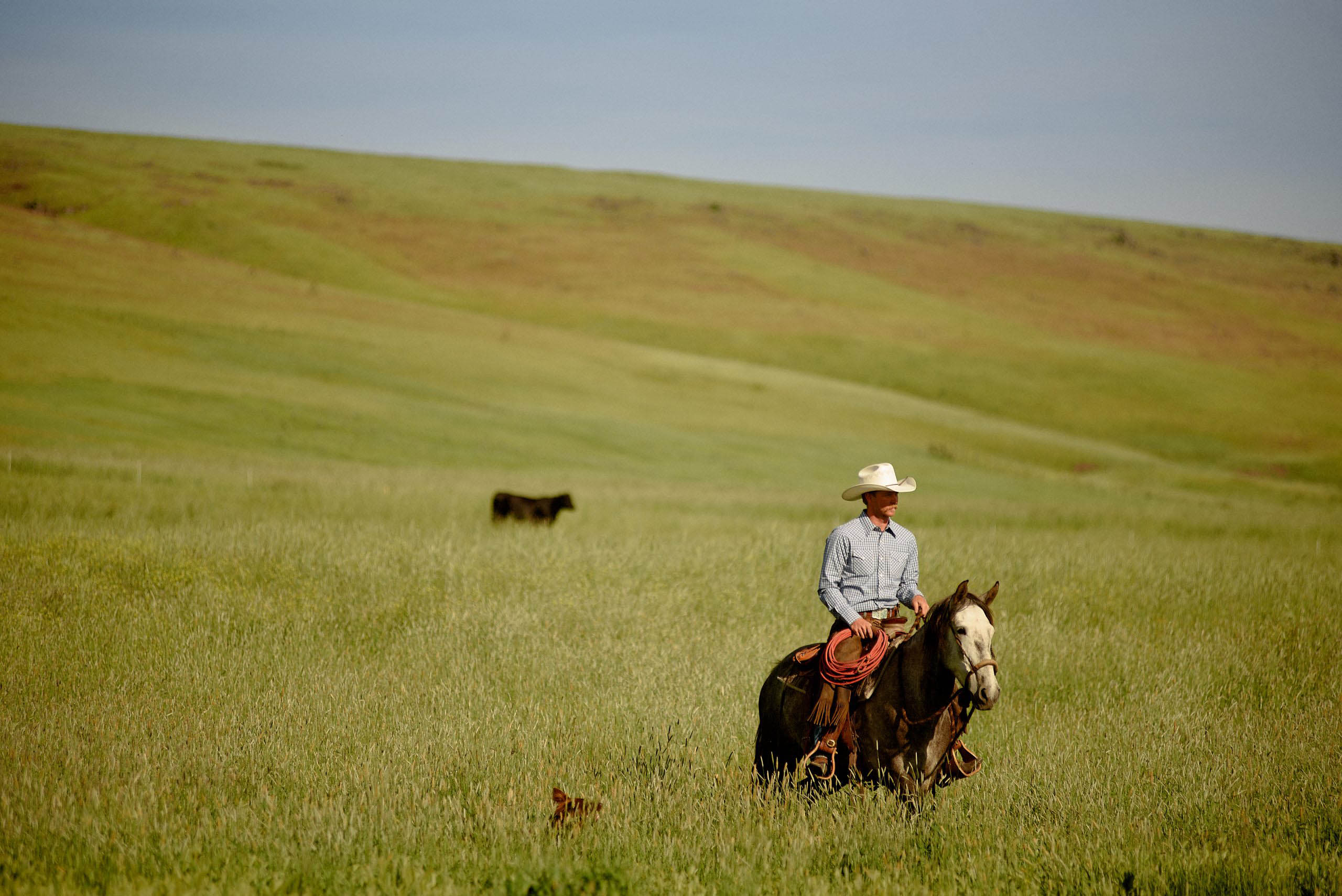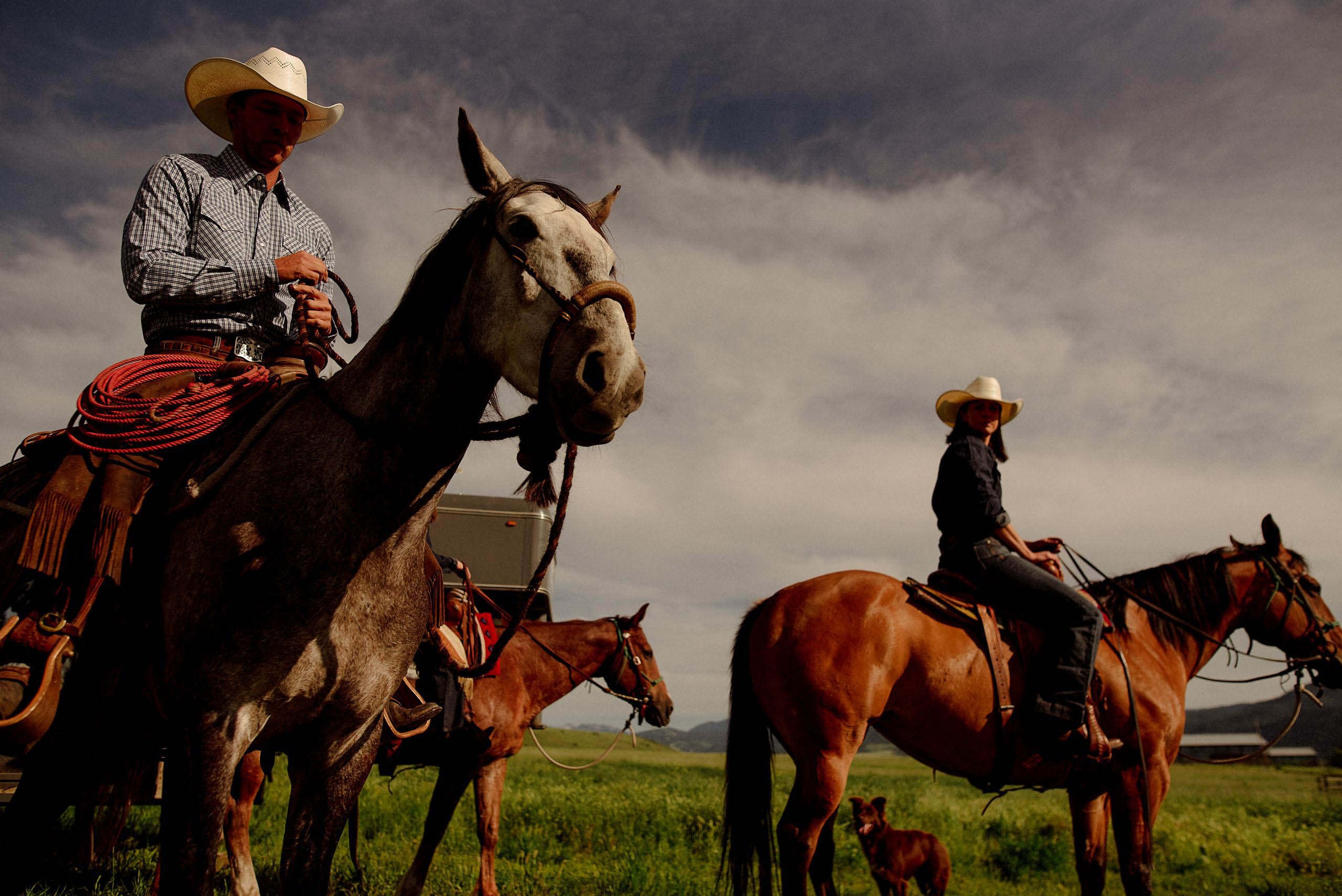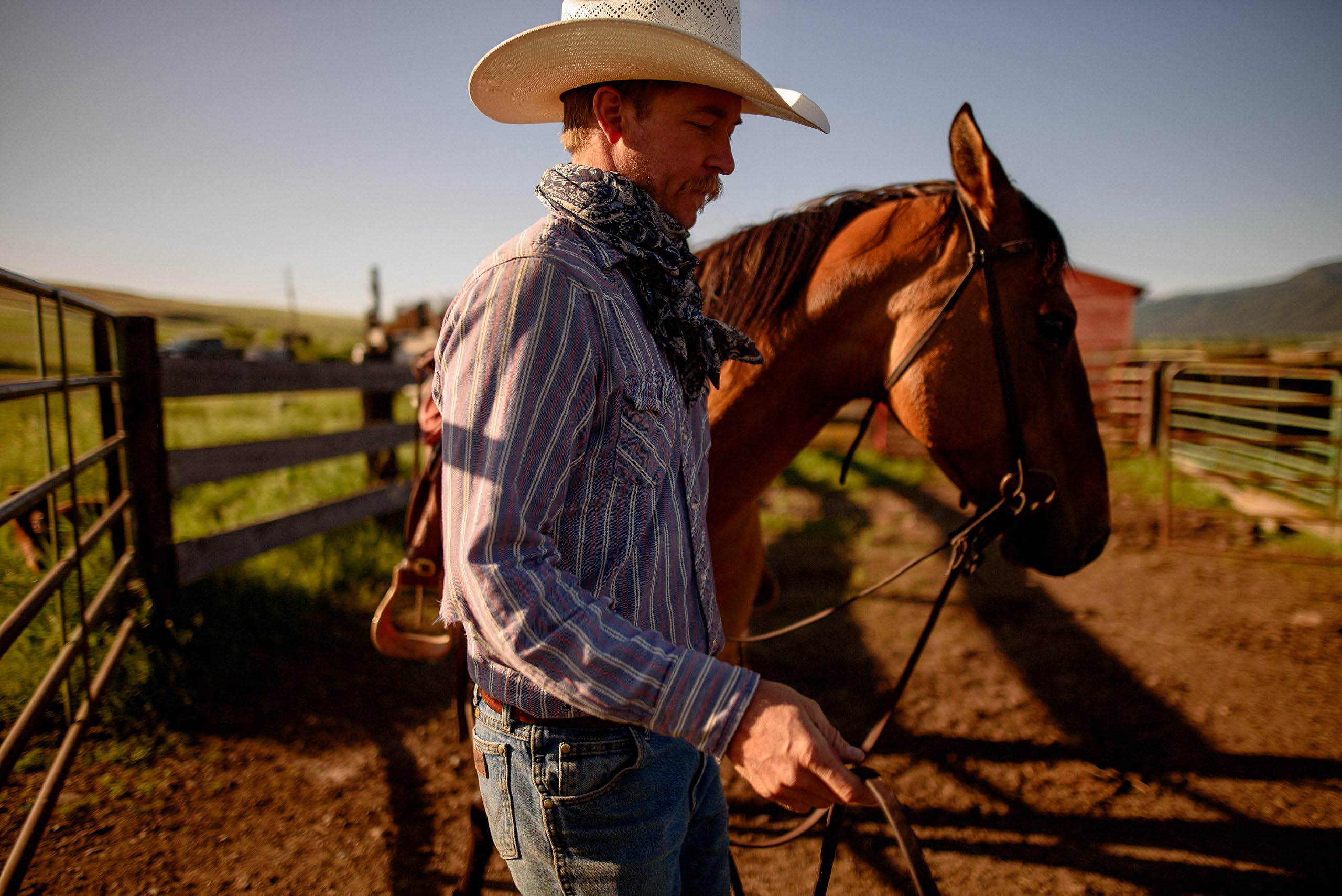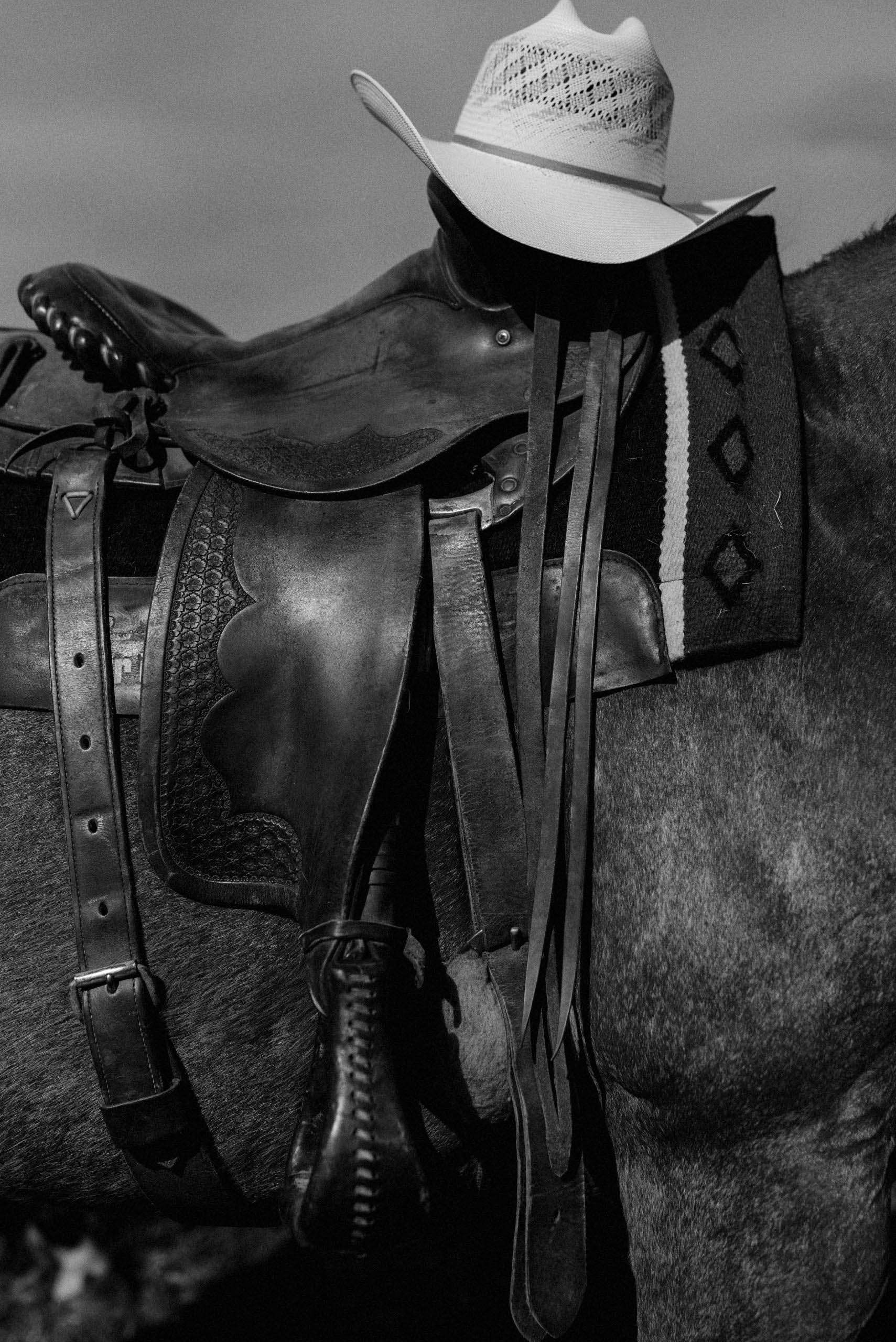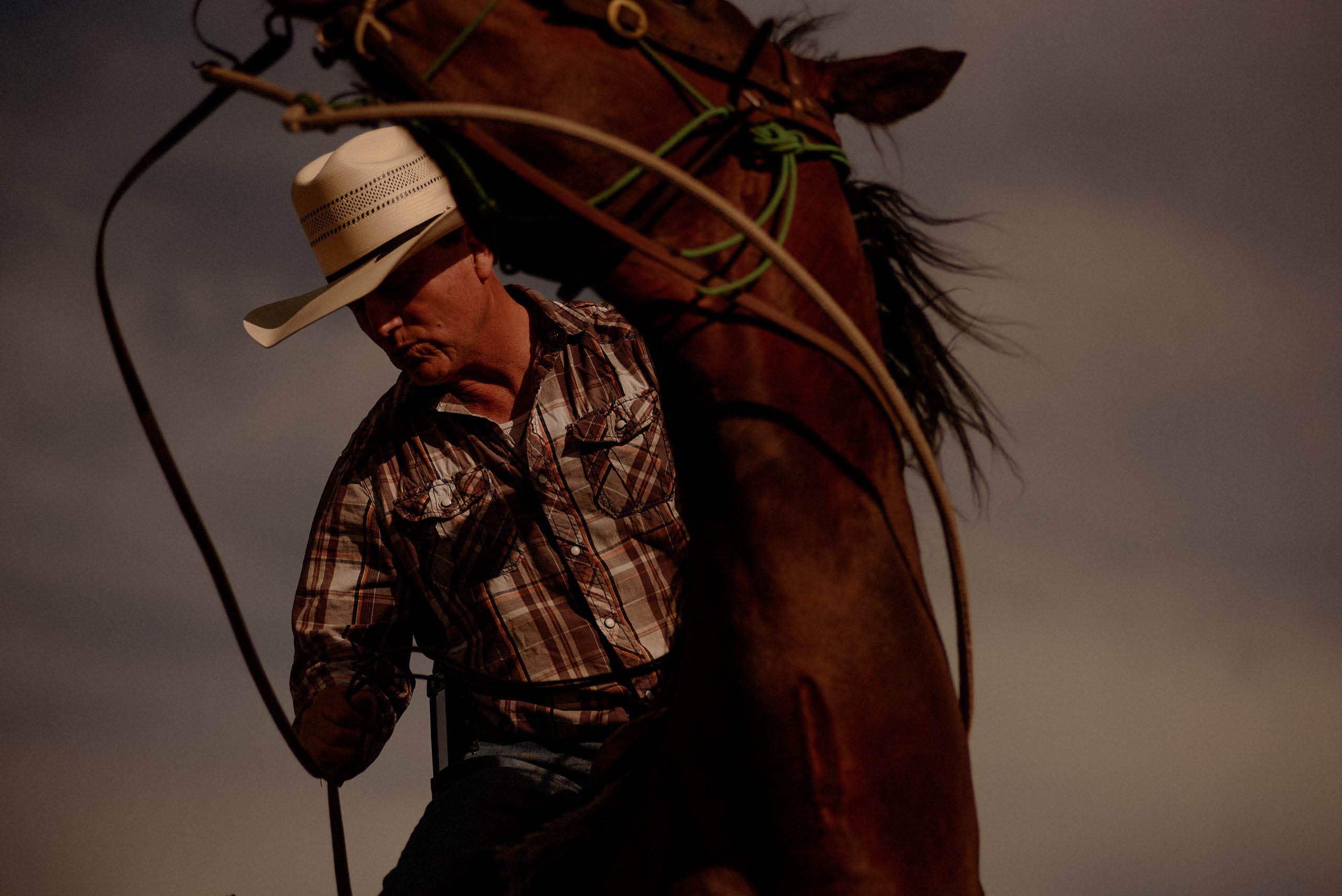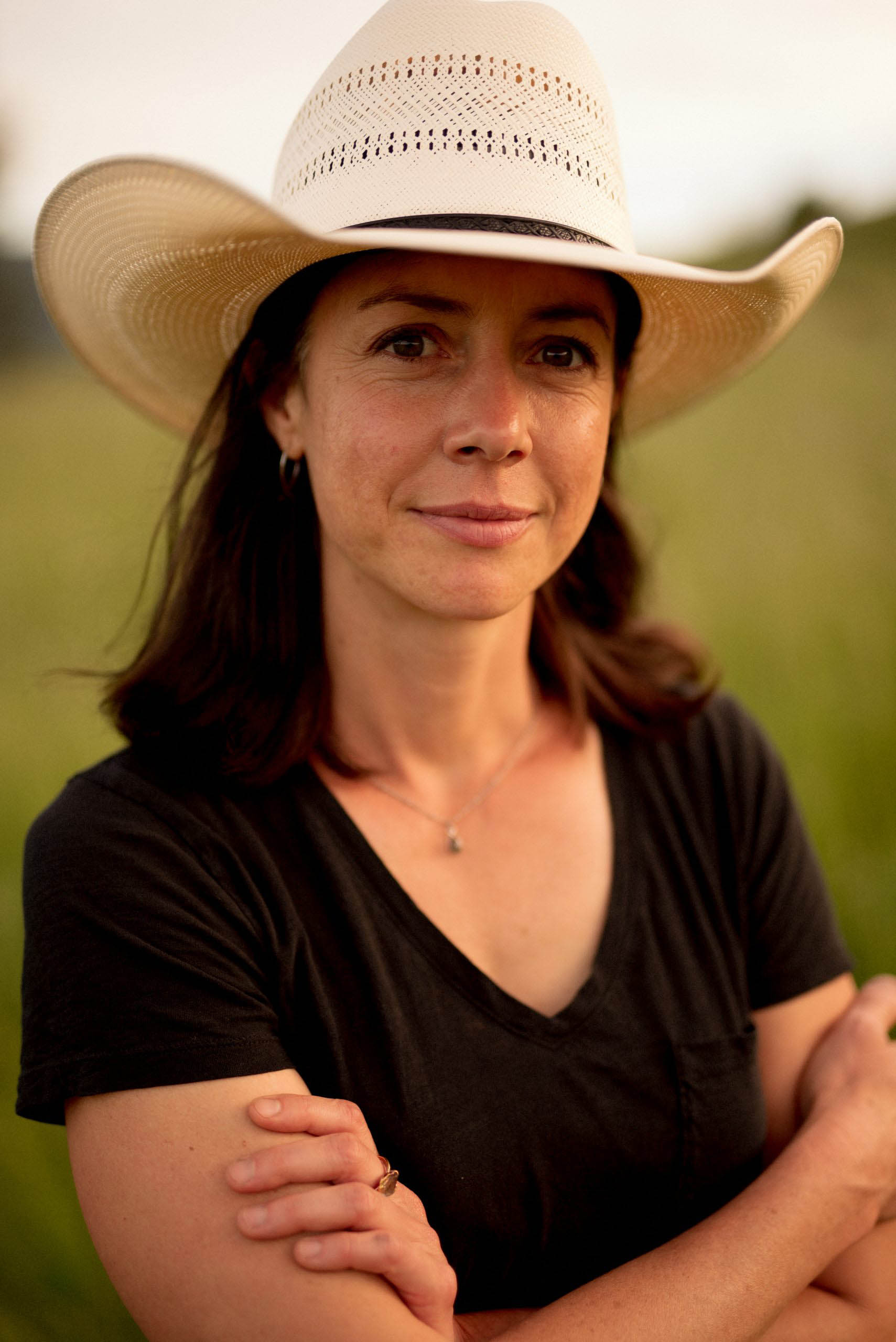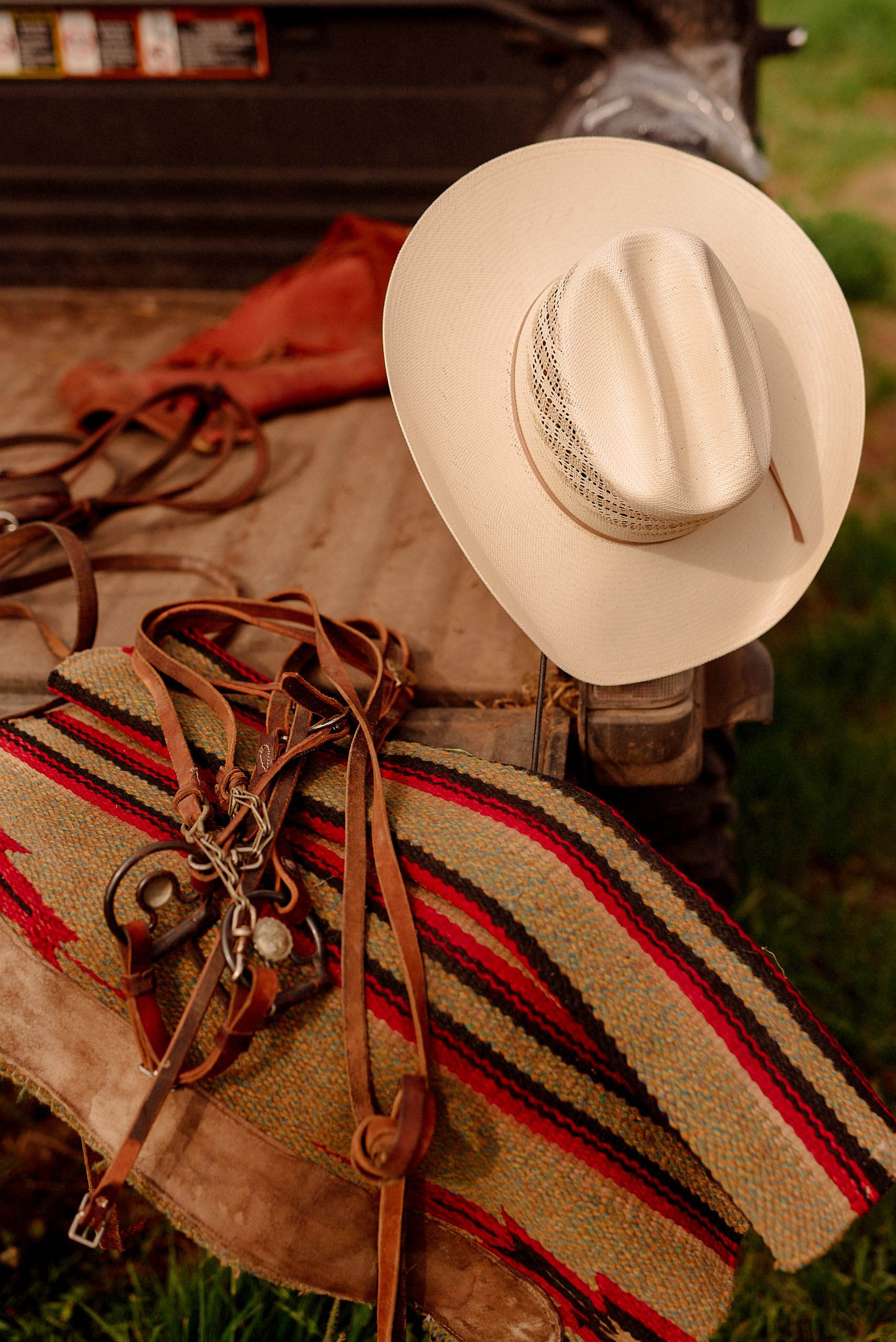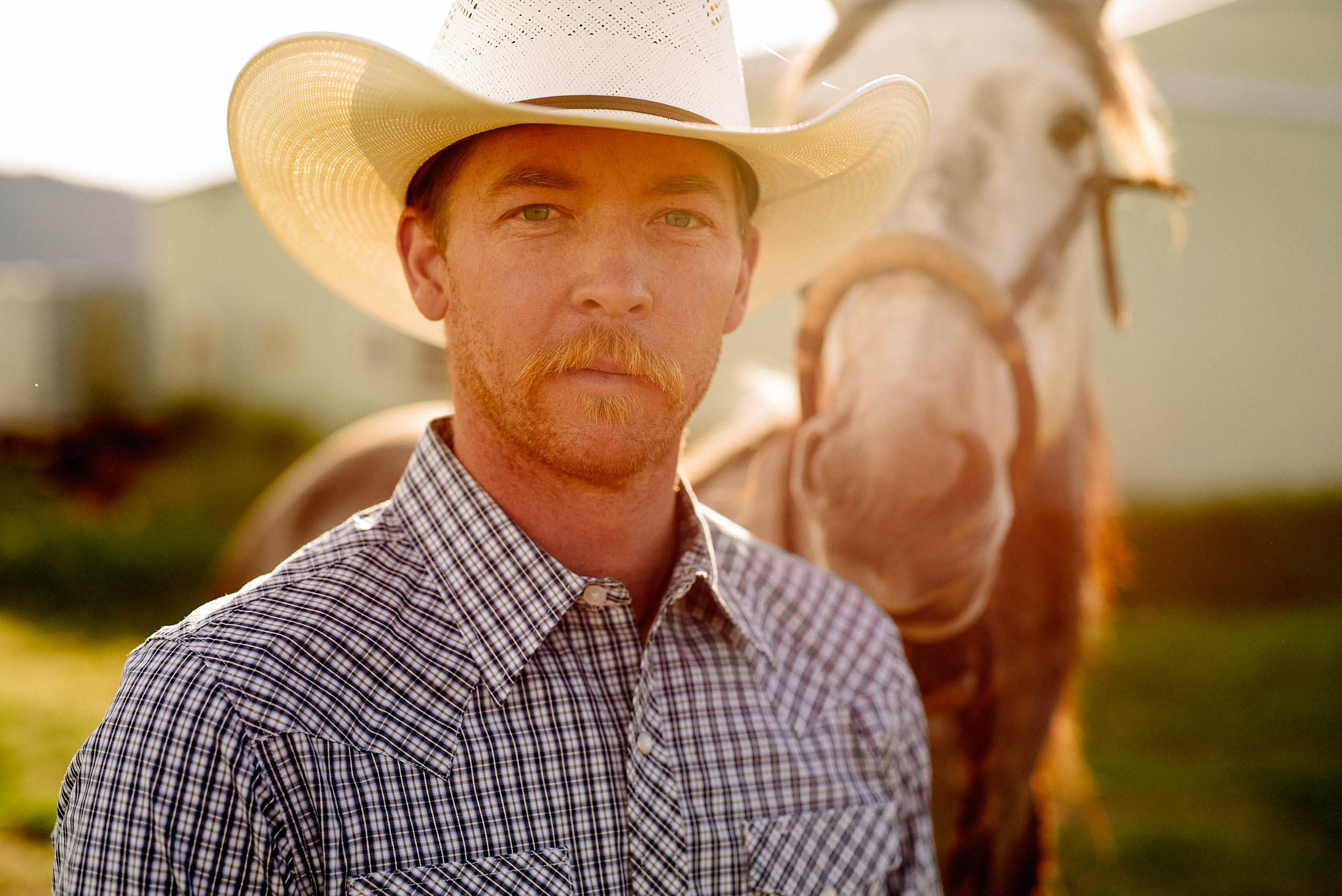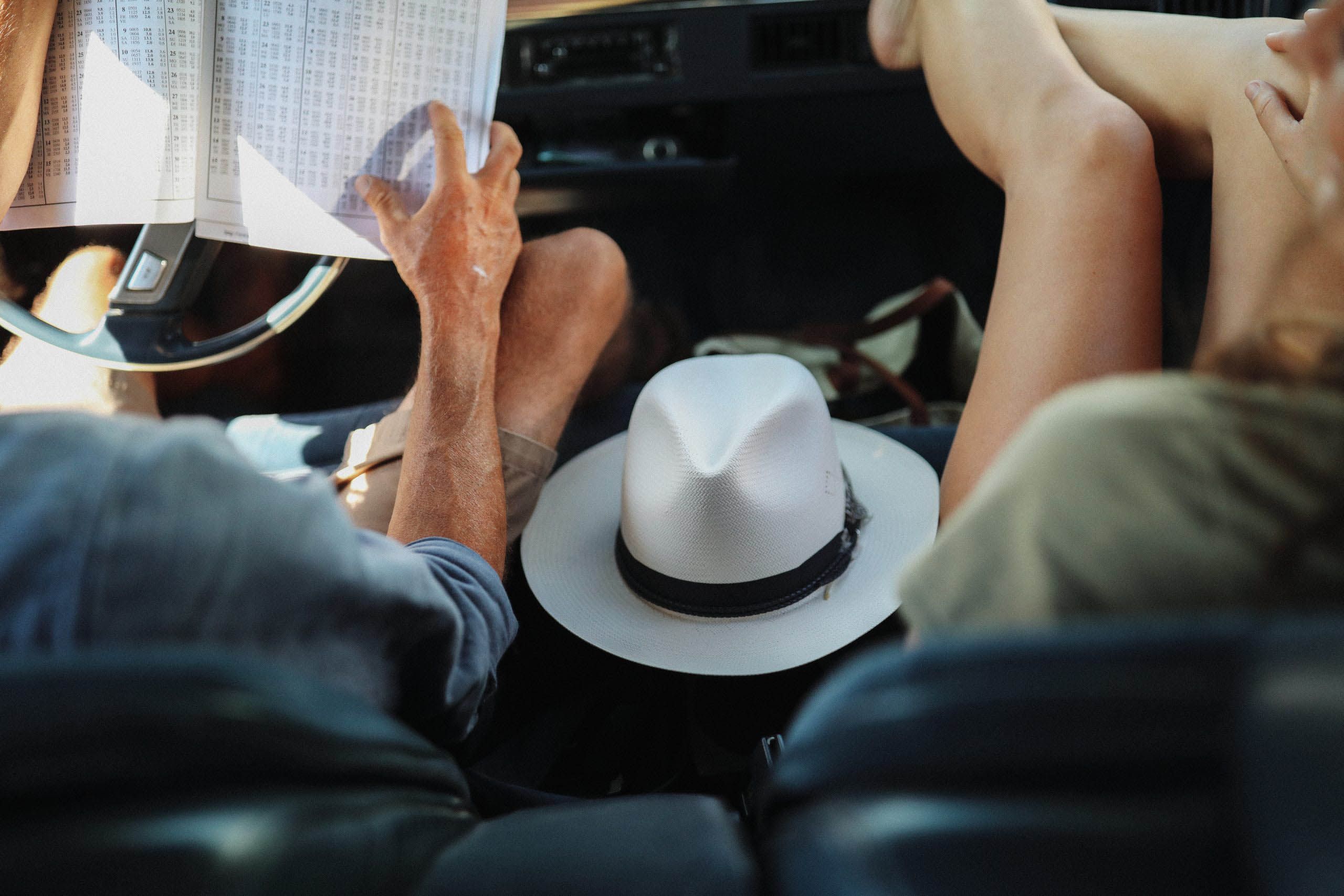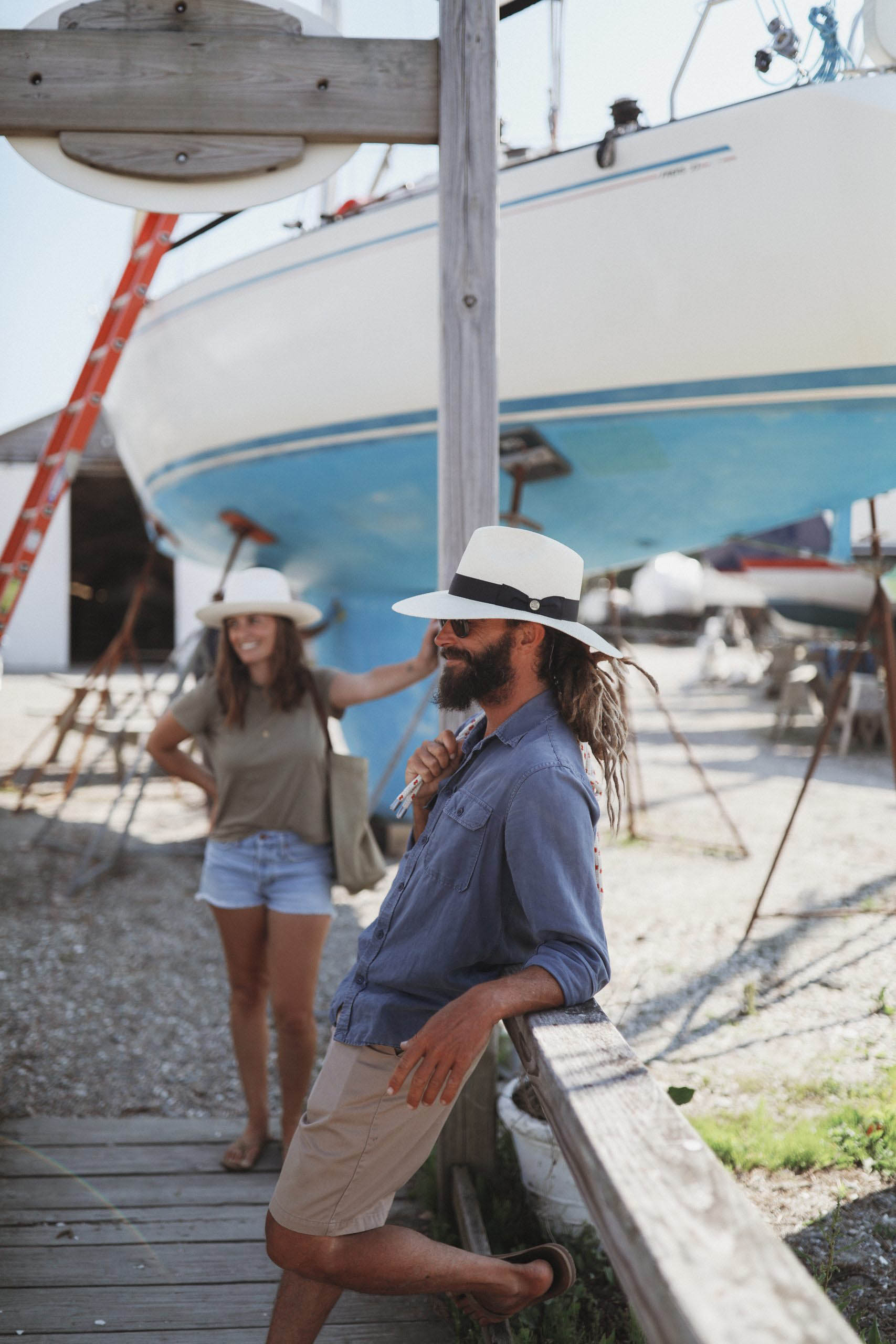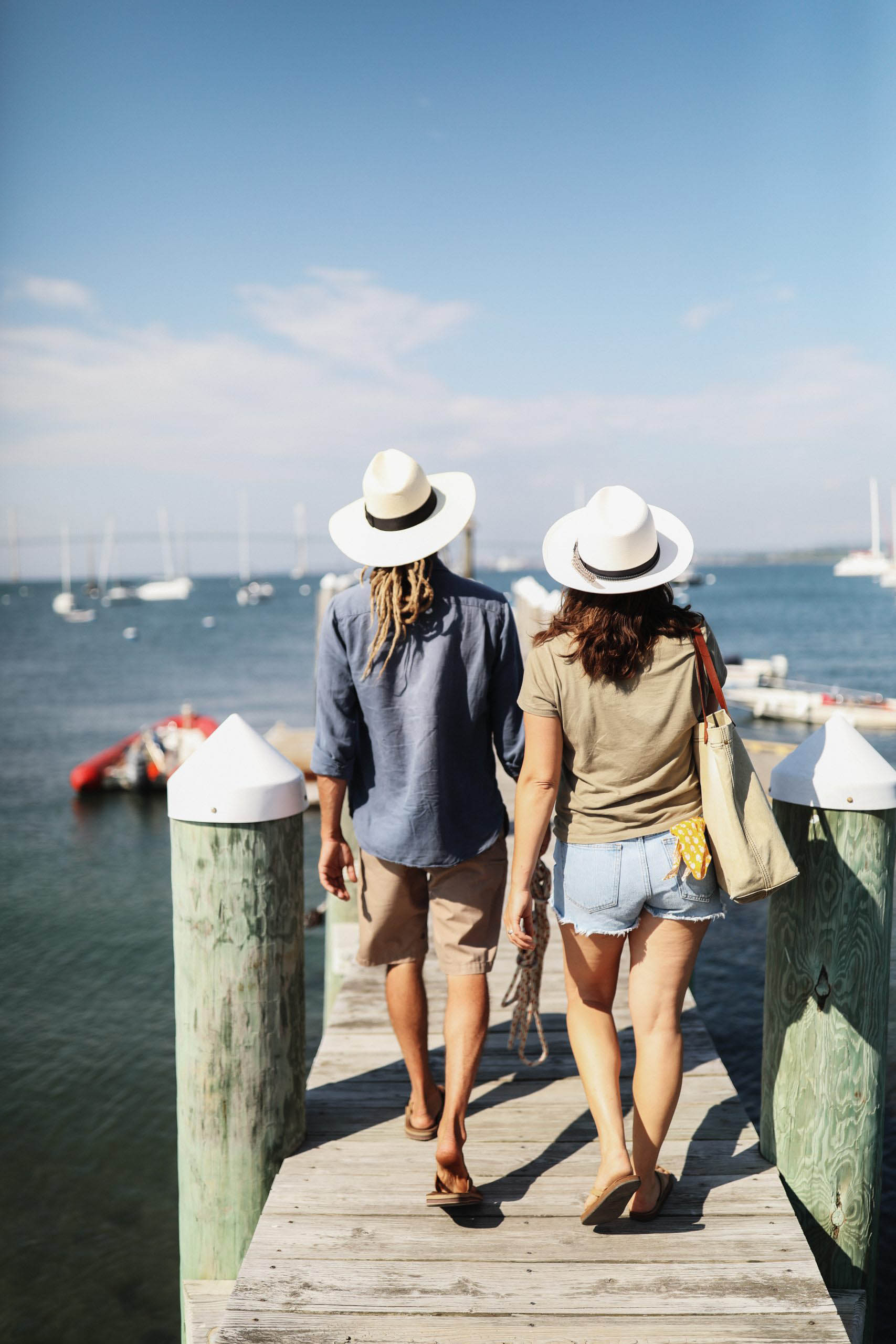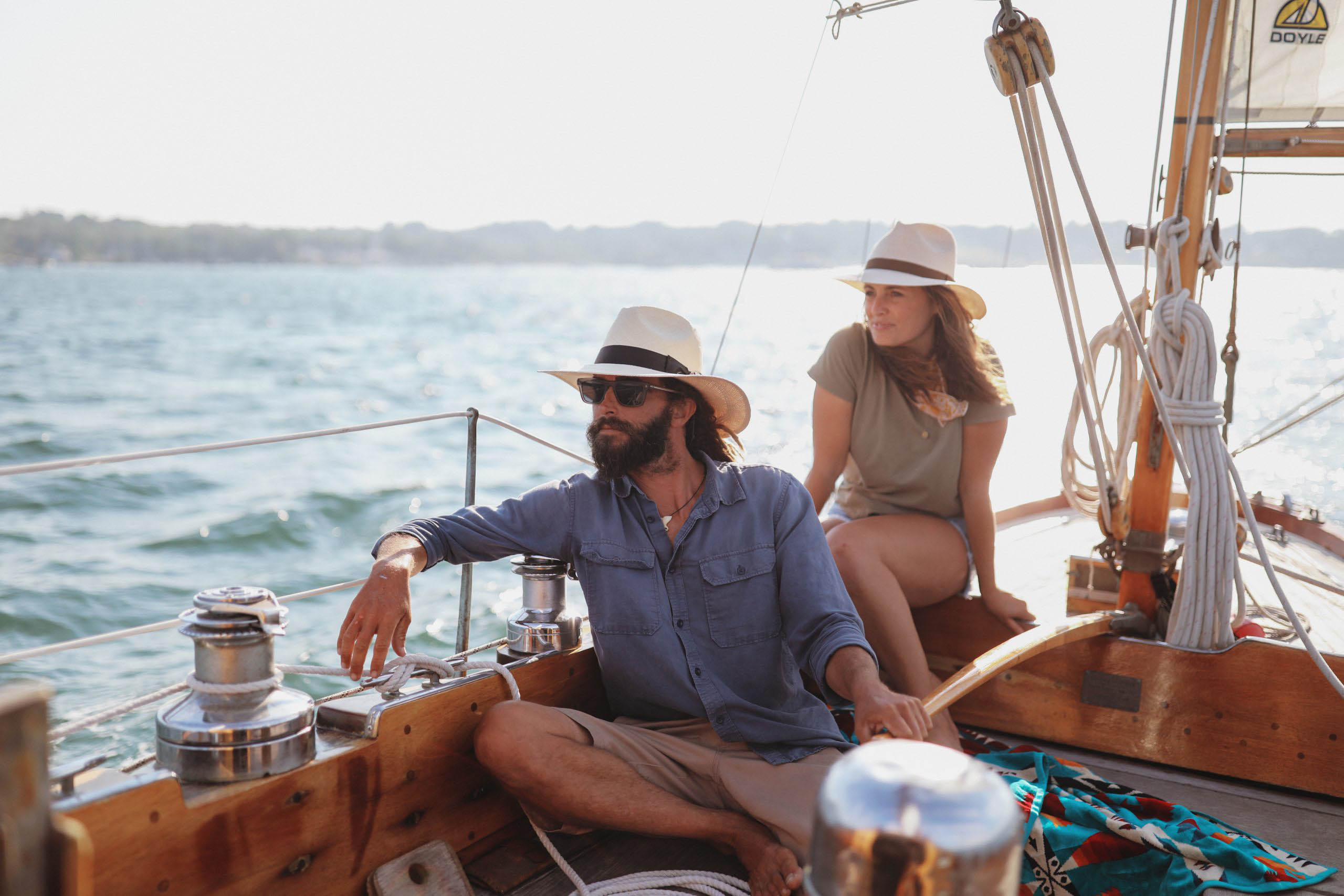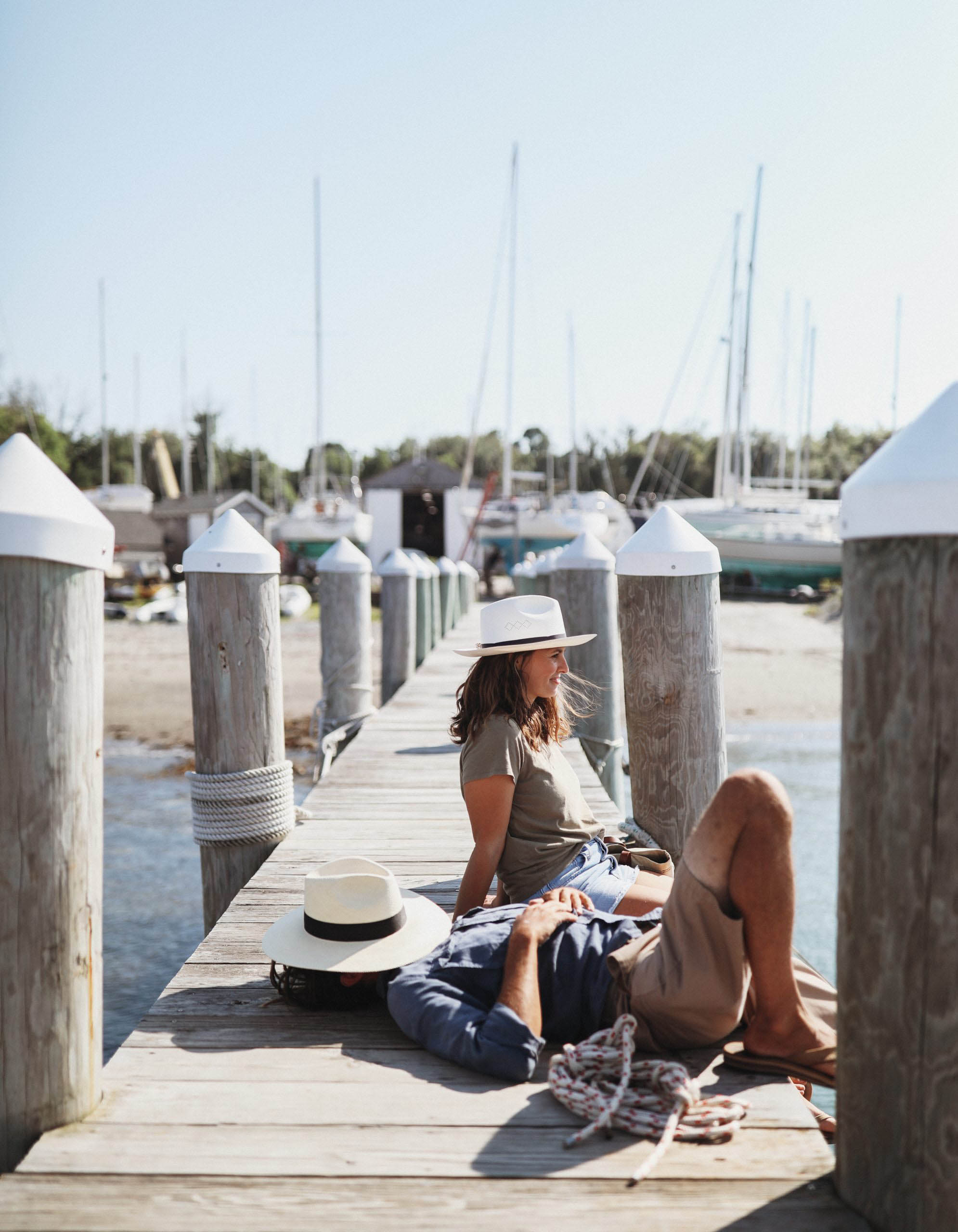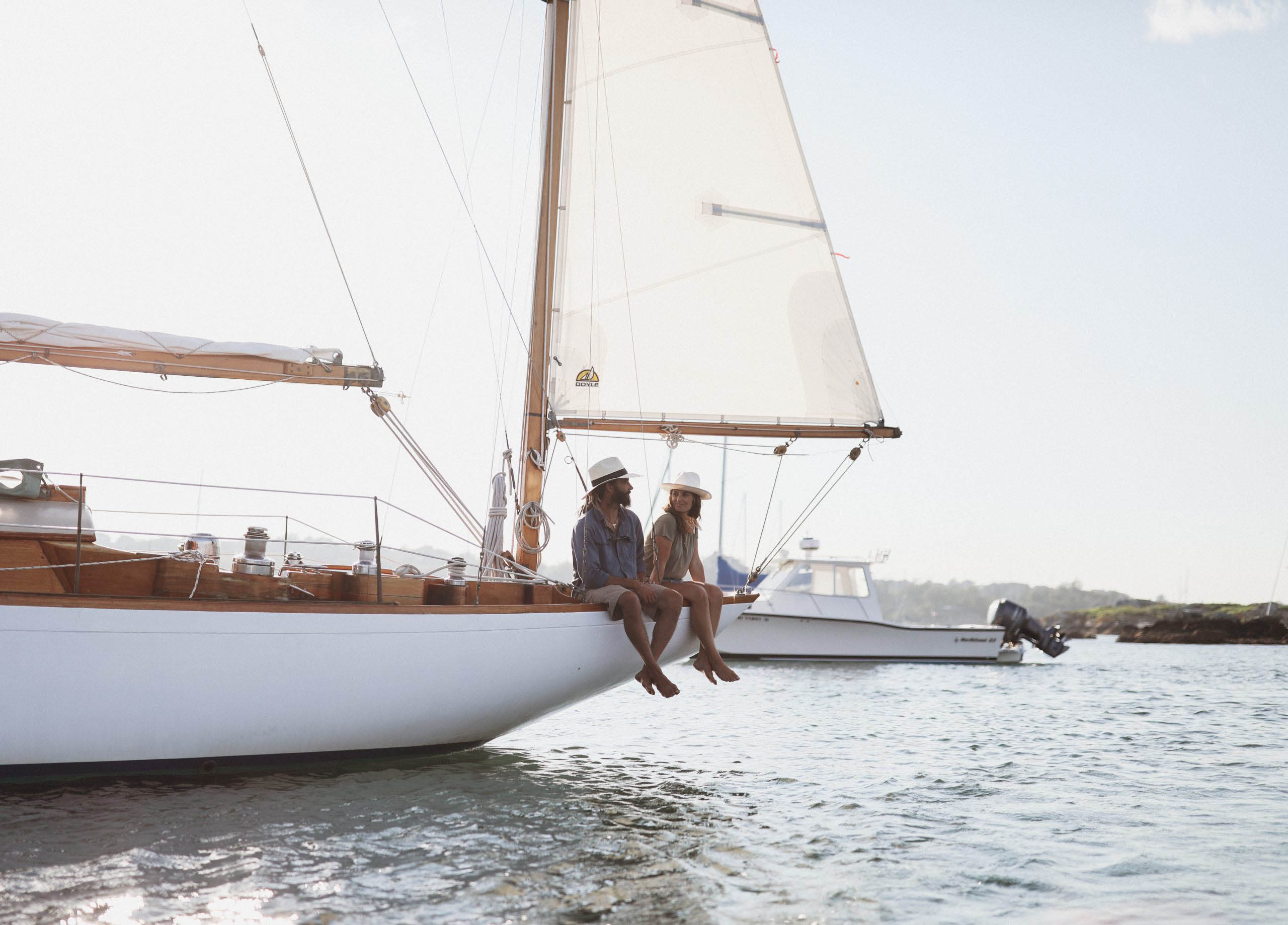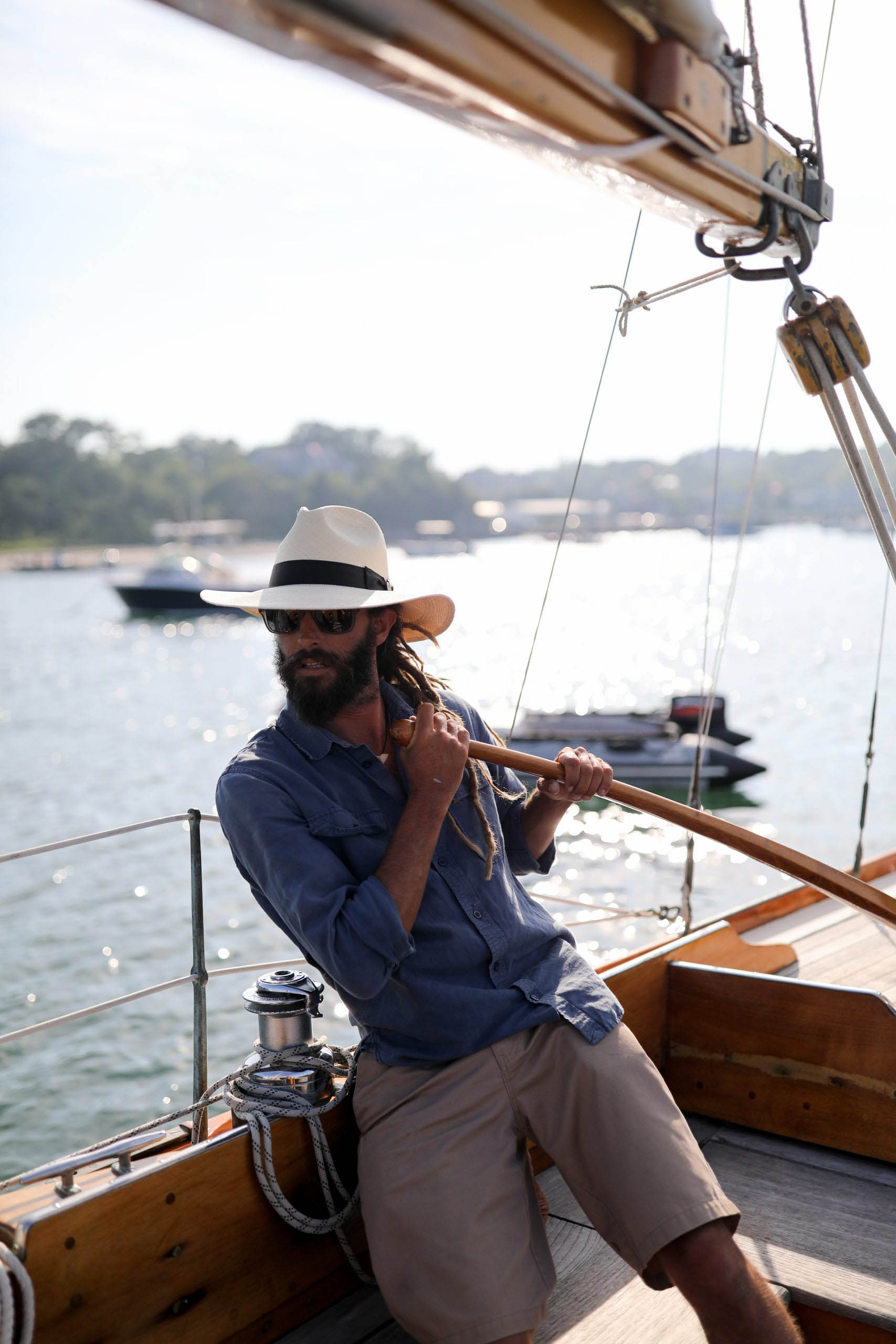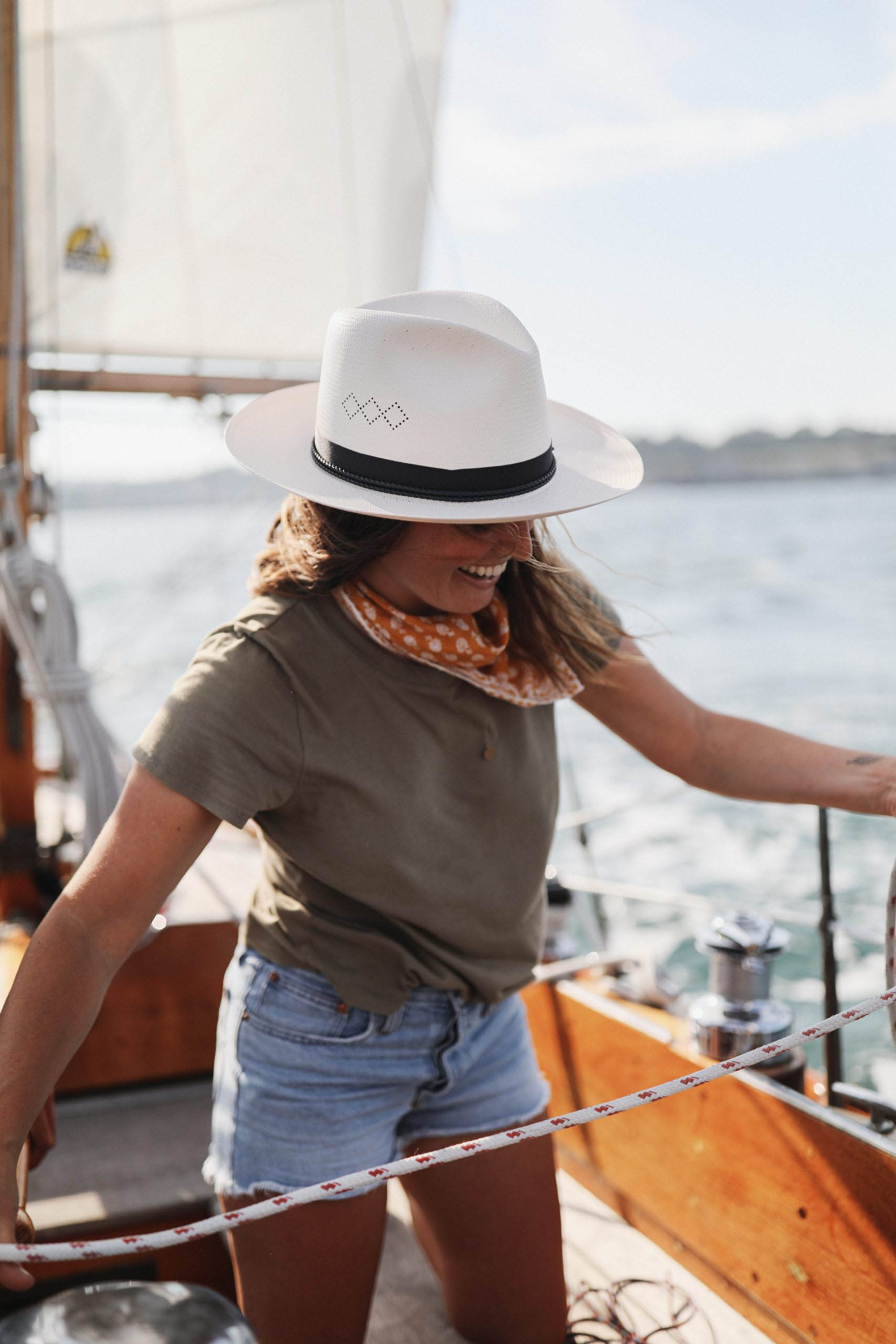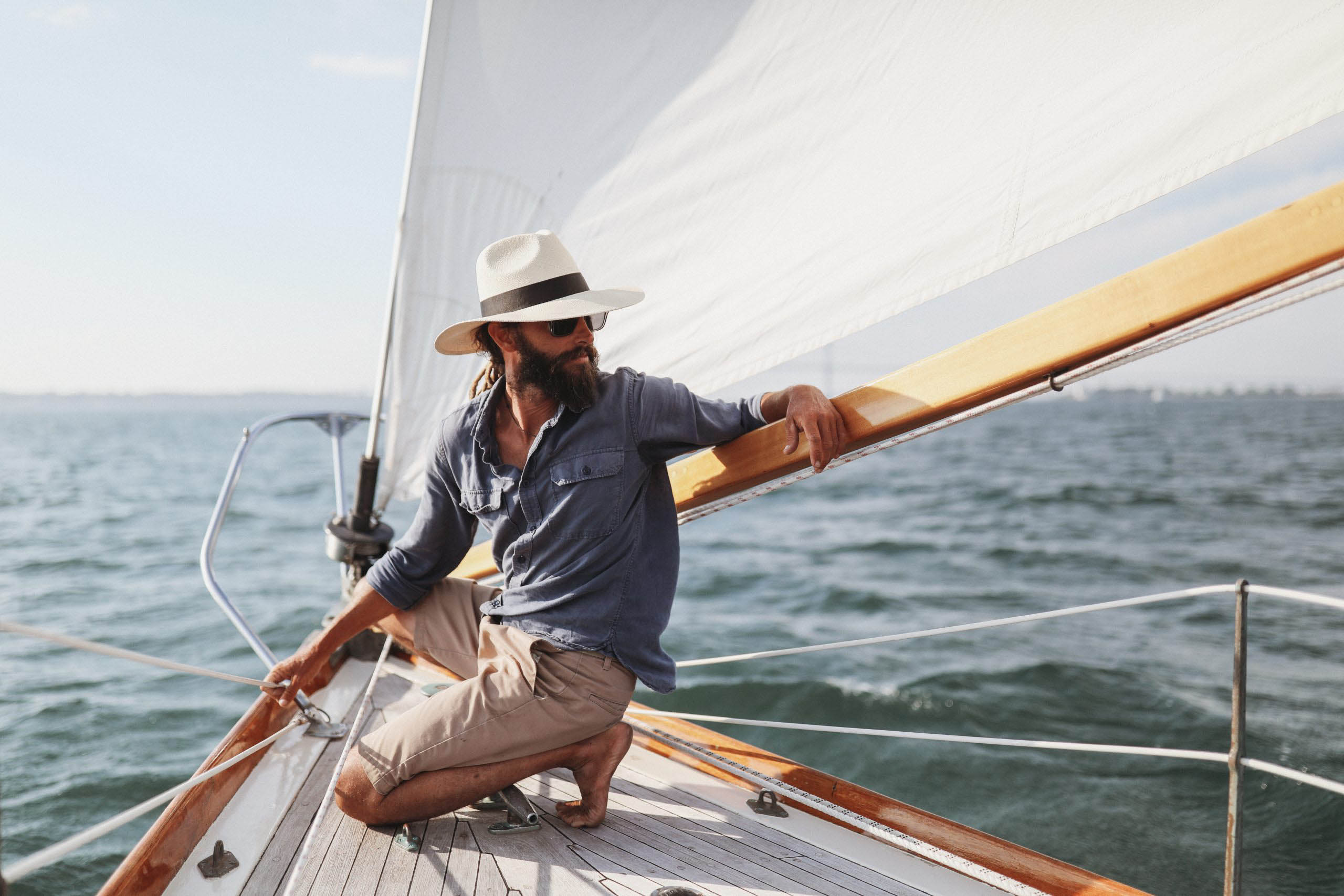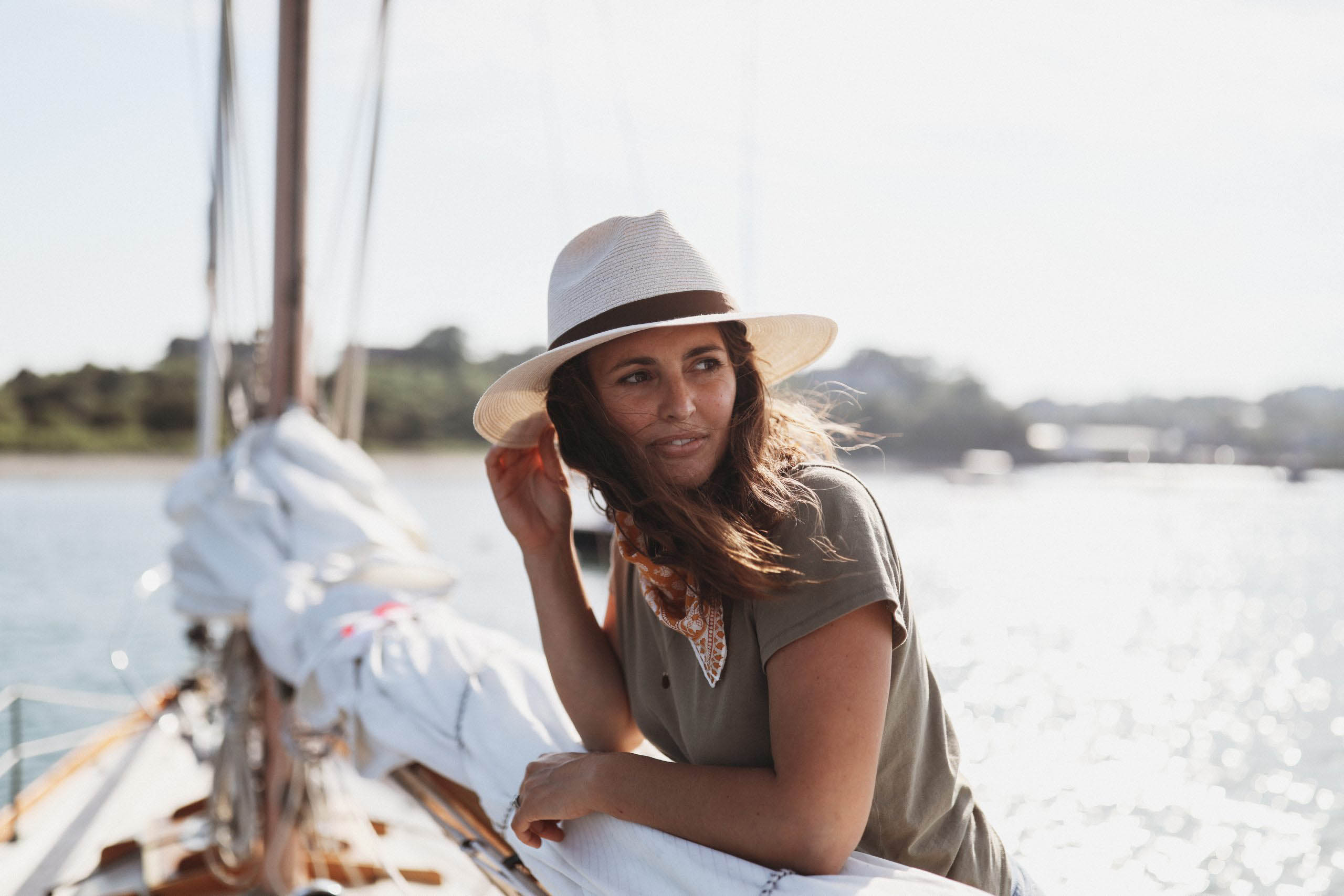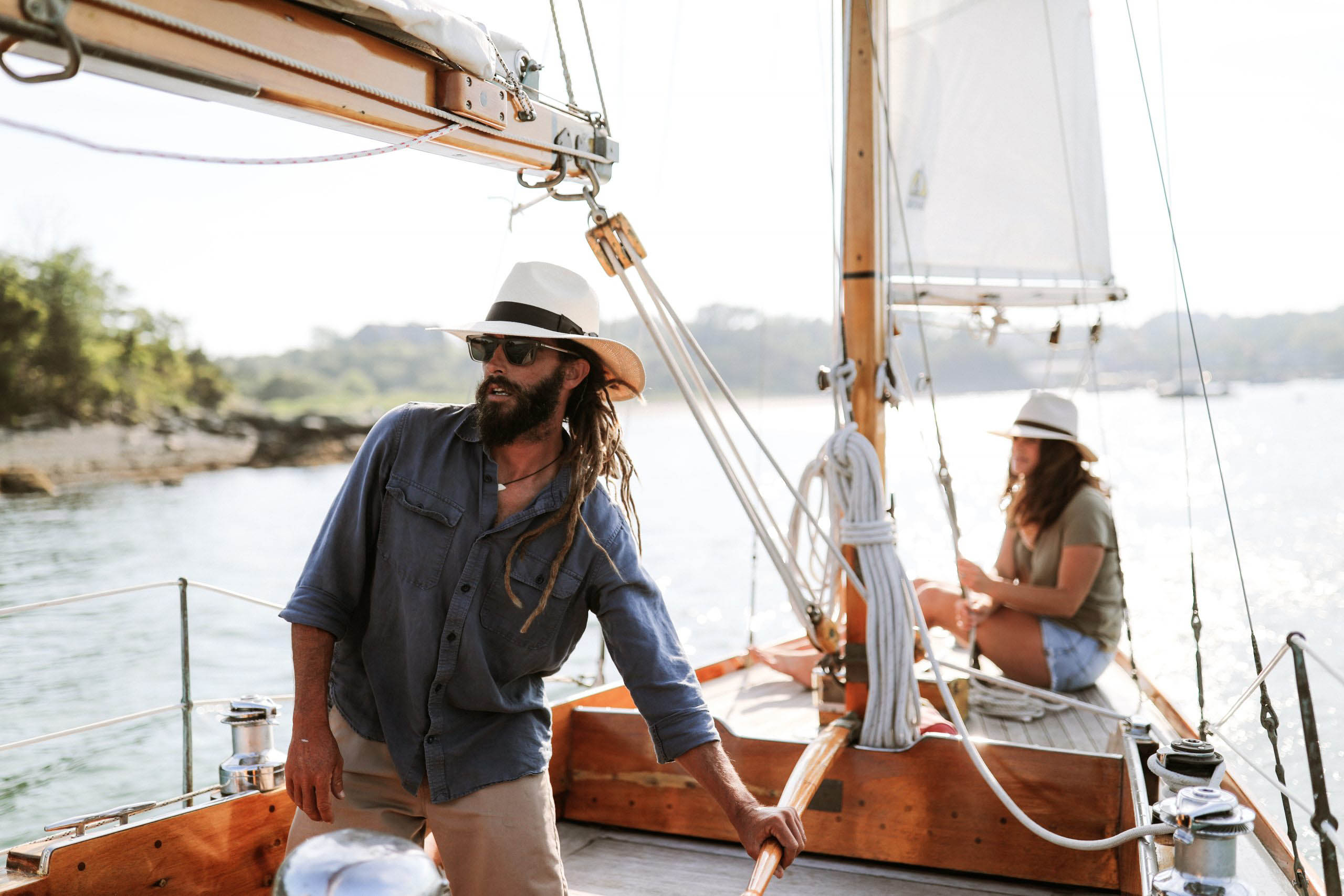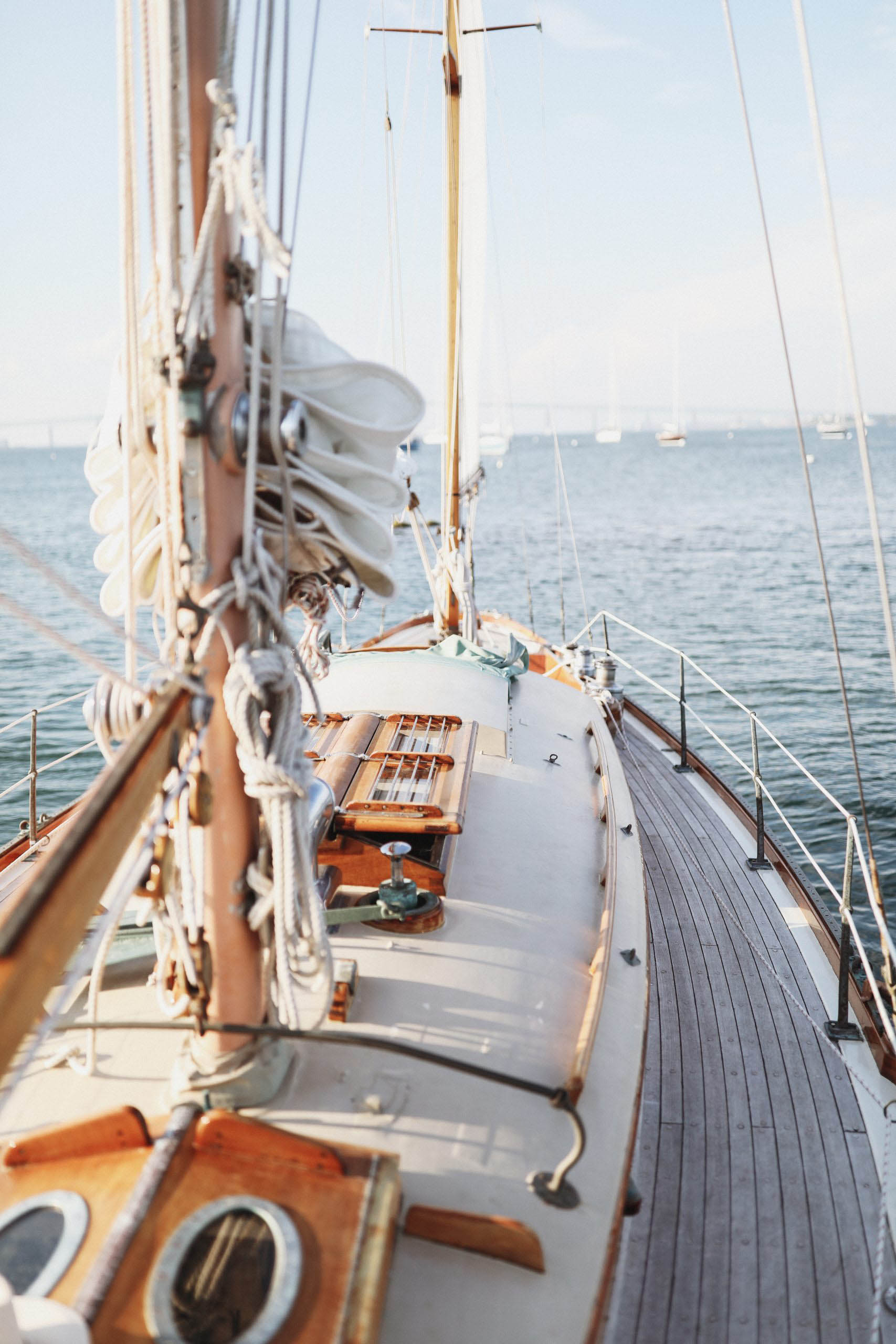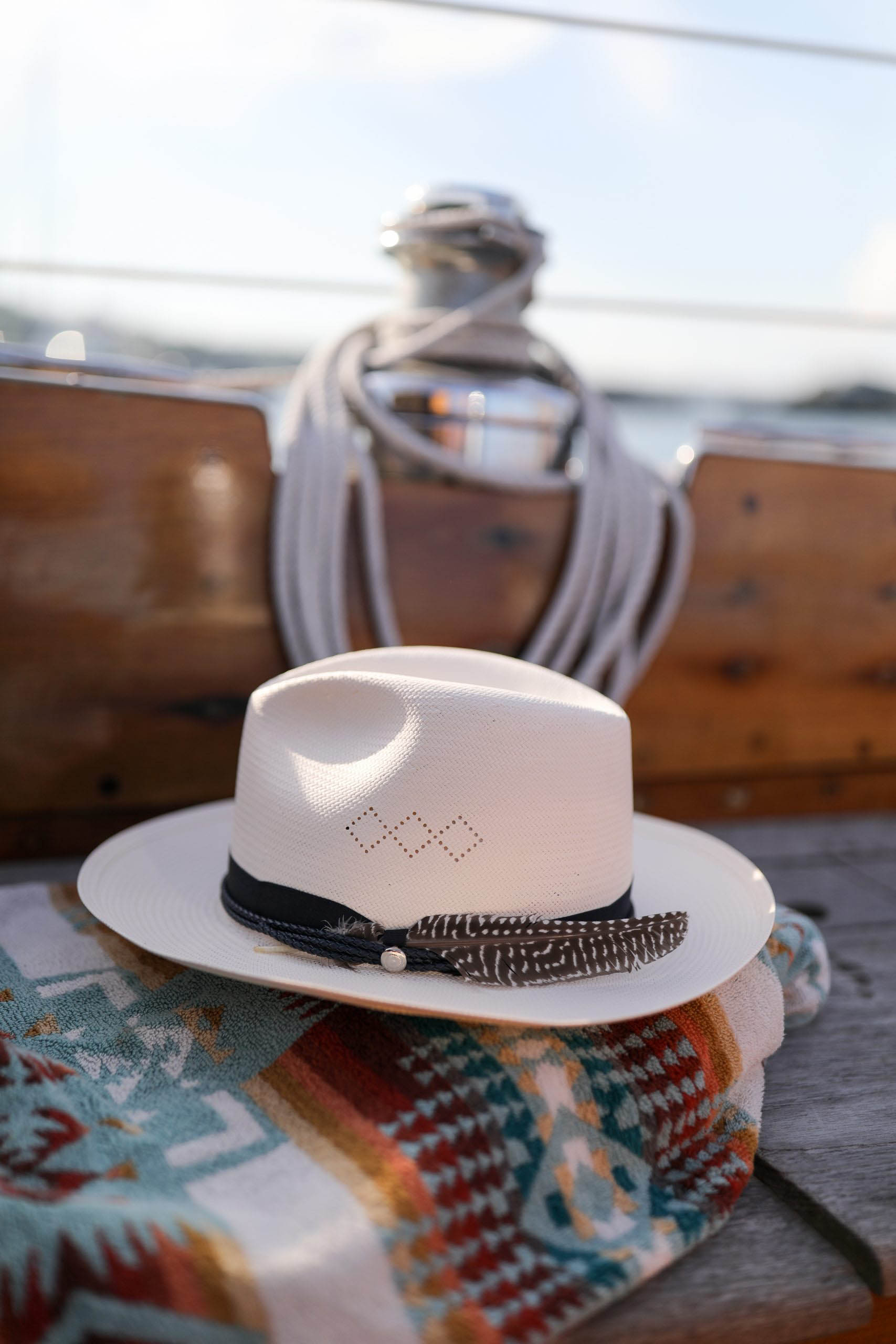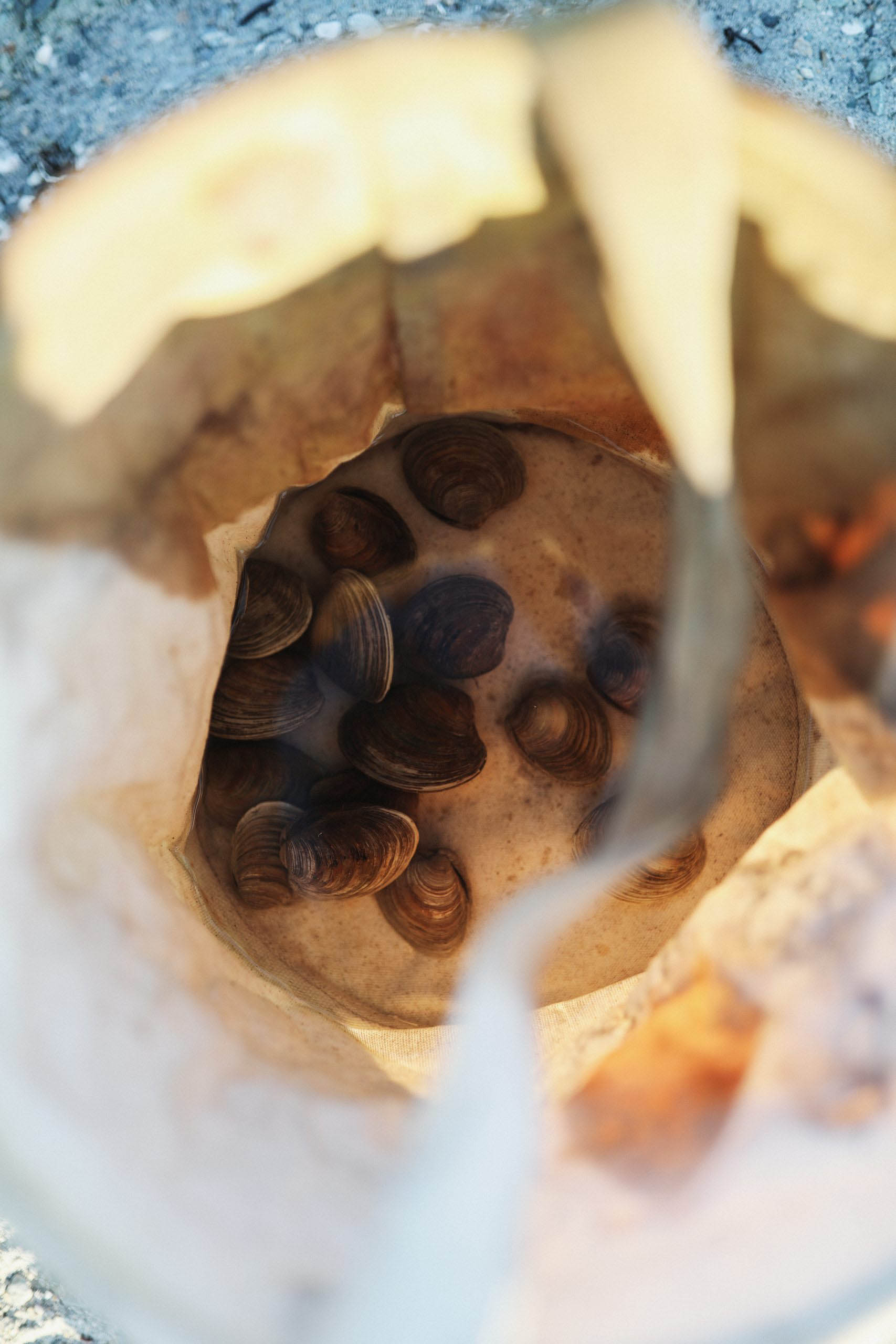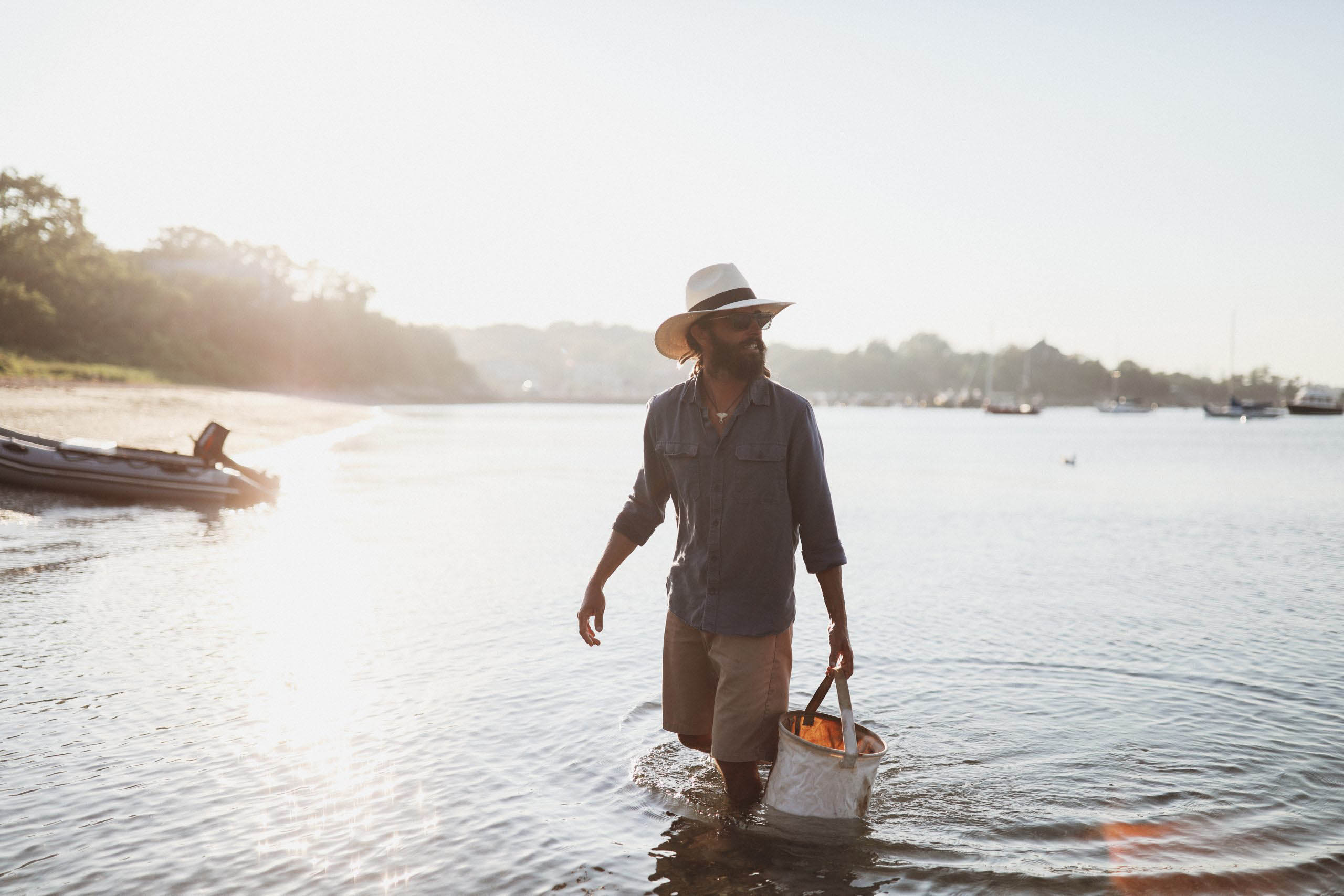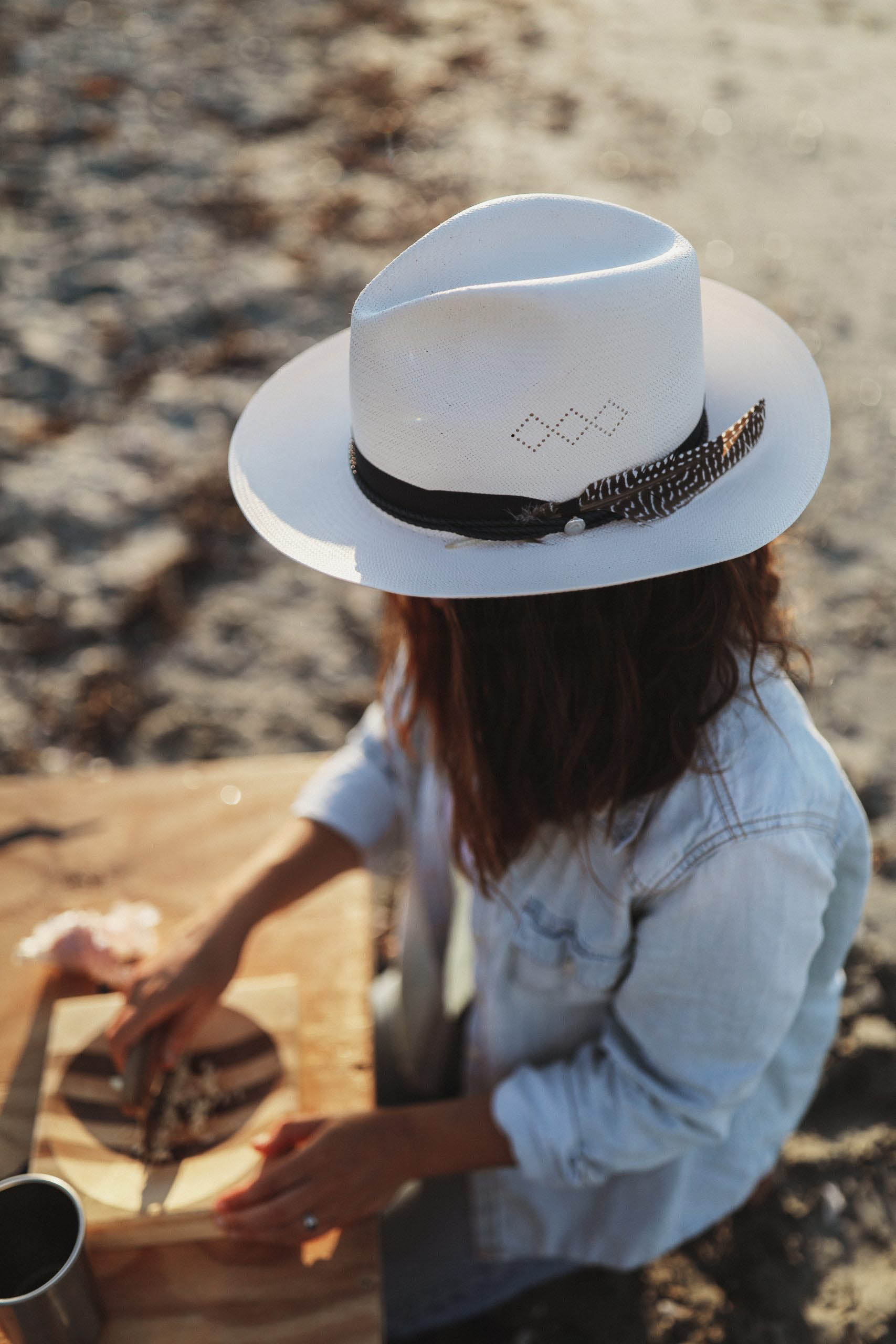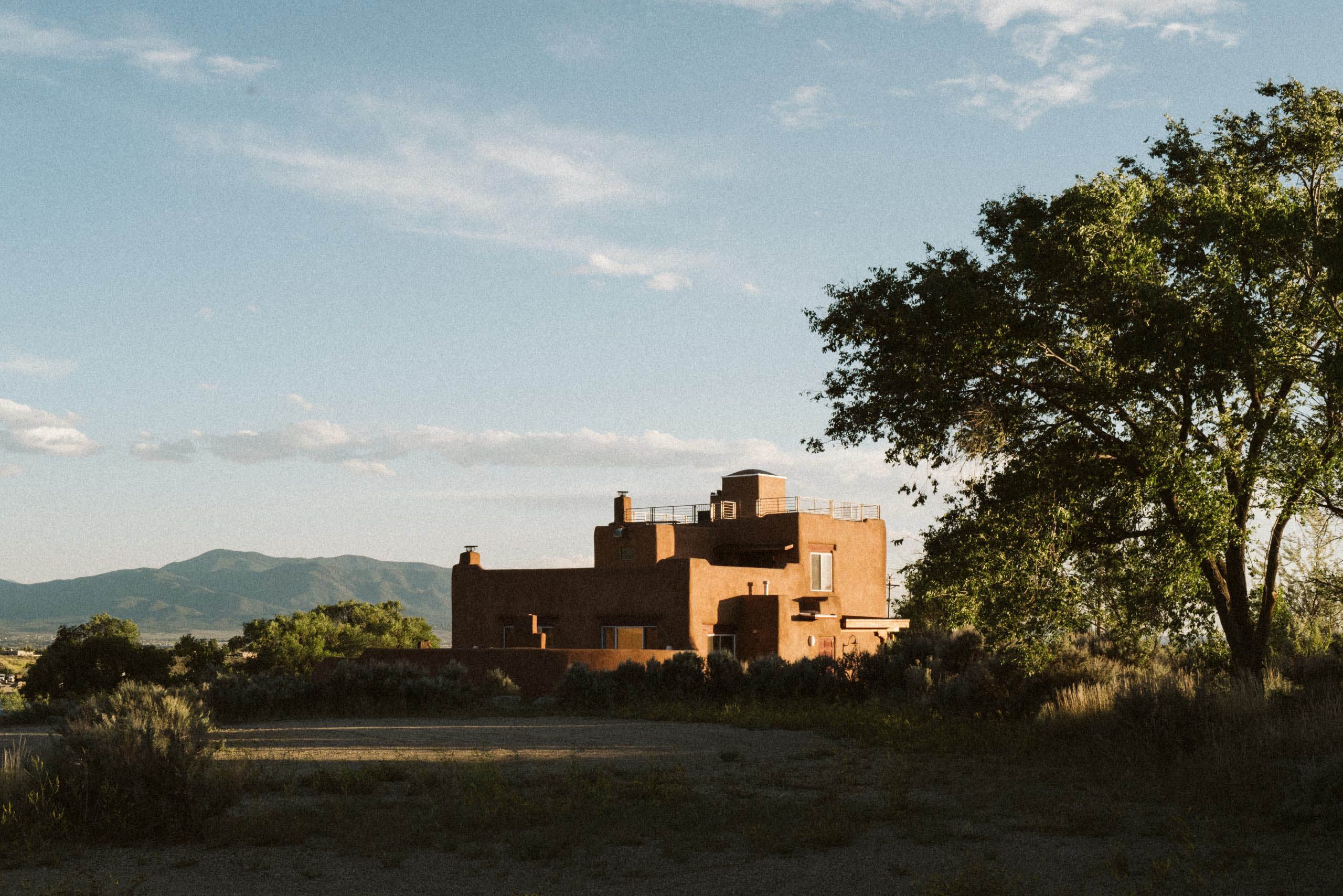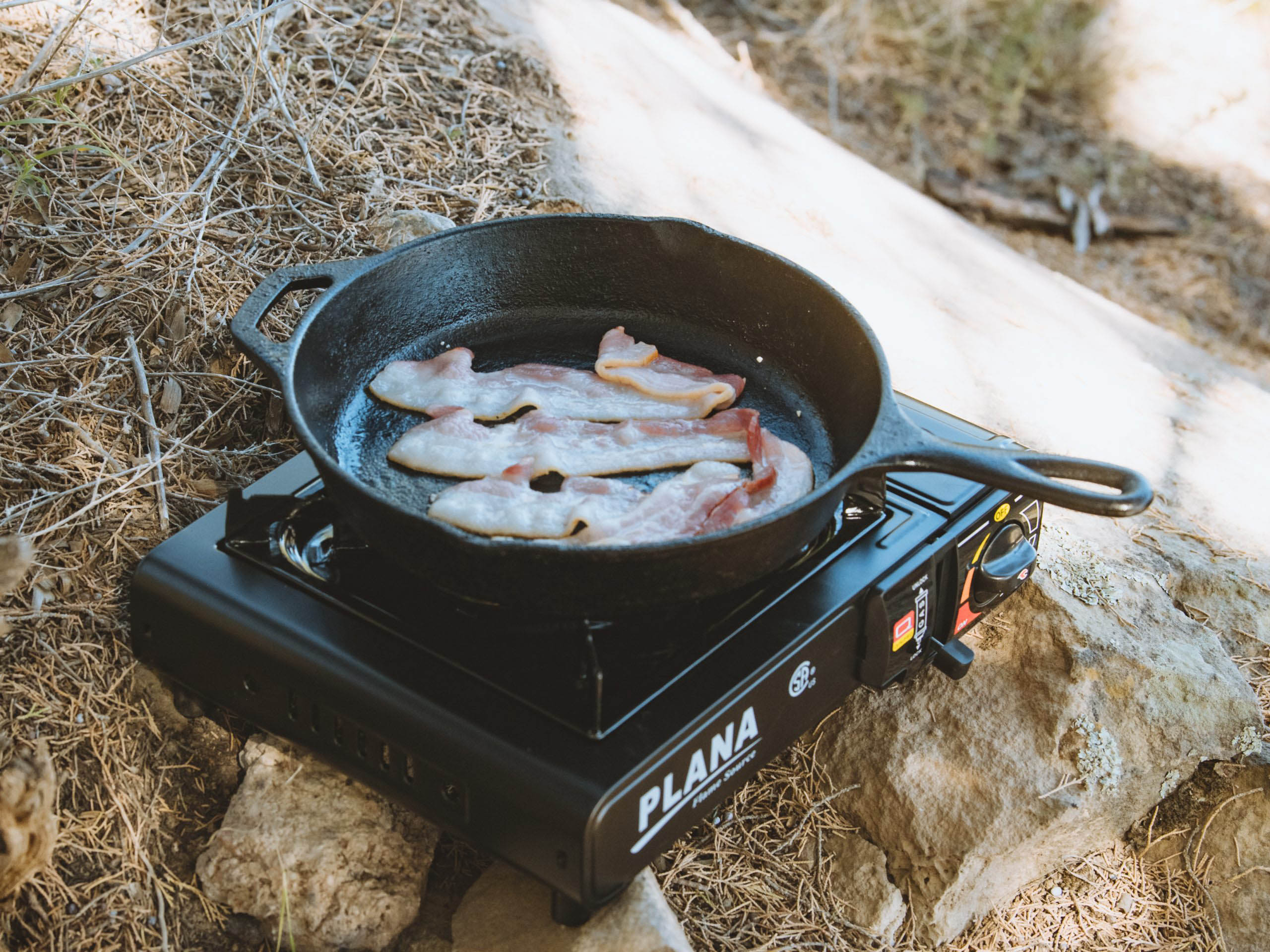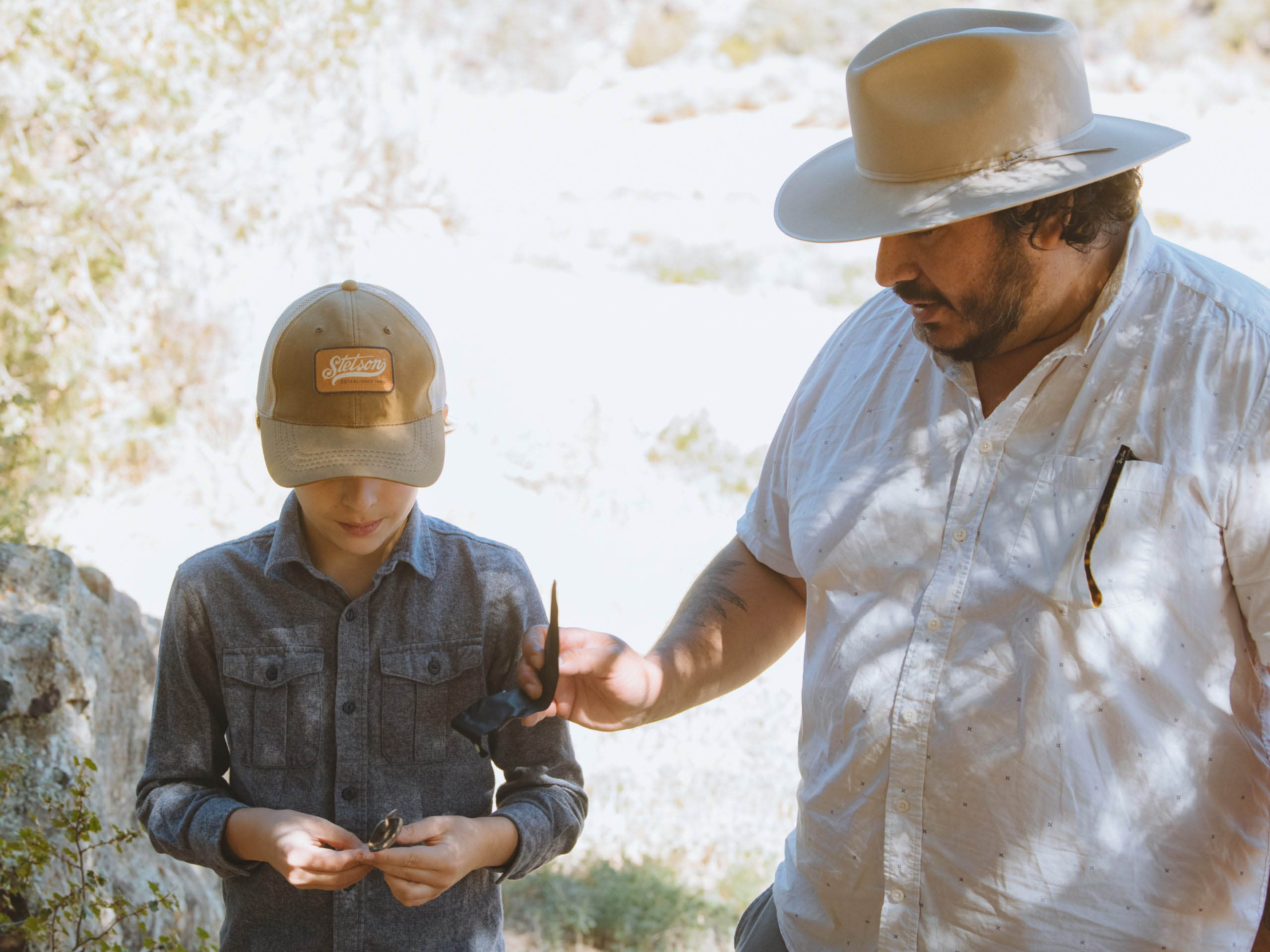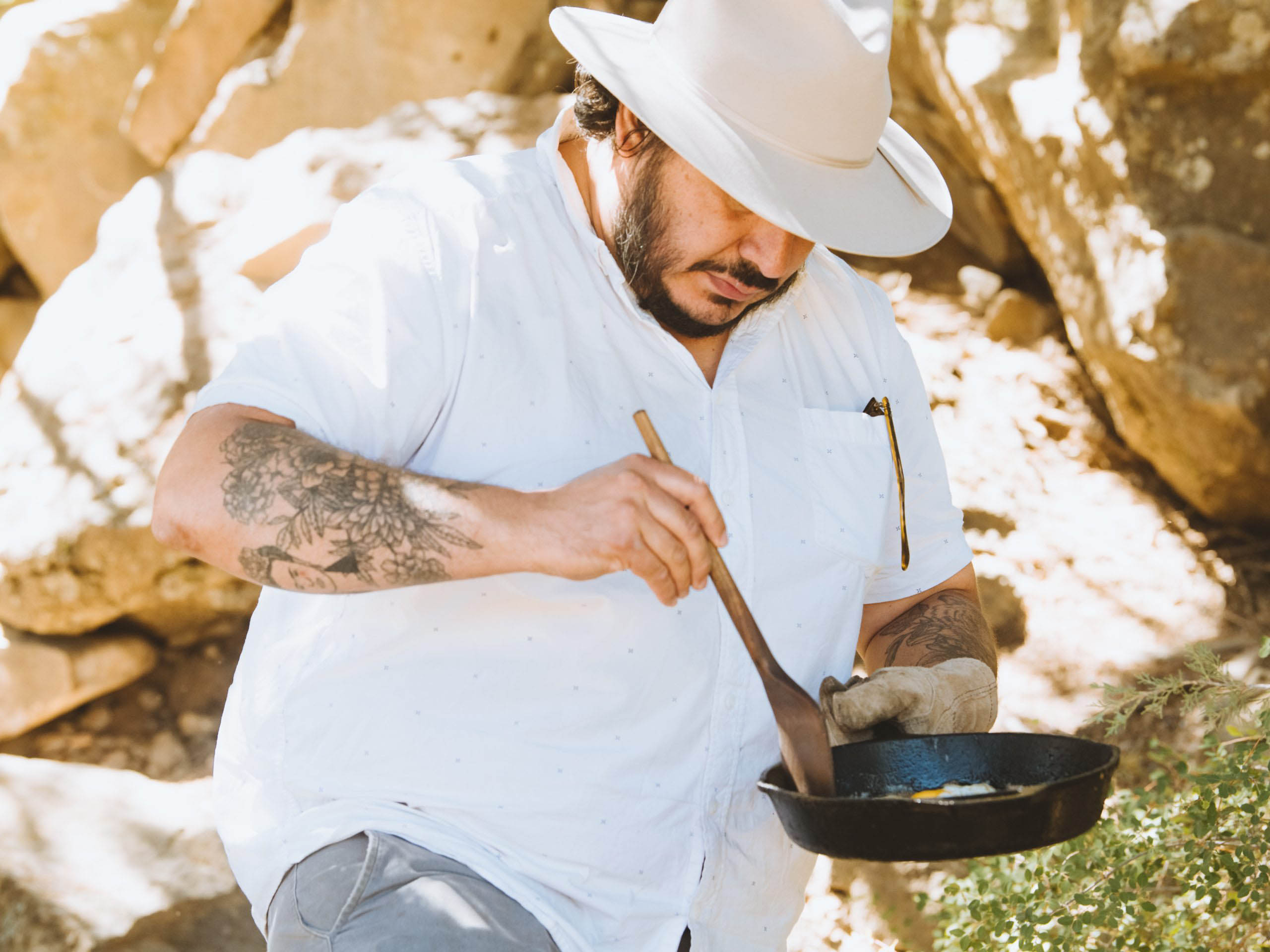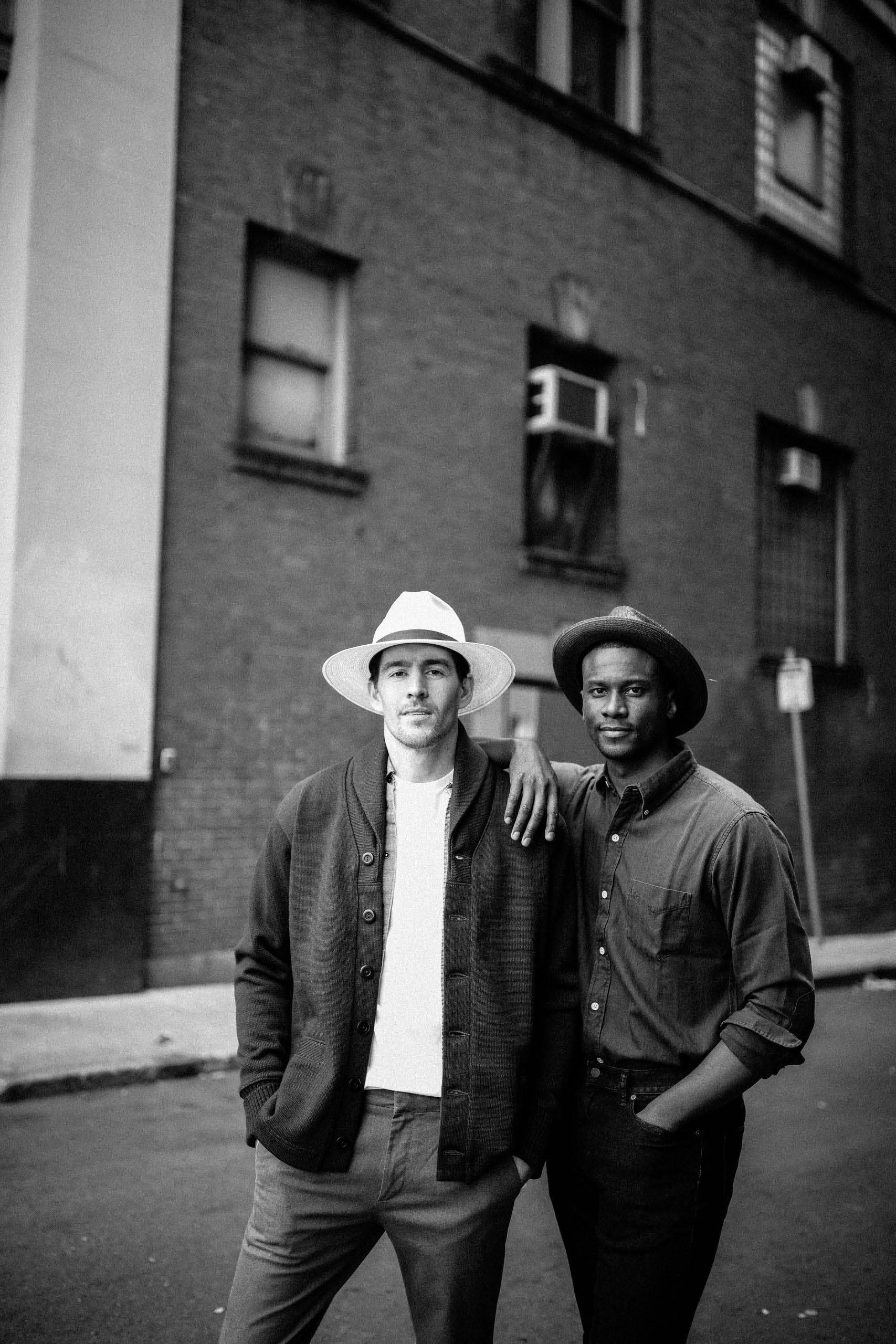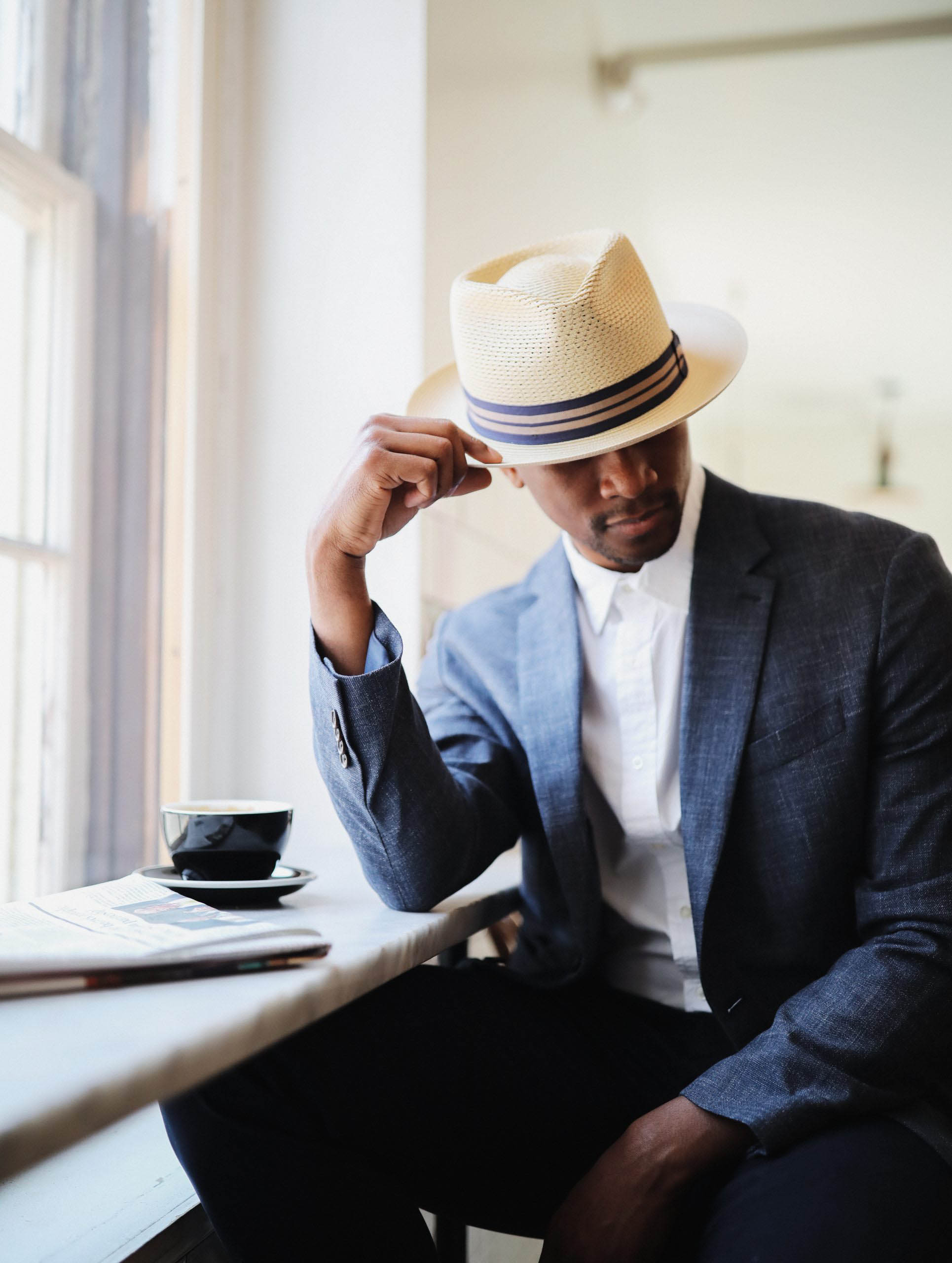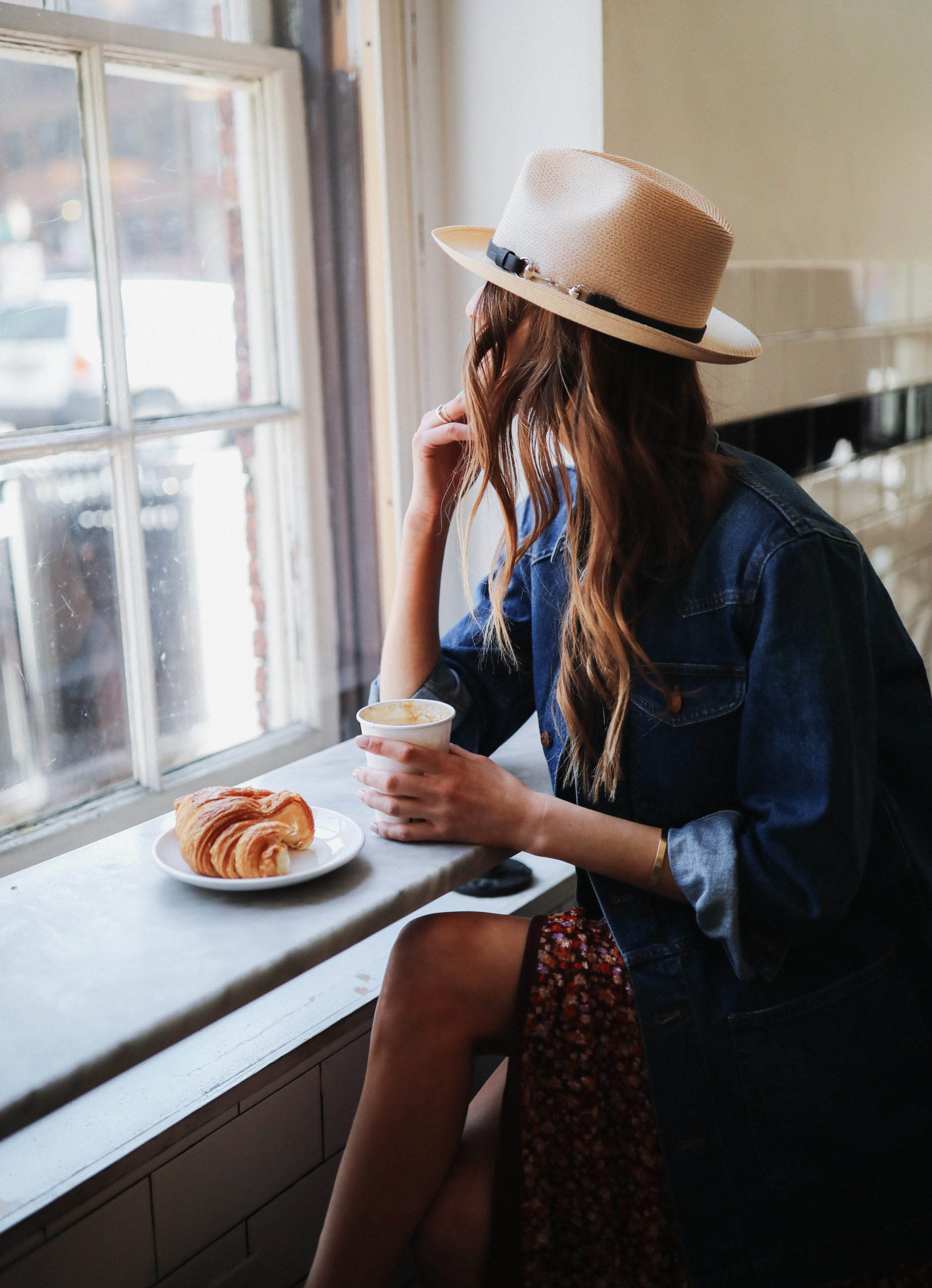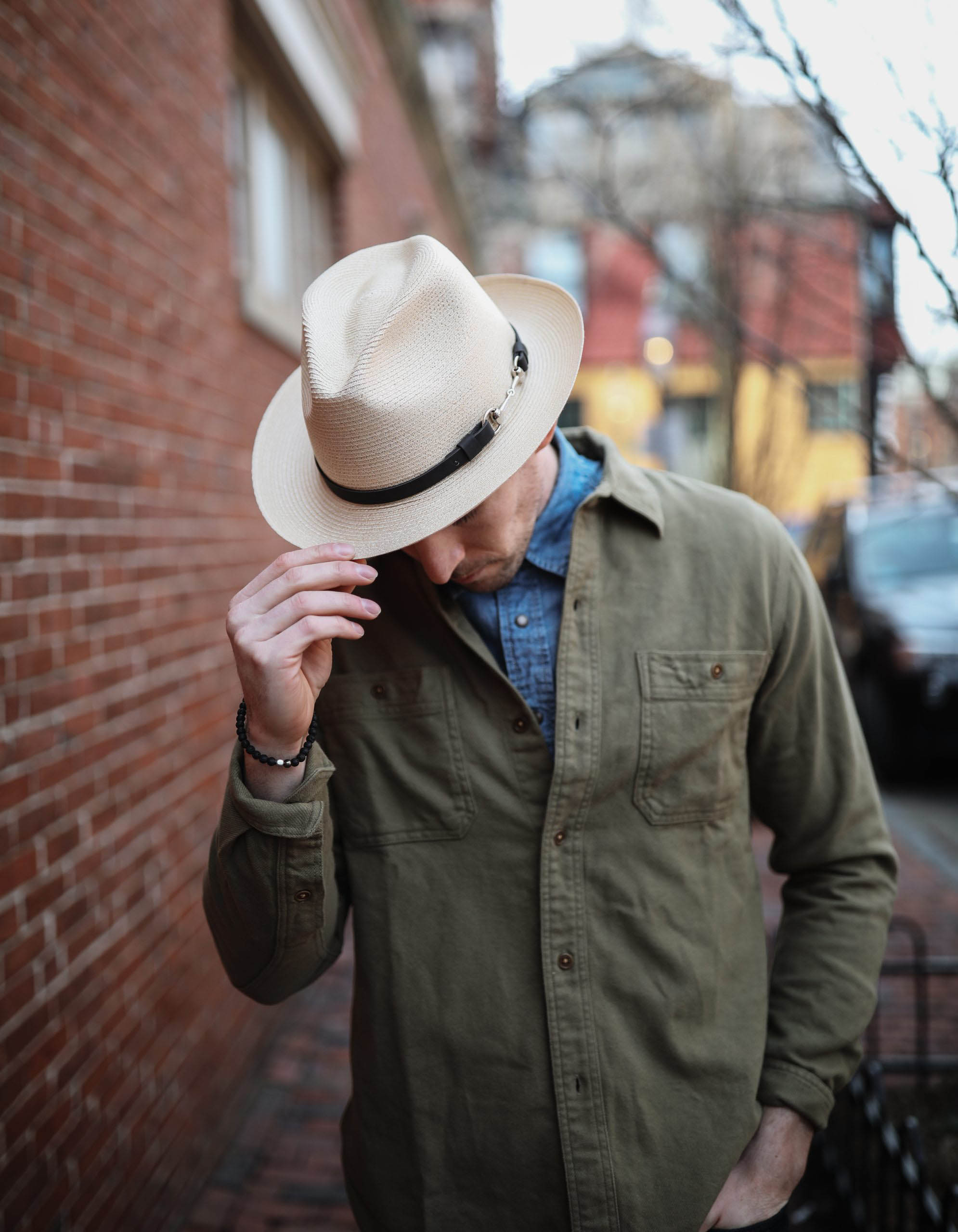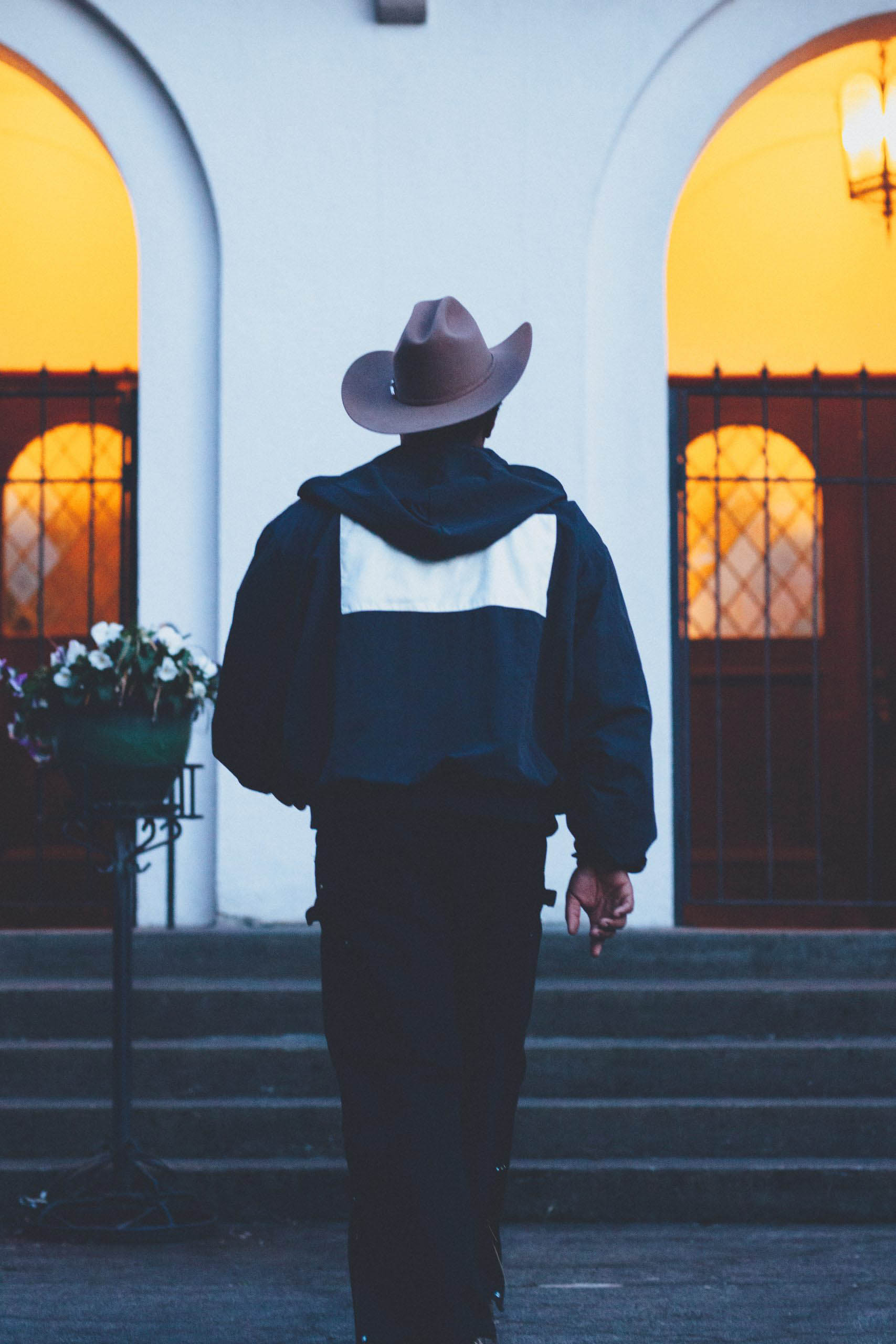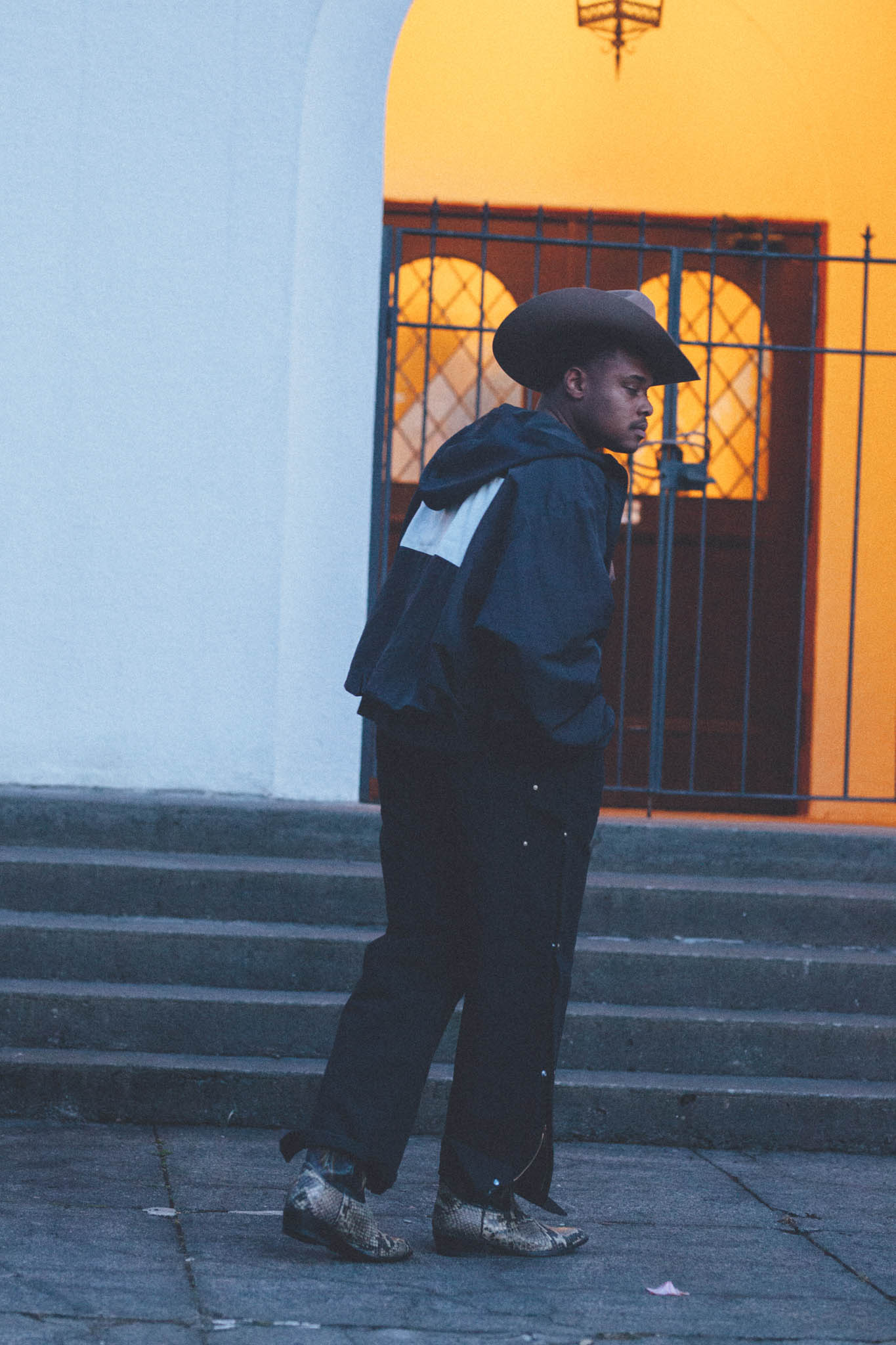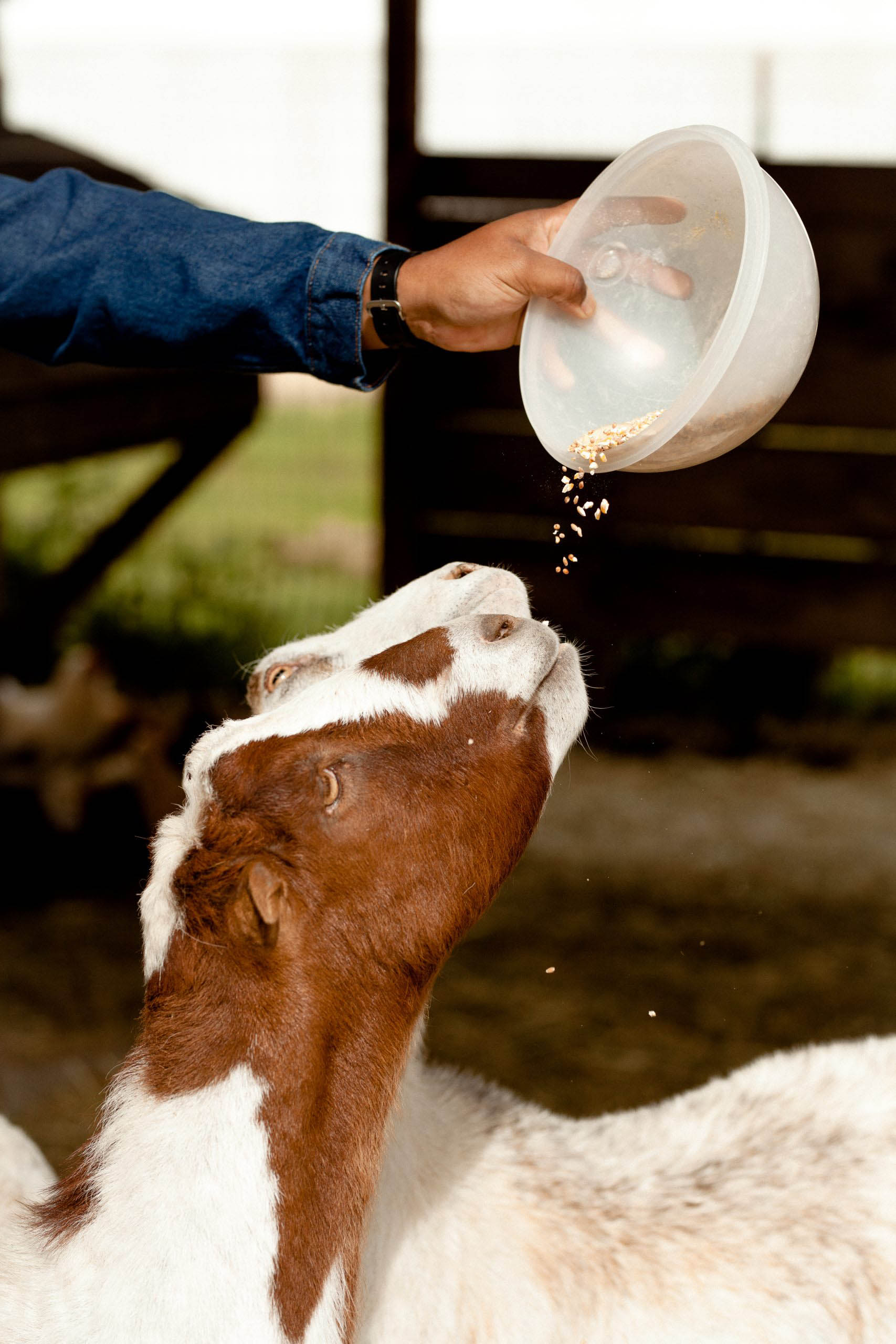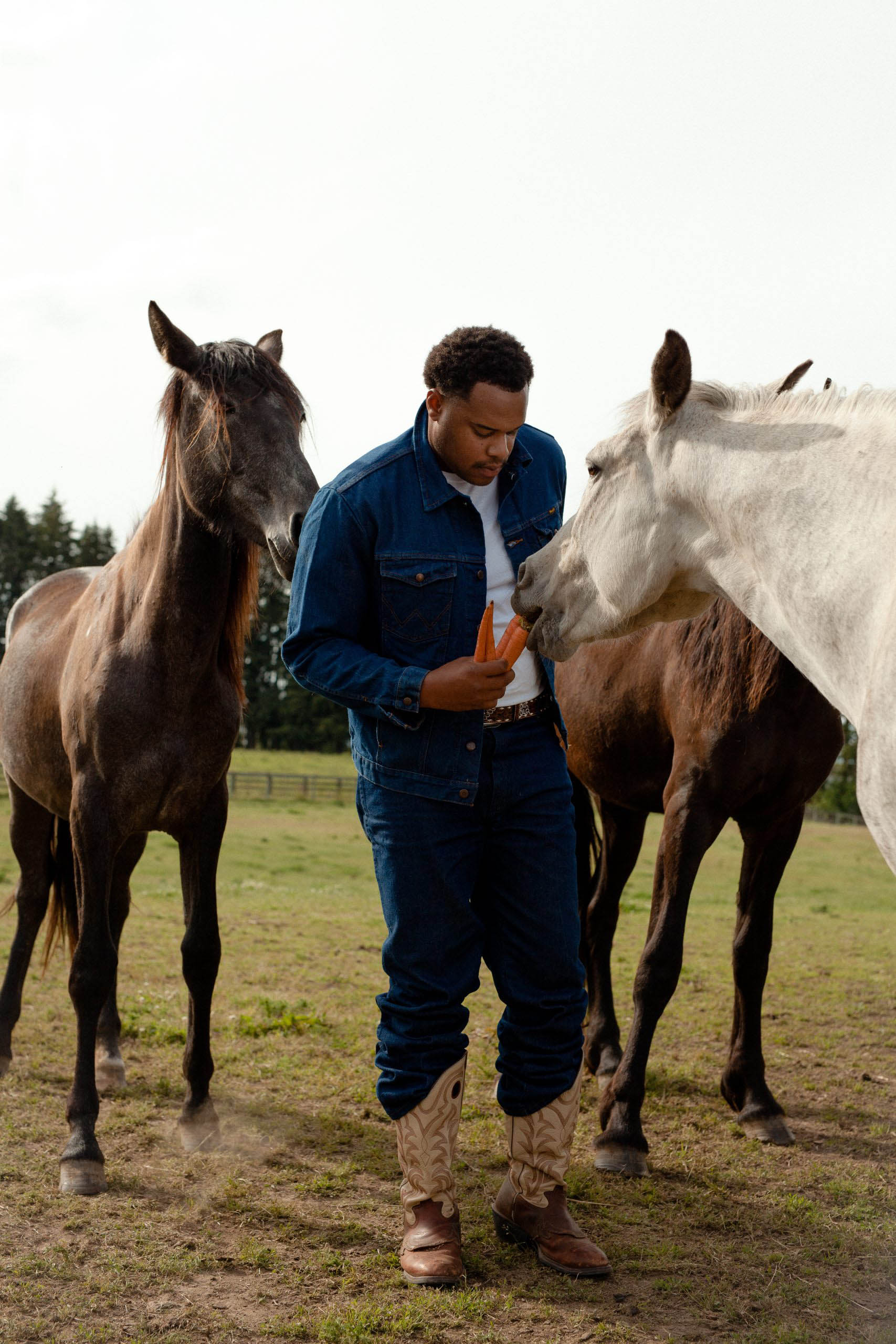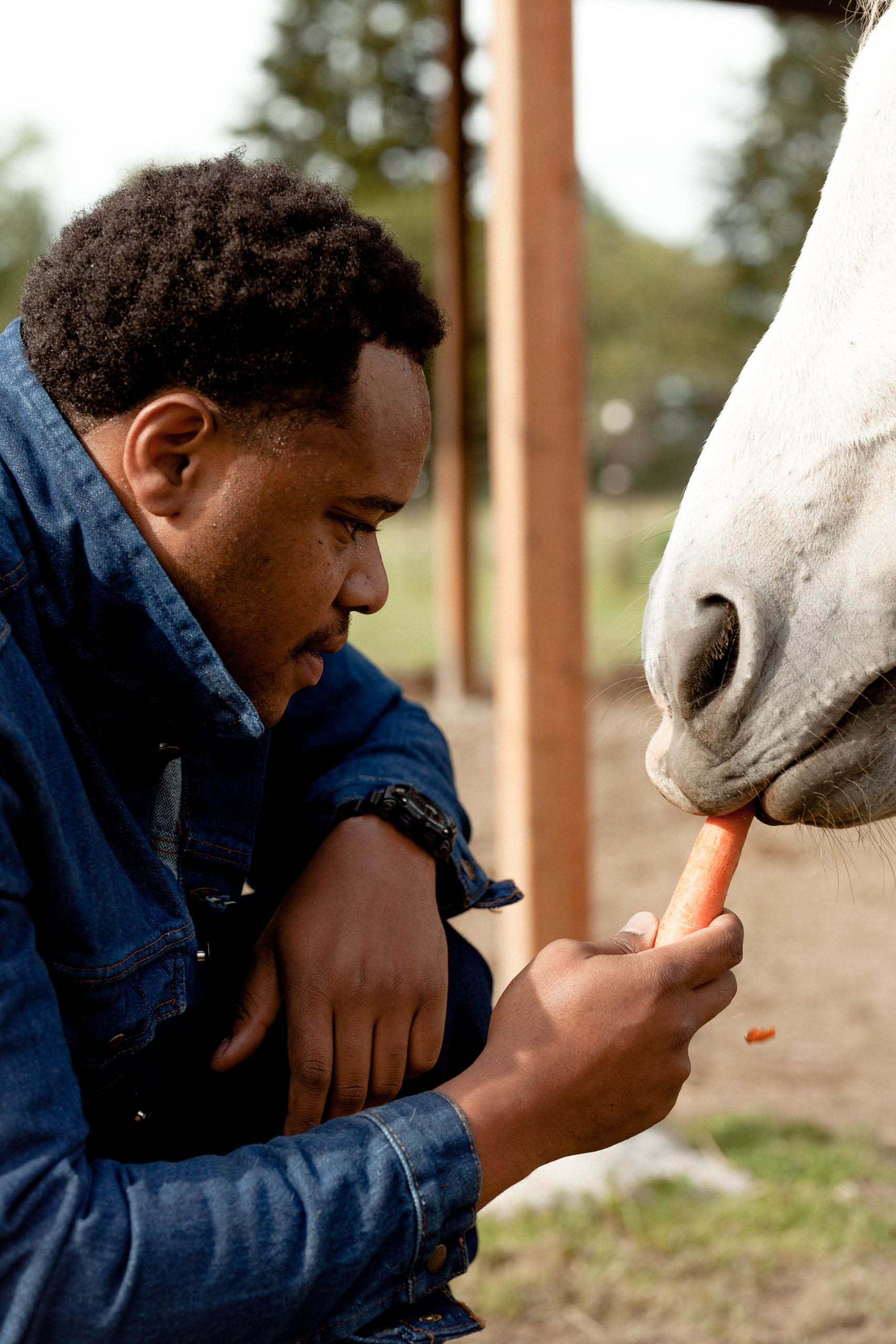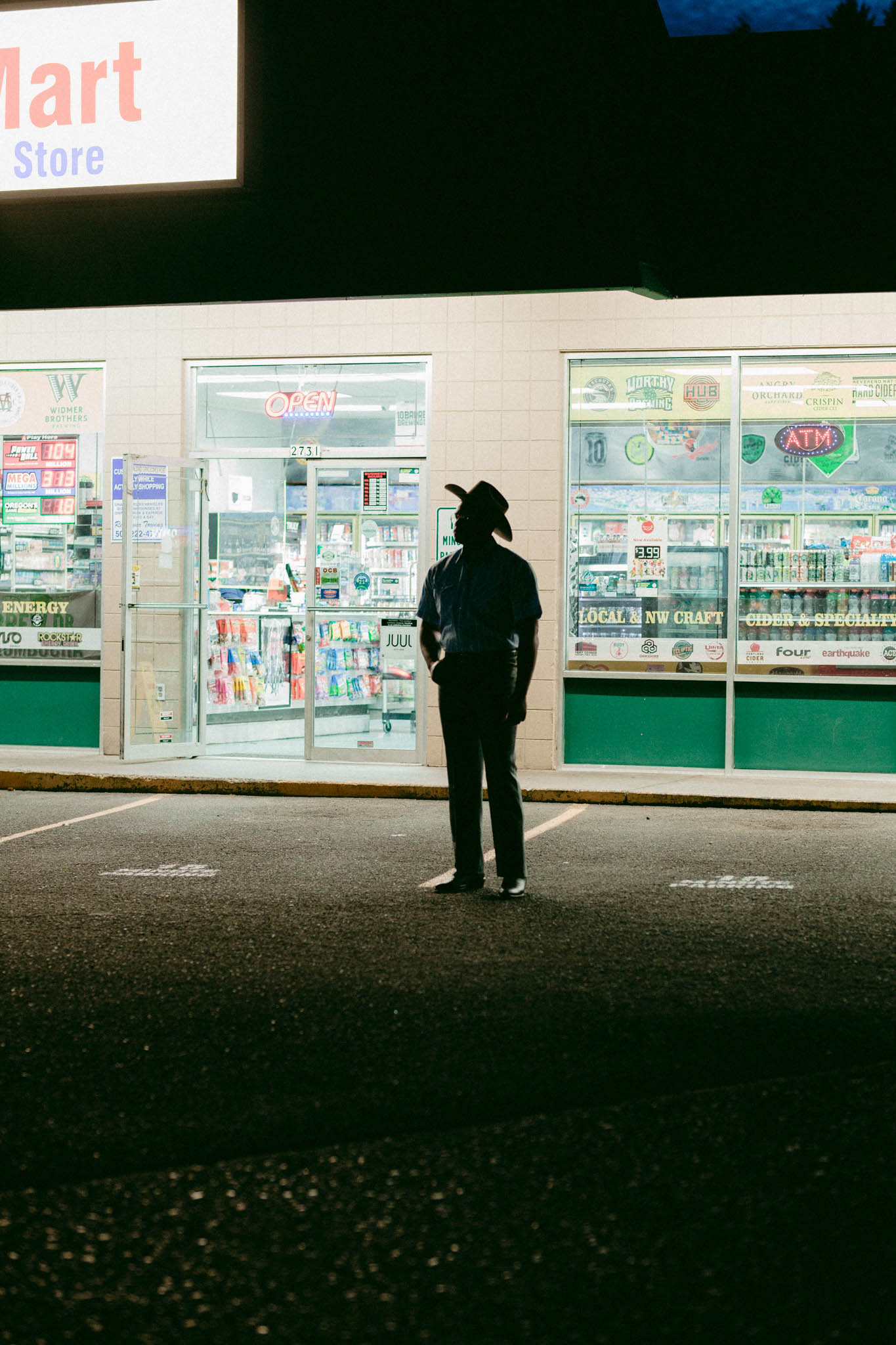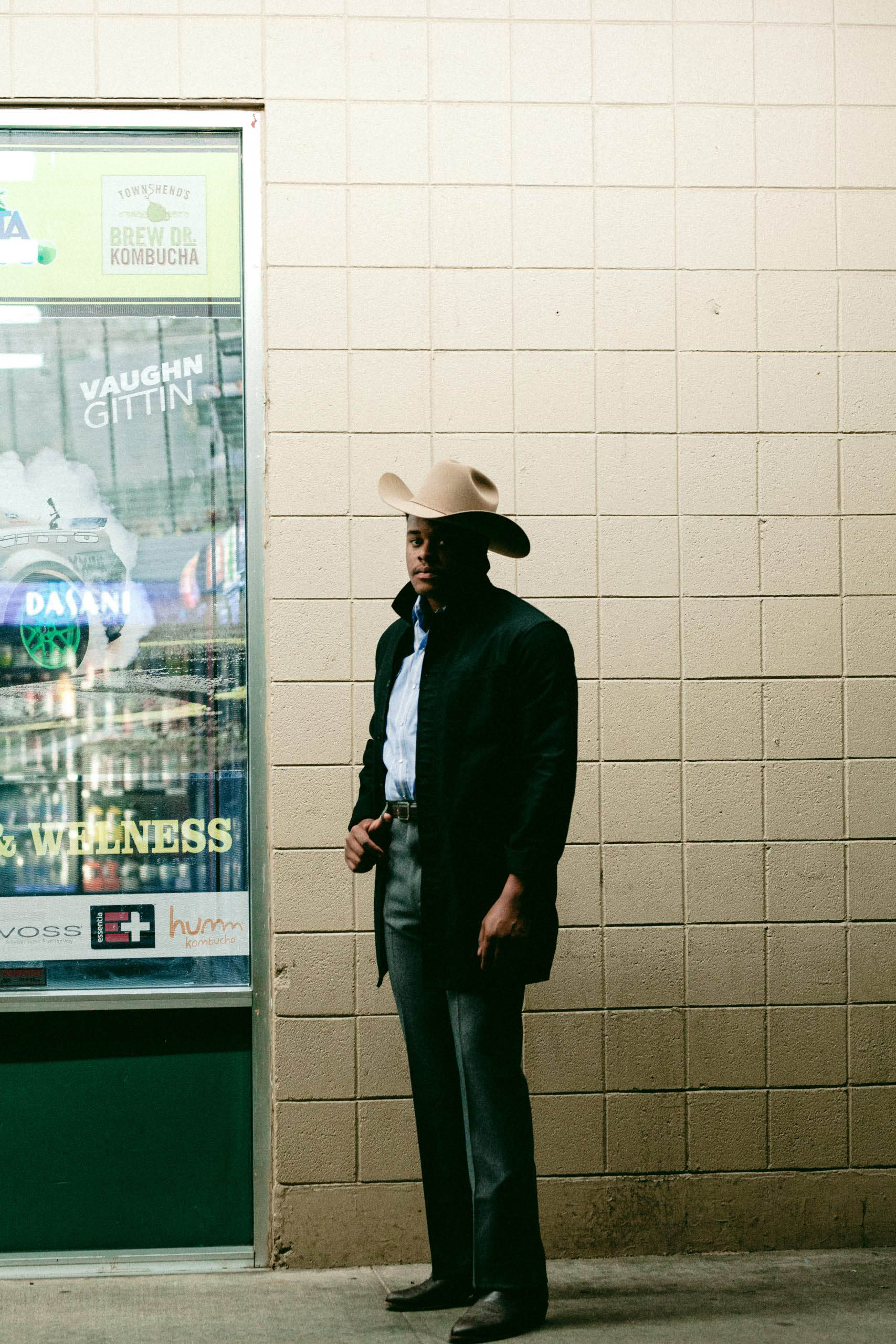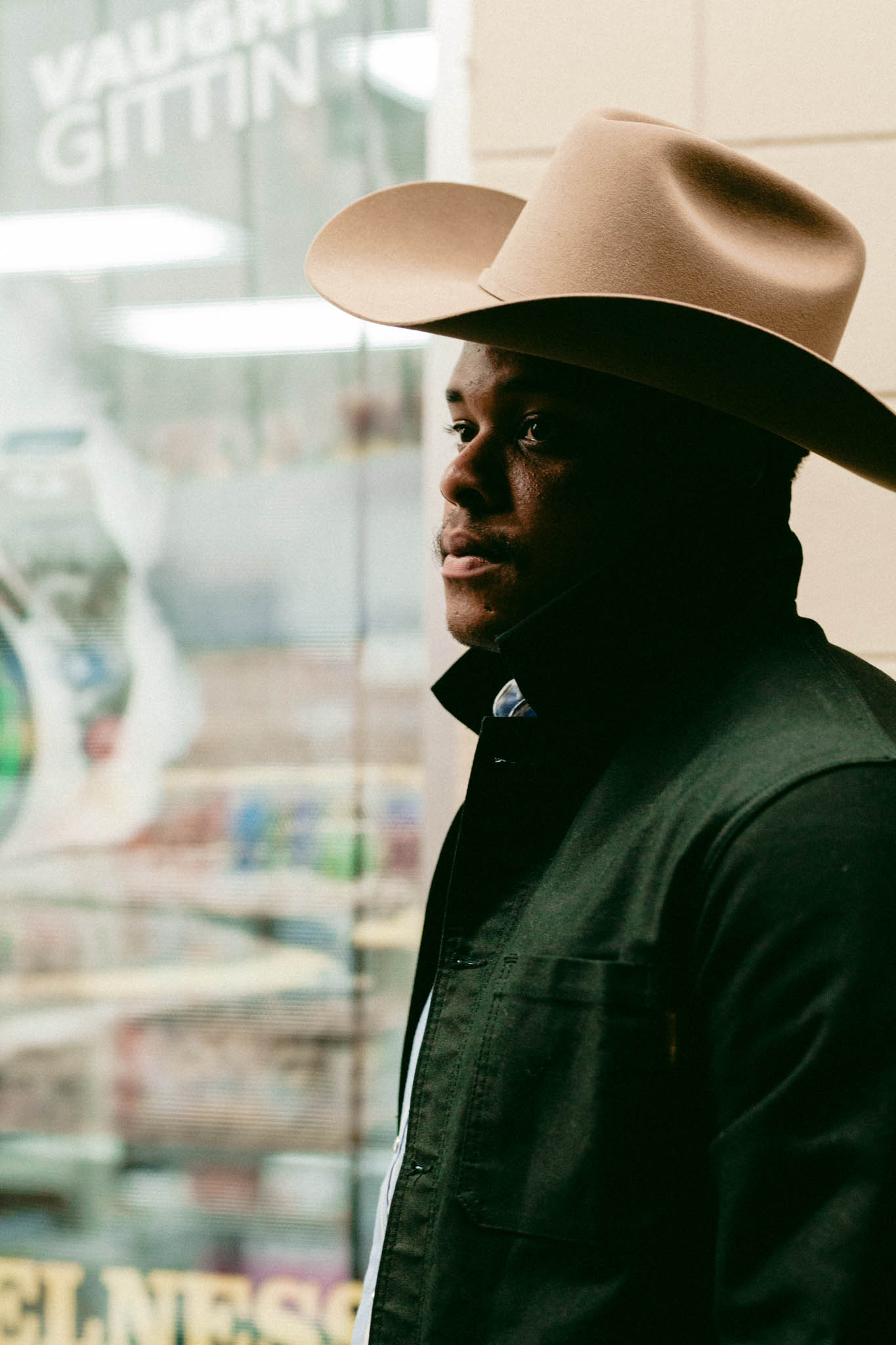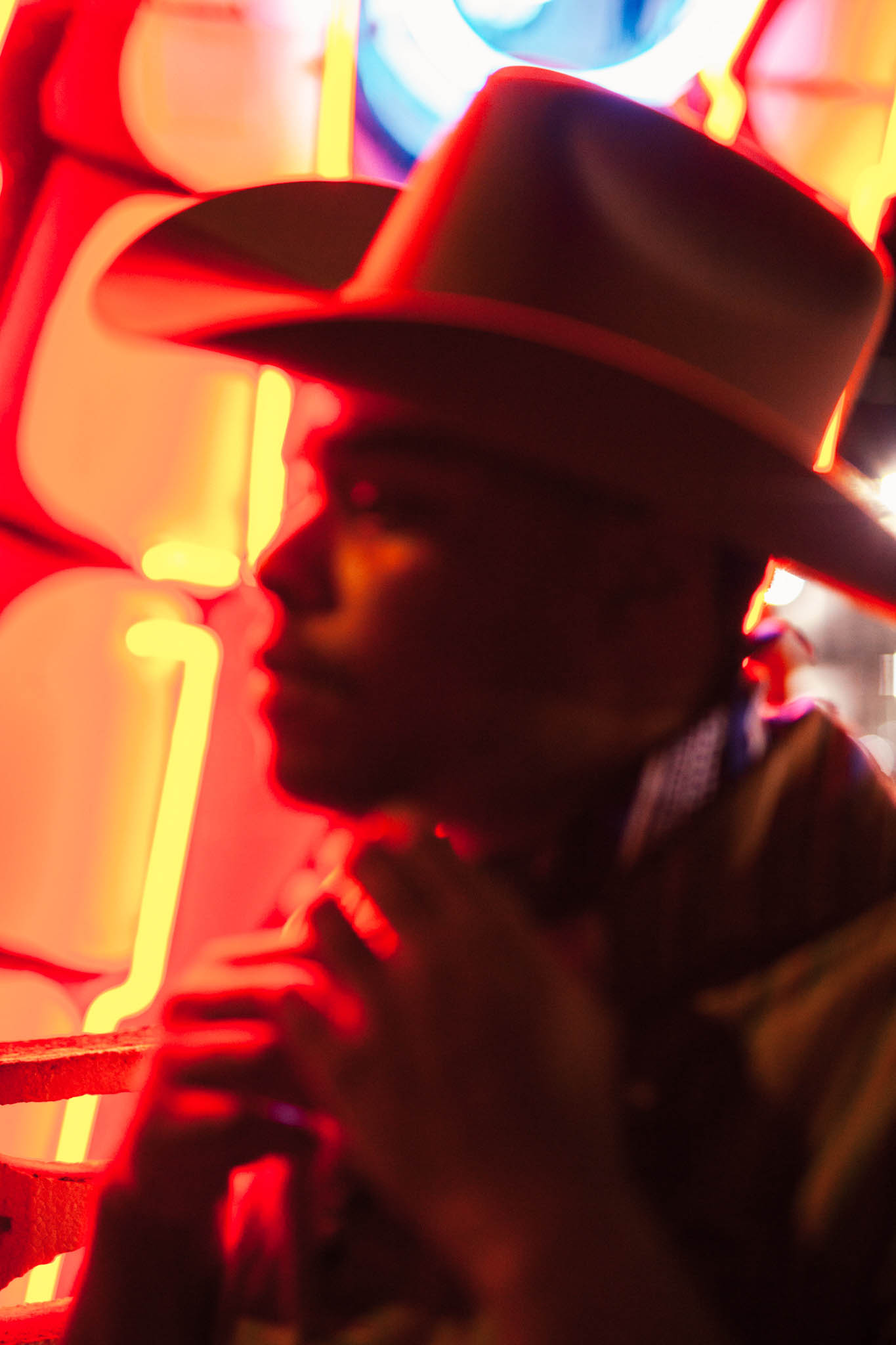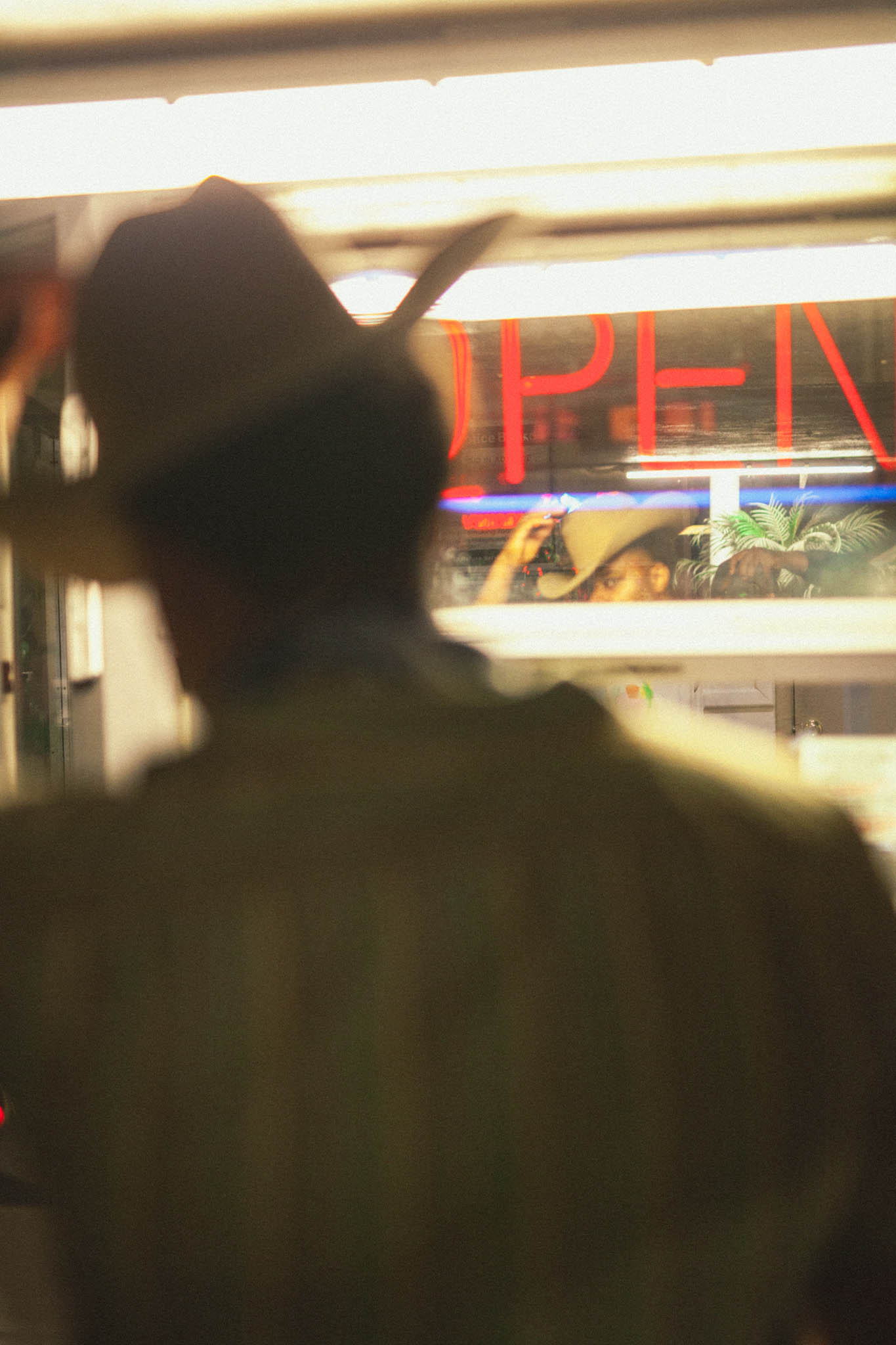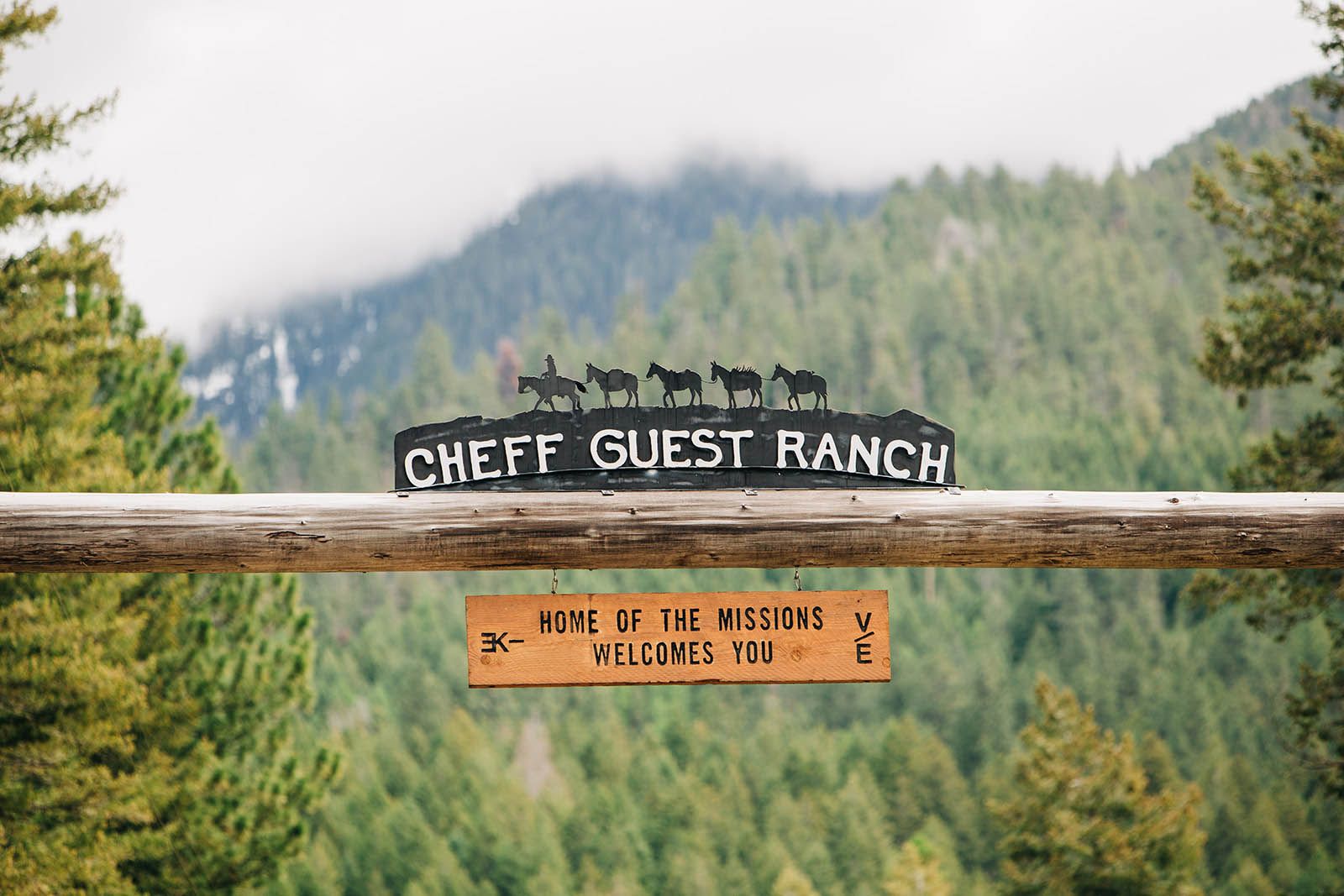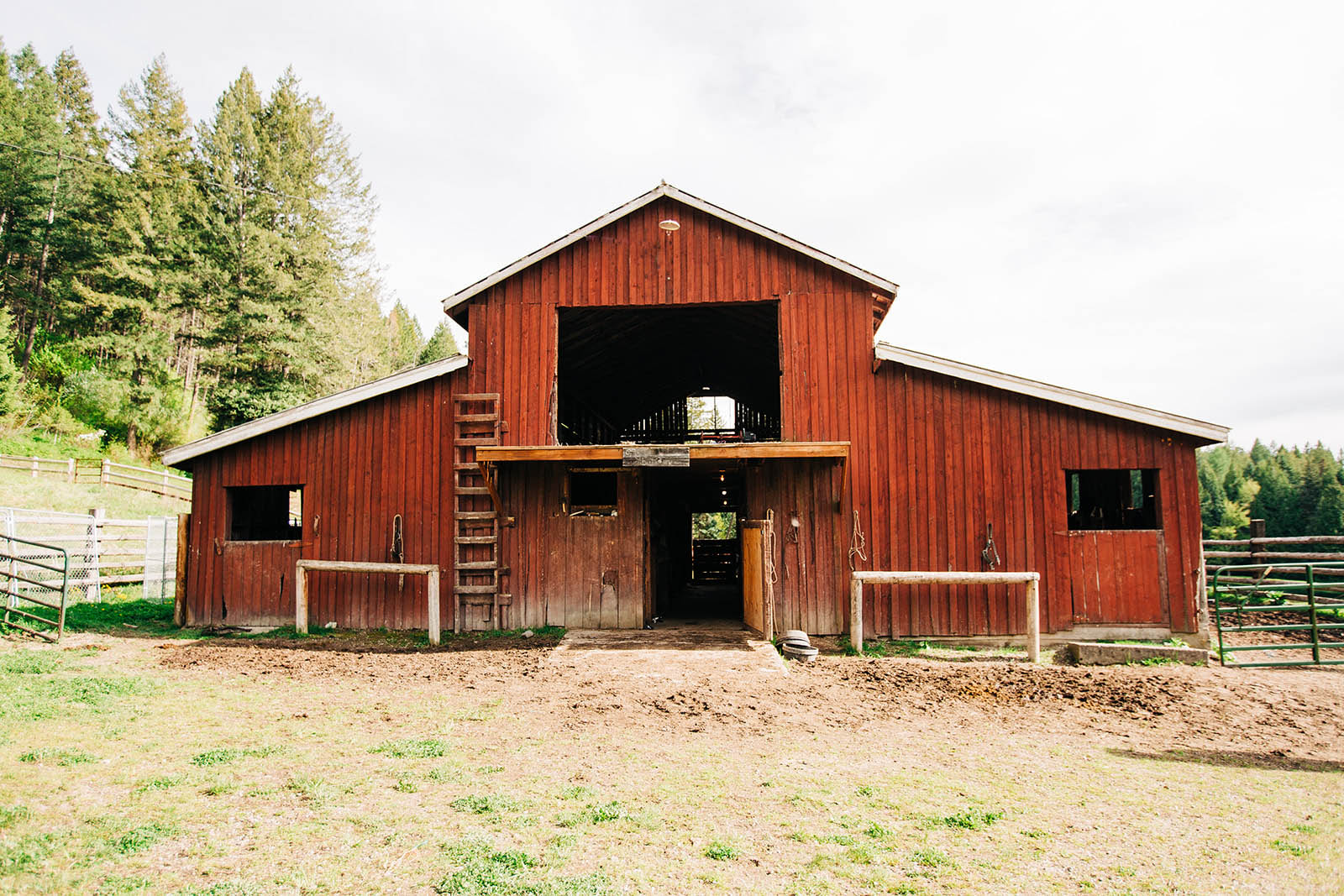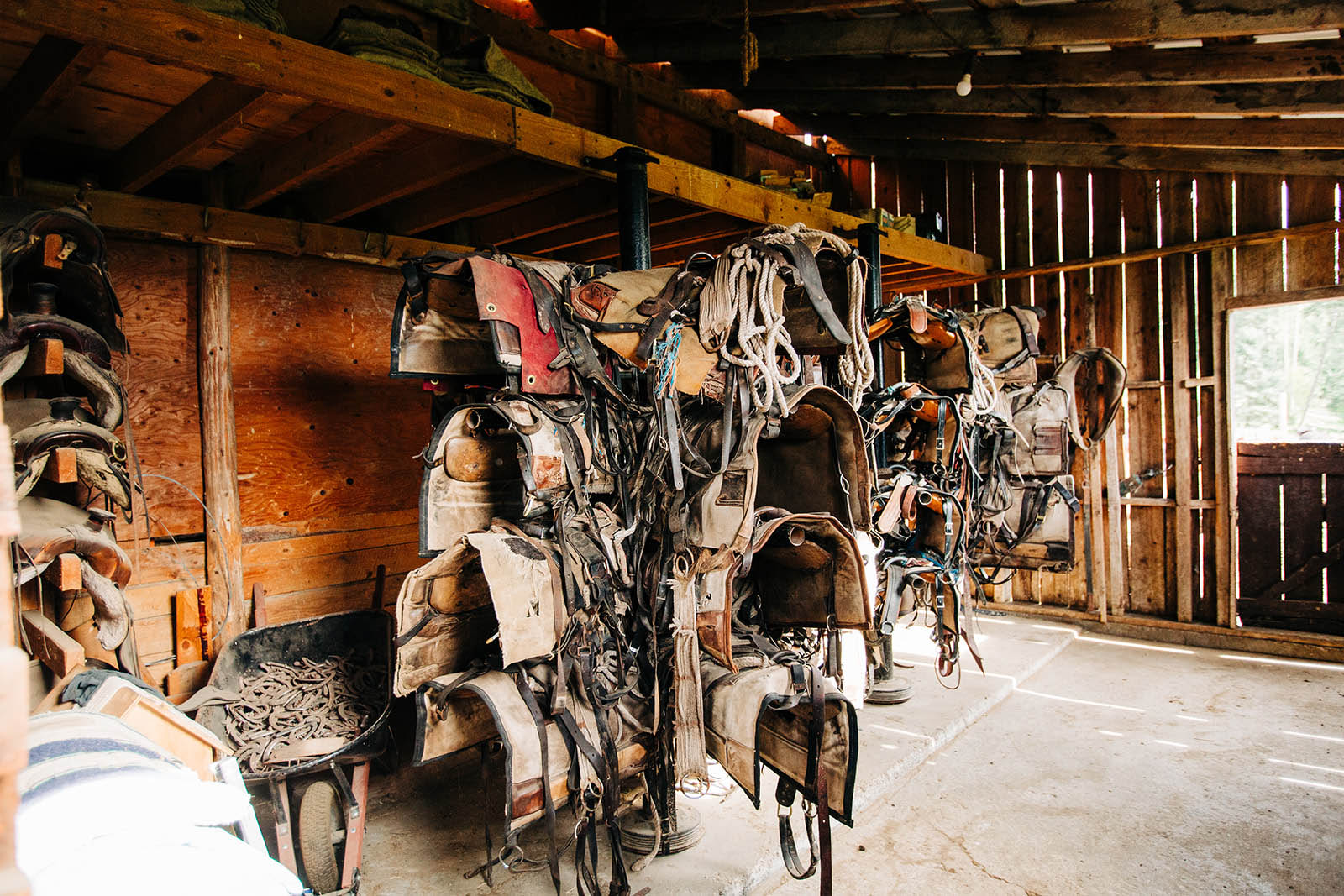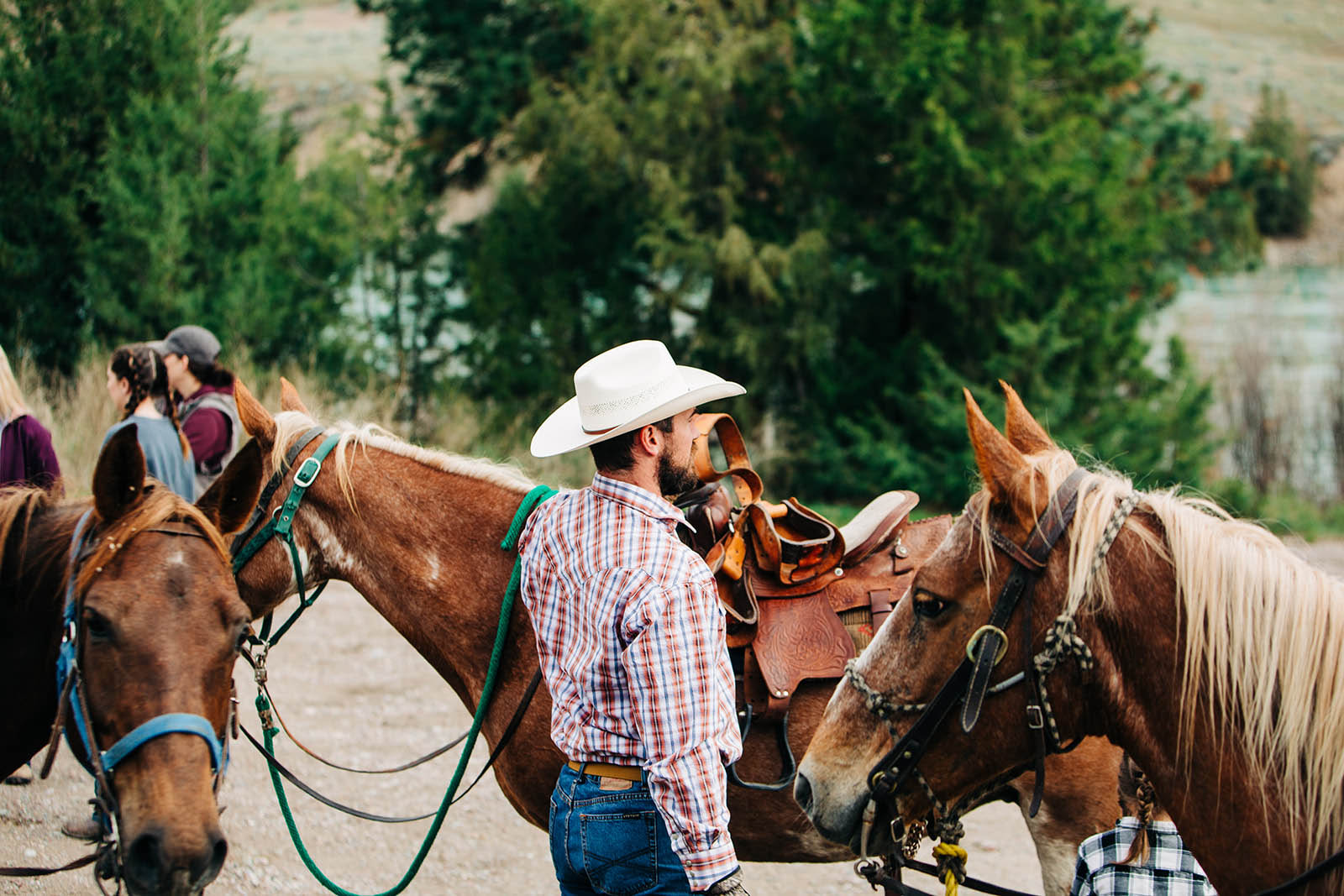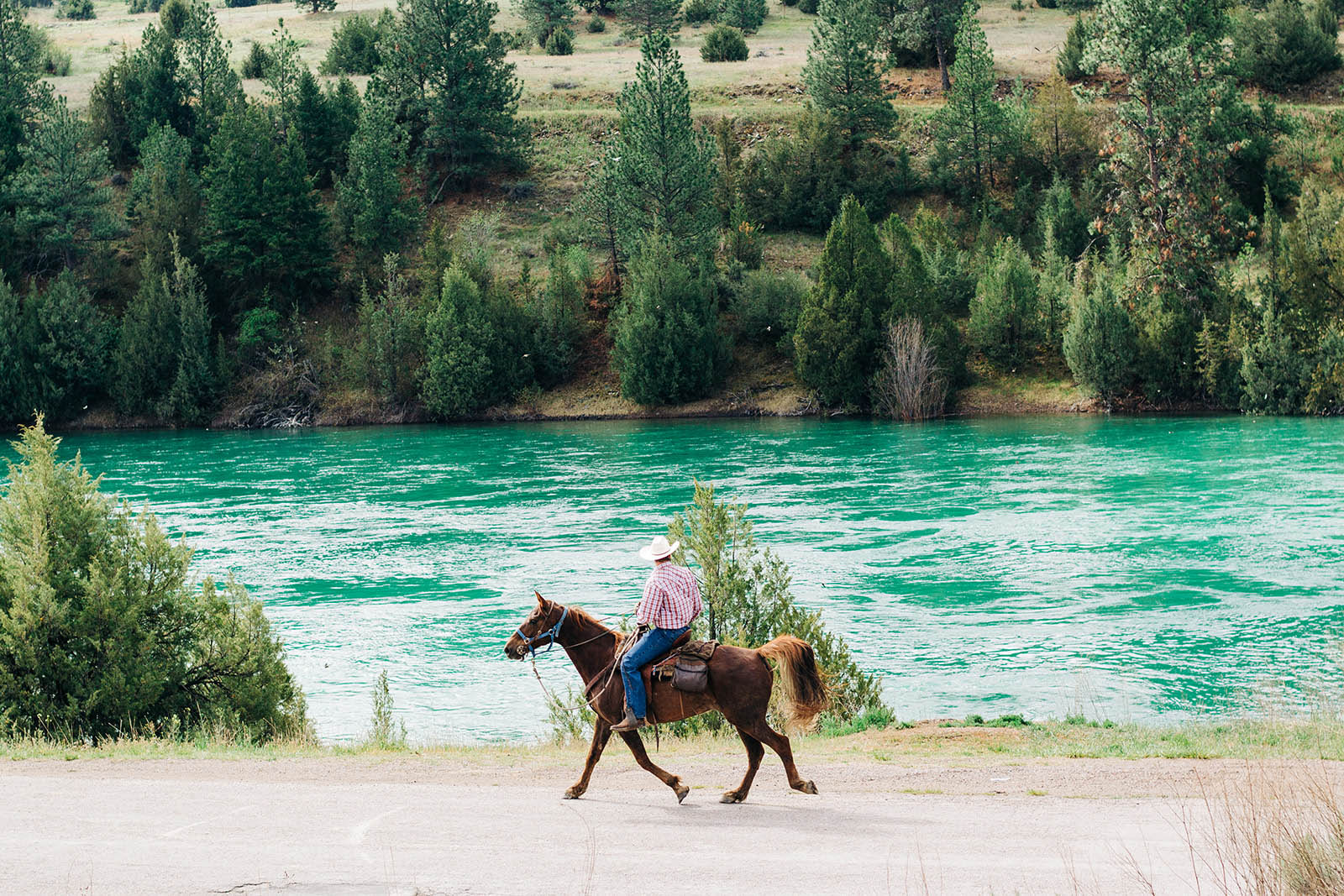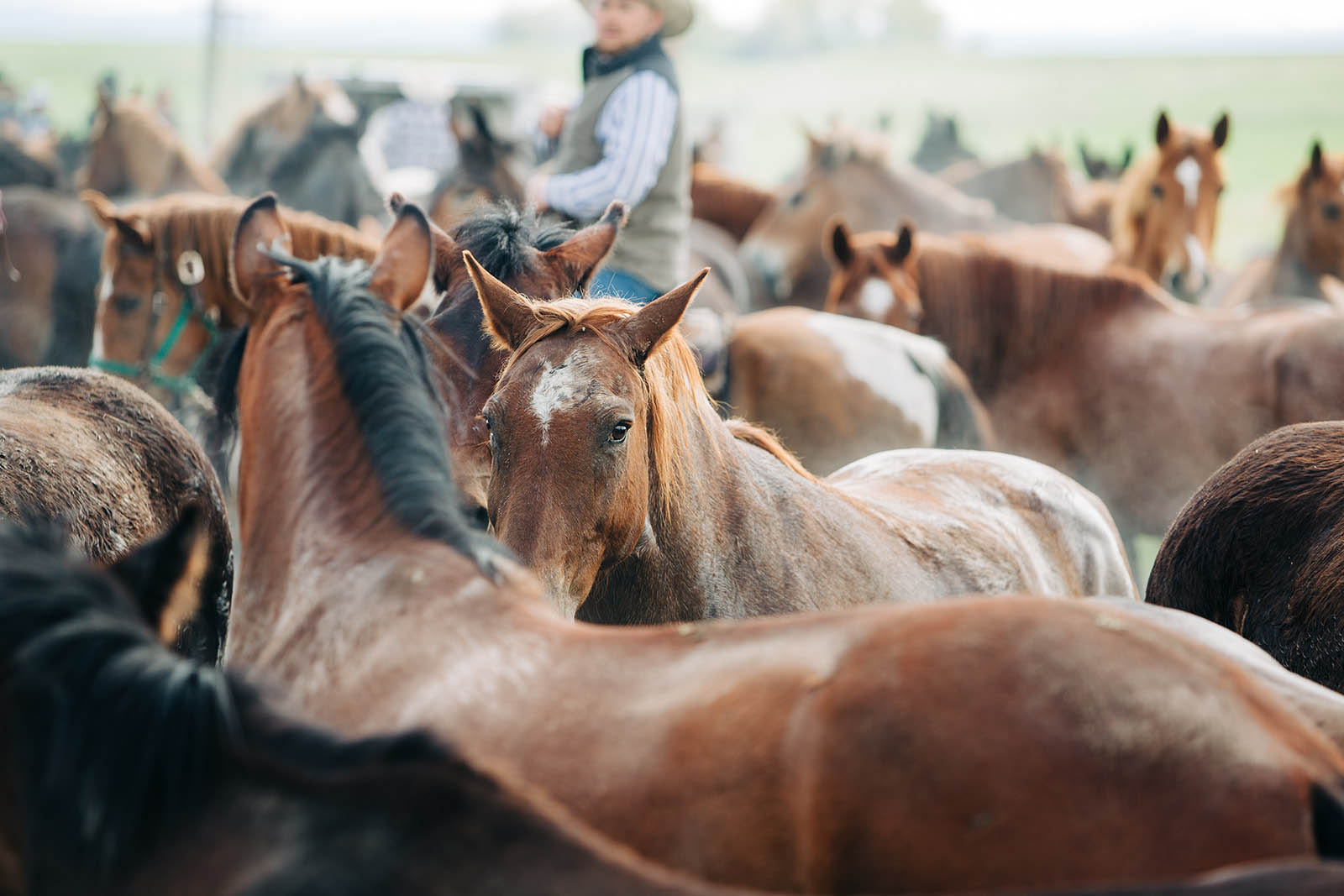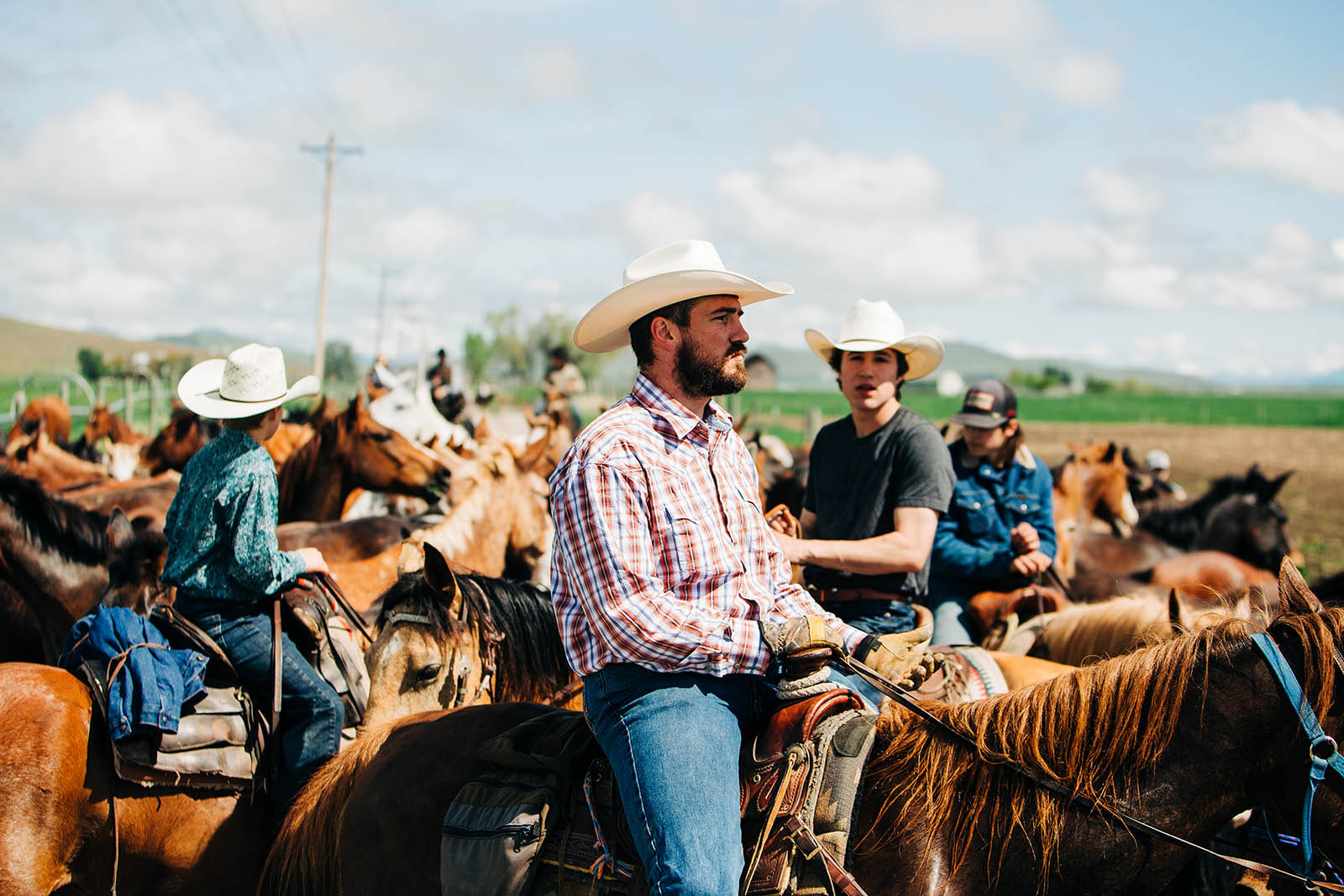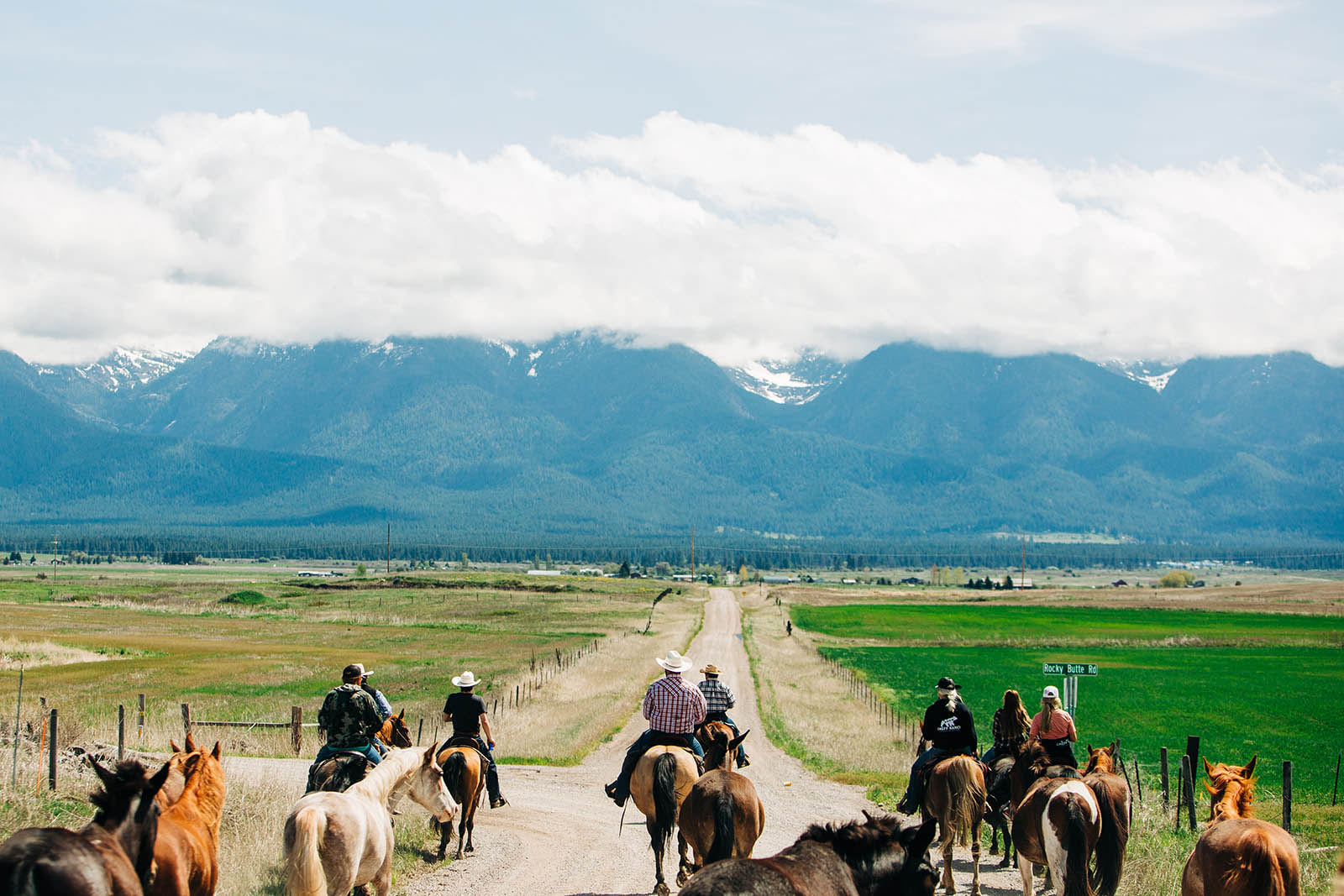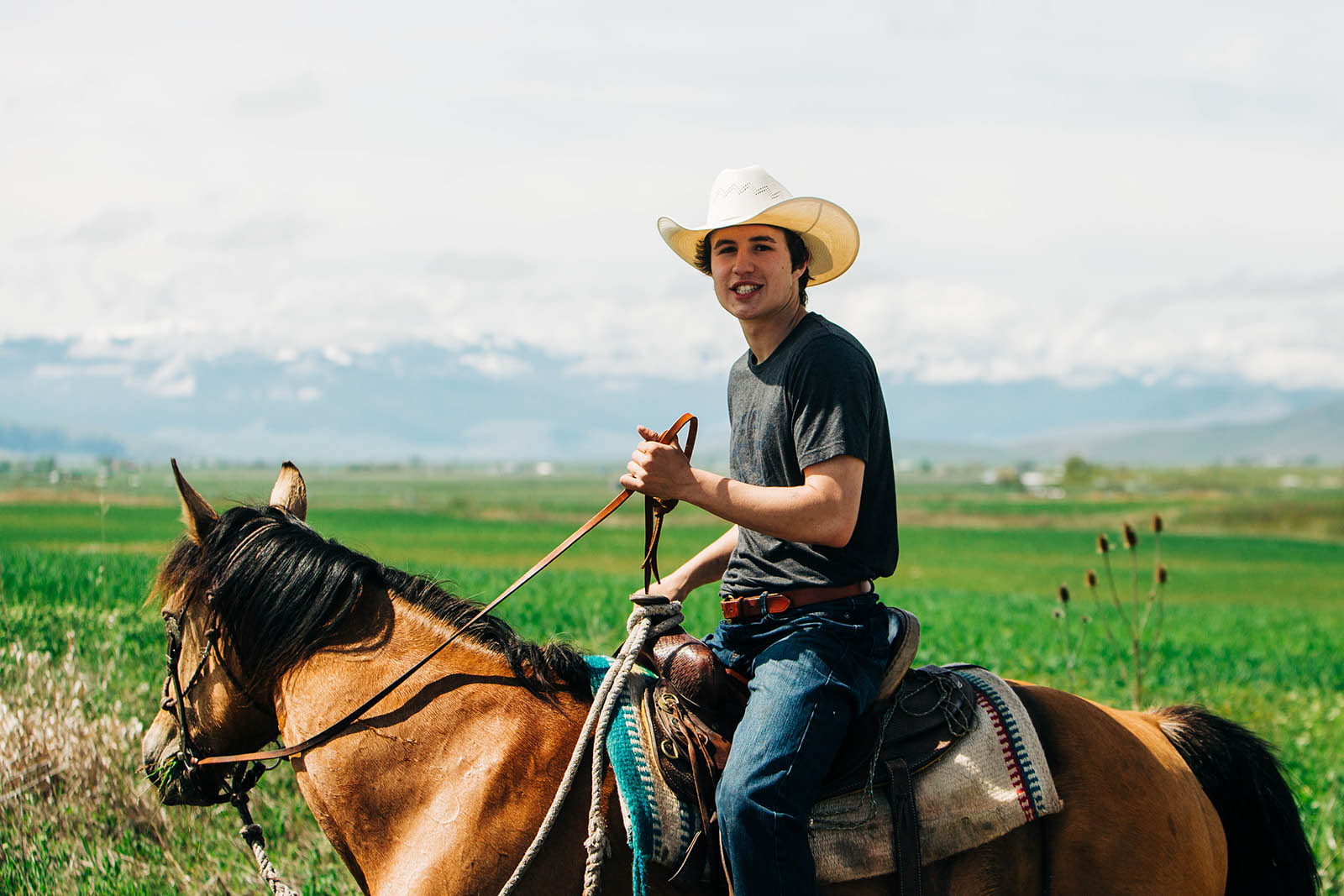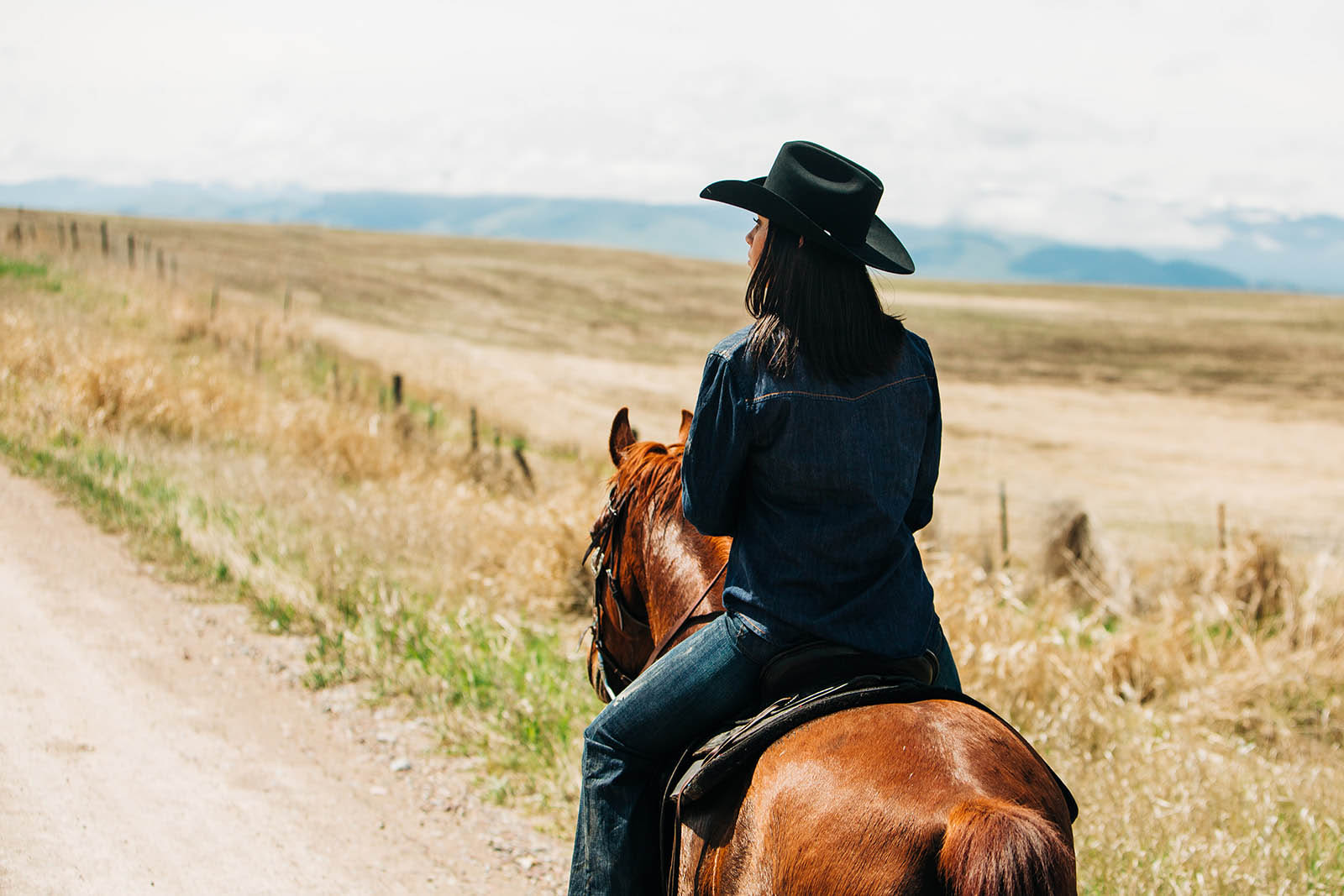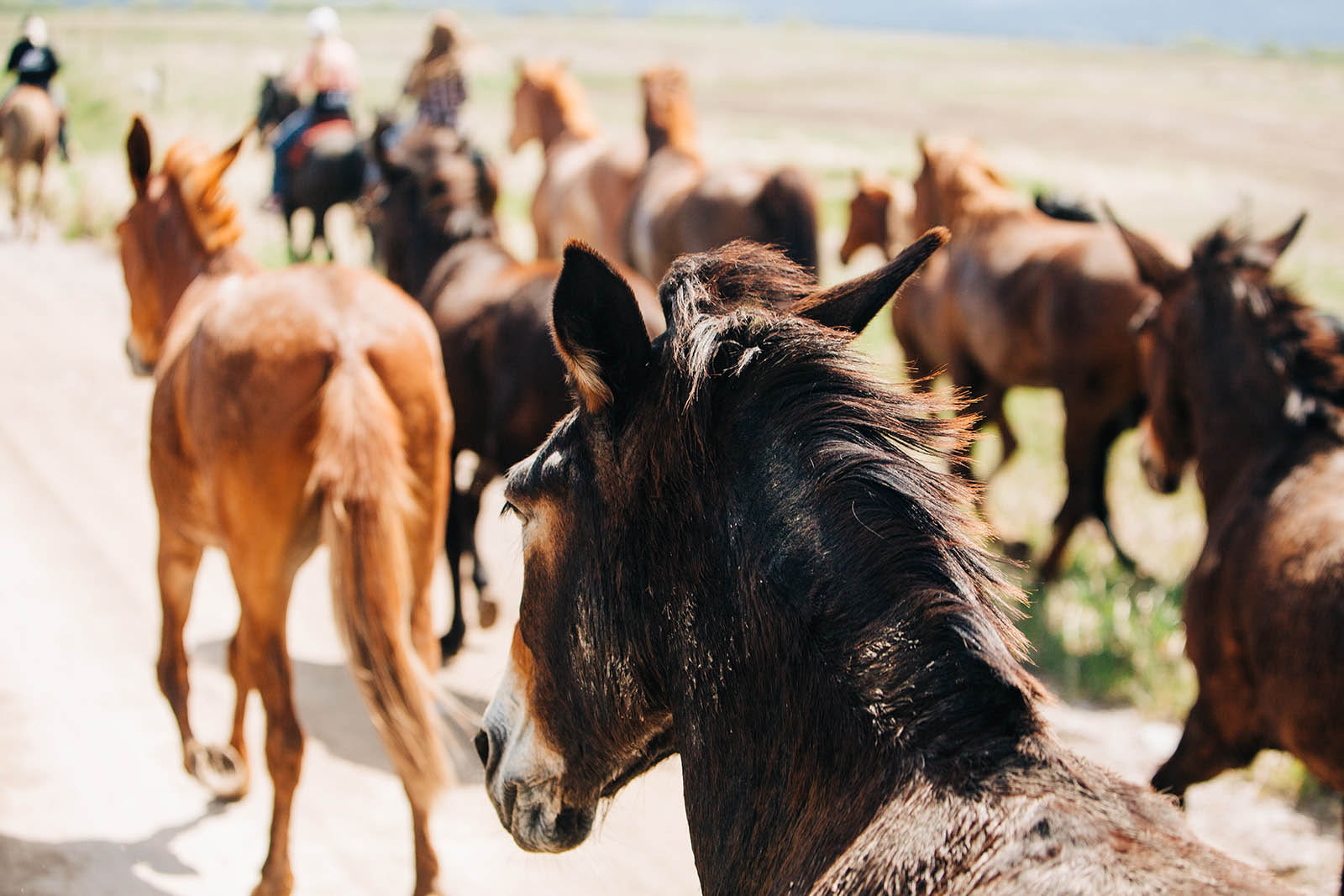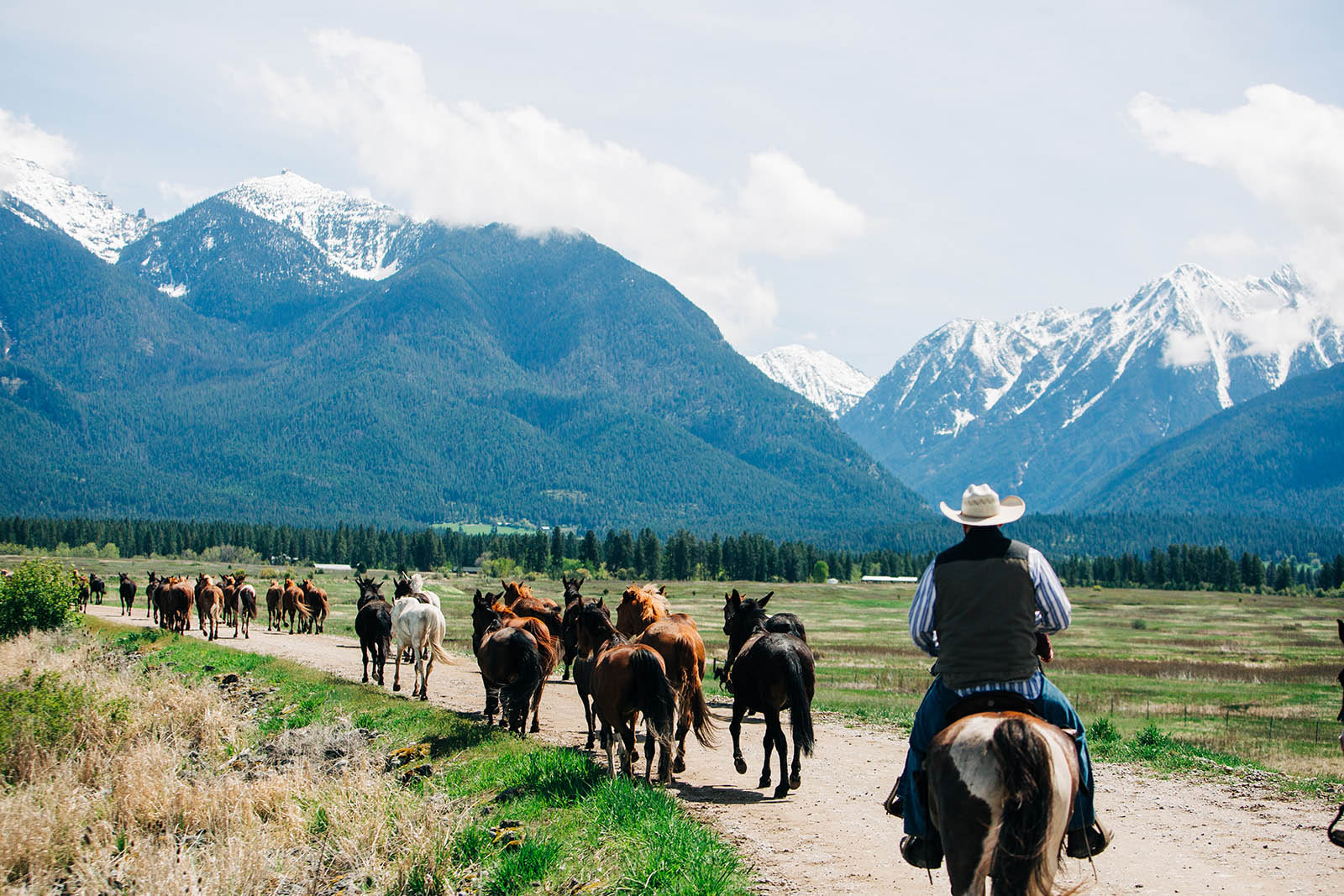Fly to Table in Taos, New Mexico
All around the world, on any given evening, thousands of stories are being swapped across bar tops and counters. Even more, are being swapped behind them. That’s how Michael first met Chris Castro, a local designer turned cocktail and food writer turned restaurant owner. They sat down as Michael interviewed for a job to work as a barista for Castro’s newly-opened Kitchen at Commonplace in Oklahoma City. Soon after they found a common bond over their California roots and fascination with film photography; but the thing Michael would hear over and over again was a single word – Taos.
The restaurant received packets of blue maize grown in Taos for the Kitchen’s Blue Corn Donuts – products of a relationship Chris built with an organic farmer he met while exploring Taos years prior. The color palette of the chairs, the style of outdoor furniture, even opting for handmade ceramic dinnerware – each piece was intentionally orchestrated to represent Chris and his family. And it was obvious that Taos had such a big impact on them.
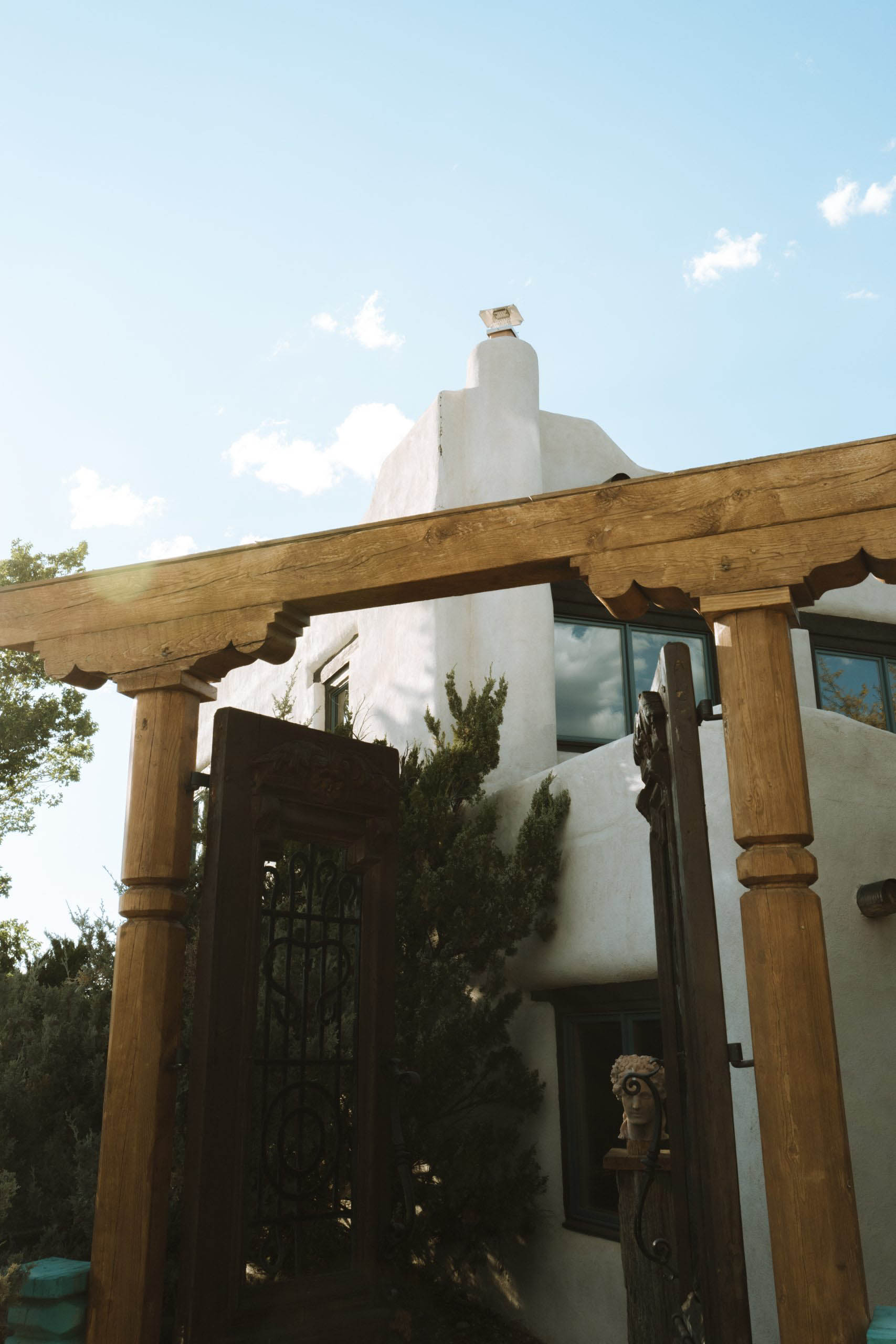
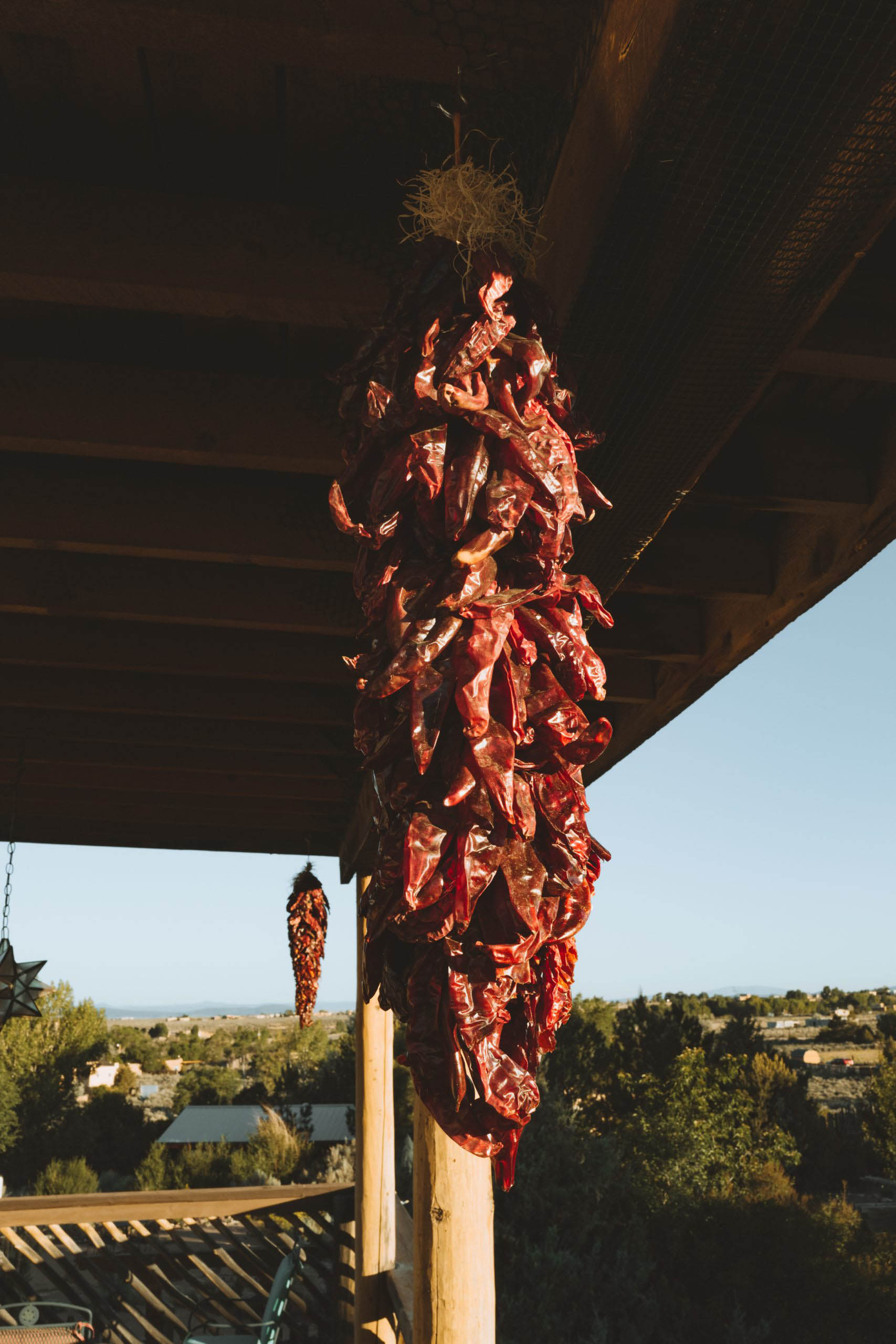
On a recent trip to meet Chris and his son, Benny, in Taos, Michael began to see the town’s personality through its architecture and art. Taos was calm, it wasn’t seeking outside attention, and it was a place where you could truly go to get away. The food is rich in Latinx roots, the history of art surrounding the area could fill museums, and then there’s the landscapes that speak for themselves.


Chris and Benny were out in Taos to cast lines along the Rio Grande, a ritual Chris would speak fondly of. Before his family would wake up, he’d leave their cabin early to go out on the river and cast lines, make it back just in time to make them breakfast. This time, though, he was setting up time to spend with his oldest son – teaching him technique and sharing some time in the outdoors.
“I grew up pretty poor, so it was easy to pack up for the weekend and go camping in Southern California. Coffee and eggs in the morning, and in the afternoon it might be grilled ham in bread for a sandwich. For us, camping trips like that were inexpensive. We’d throw what food we had in the house in the cooler and drive into the mountains to hike.”
That love for the outdoors is clear even in the minute details of Chris’s work as a chef and as an artist. From the organic color palettes used to the emphasis on fresh and local ingredients, there’s a lot of intentionality in the process. Whether it’s observing how connected life along a river interacts and depends on each other to even how to carefully kindle a flame from a single spark; those trips into the great outdoors seem to clear our minds and unlock a deeper sense of wonder that ripples into every area of our lives.
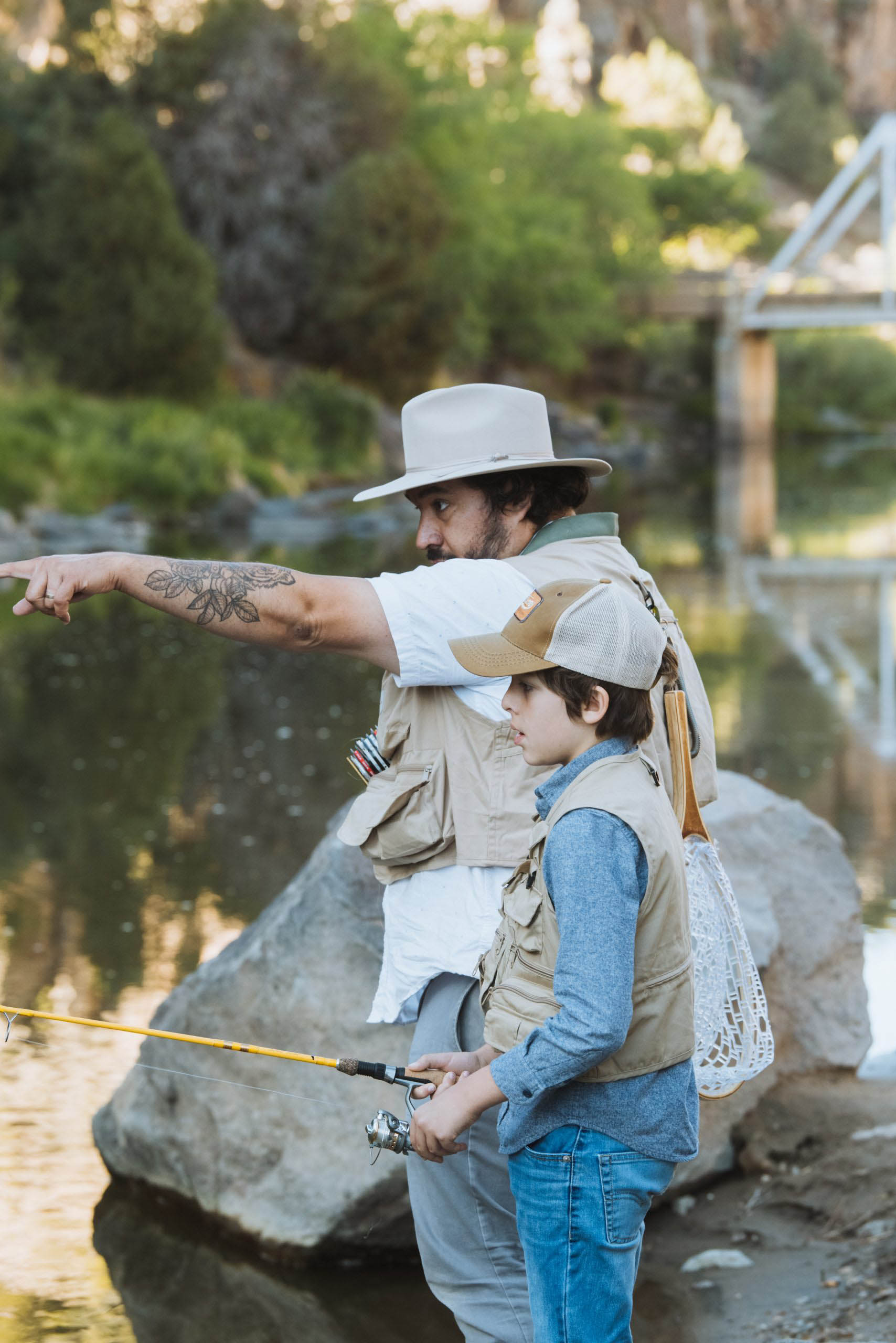
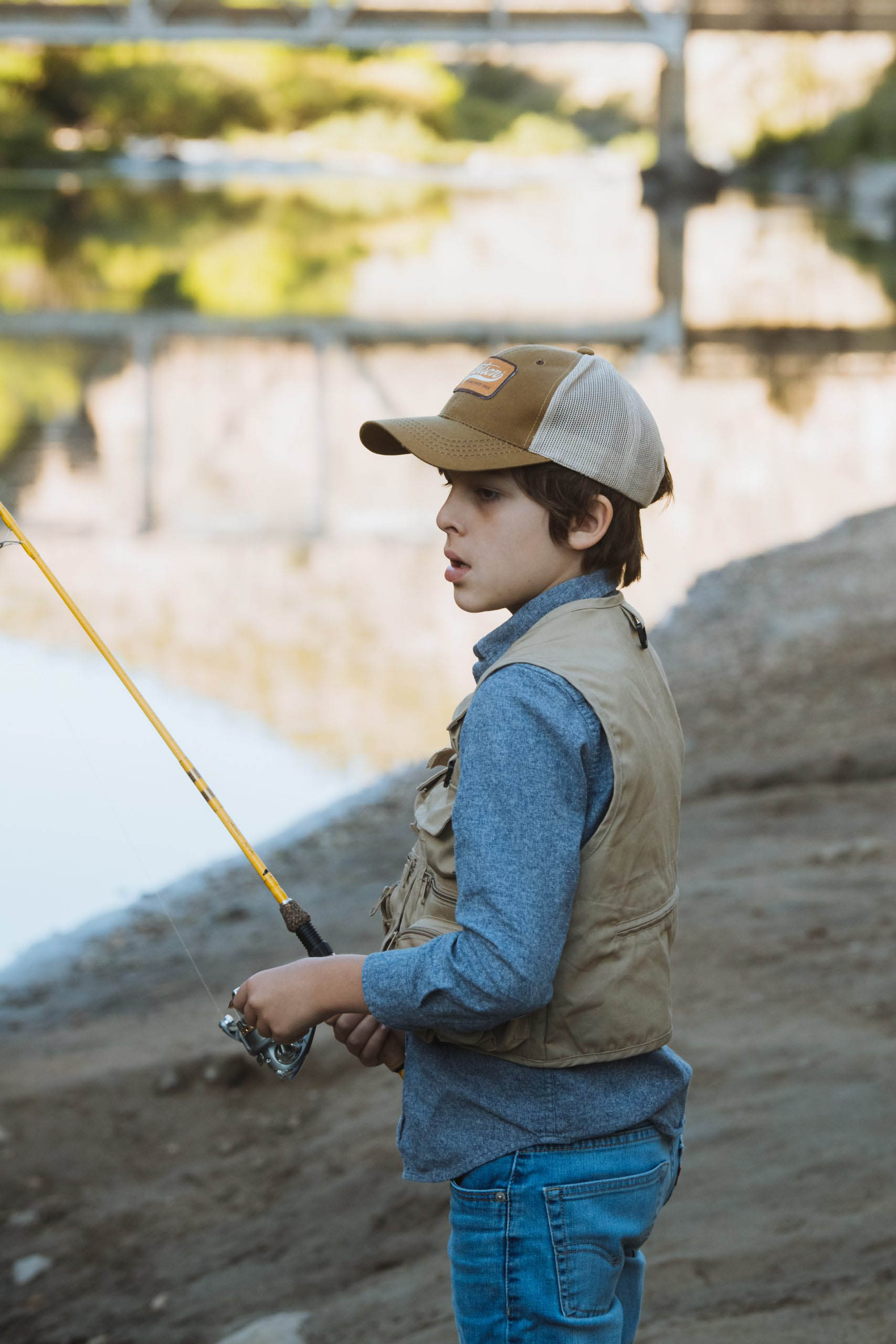
Fly fishing has been Chris’s escape and one thing he’s slowly teaching his son Benny to do. They had a practice rod Benny would cast to understand how the line moves opposed to a spinner rod and reel. But as they hit the river, Chris would bring out Benny’s tried and true rod. He’d point out the flies to use and talk about how to observe the conditions around to figure what the trout are hunting for that day. Building that foundation, teaching Benny how to observe and strategize before even casting, those are lessons that make such a big impact on more than just fishing. Those are the moments that our parents tend to give us that shape so much of how we tackle problems and grow as humans. But unlike the outdoors, fishing for Chris was something that he had to teach himself.
“When we moved to Oklahoma, it was in seventh-grade, my buddies all fished. I had one friend in my art class who would always invite me to go fishing, so finally, I agreed to go. We woke up early one Saturday morning to go bass fishing in Broken Arrow, and I was just using a popper on topwater. I caught my first bass and I was hooked. After that, I went out and bought my own rod. I was fishing three to four times a week. I kept my fishing rod in my car and would fish any chance I could get. I would look up in the back of the phone book and look at the city maps for any signs of ponds. Any of them that didn’t have a no trespassing sign, I’d go out and fish. Sometimes solo, sometimes with buddies – but I just loved it.”
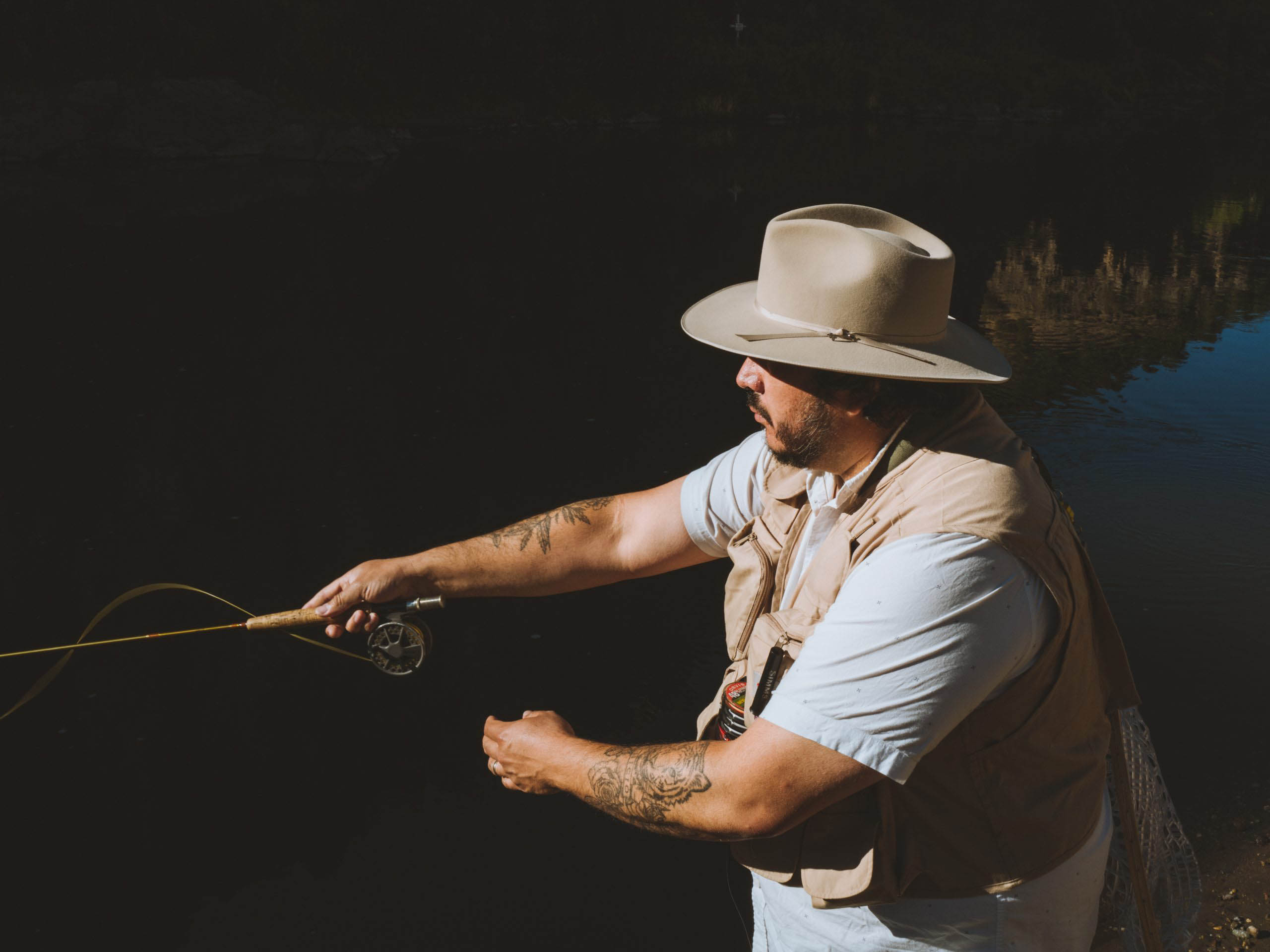
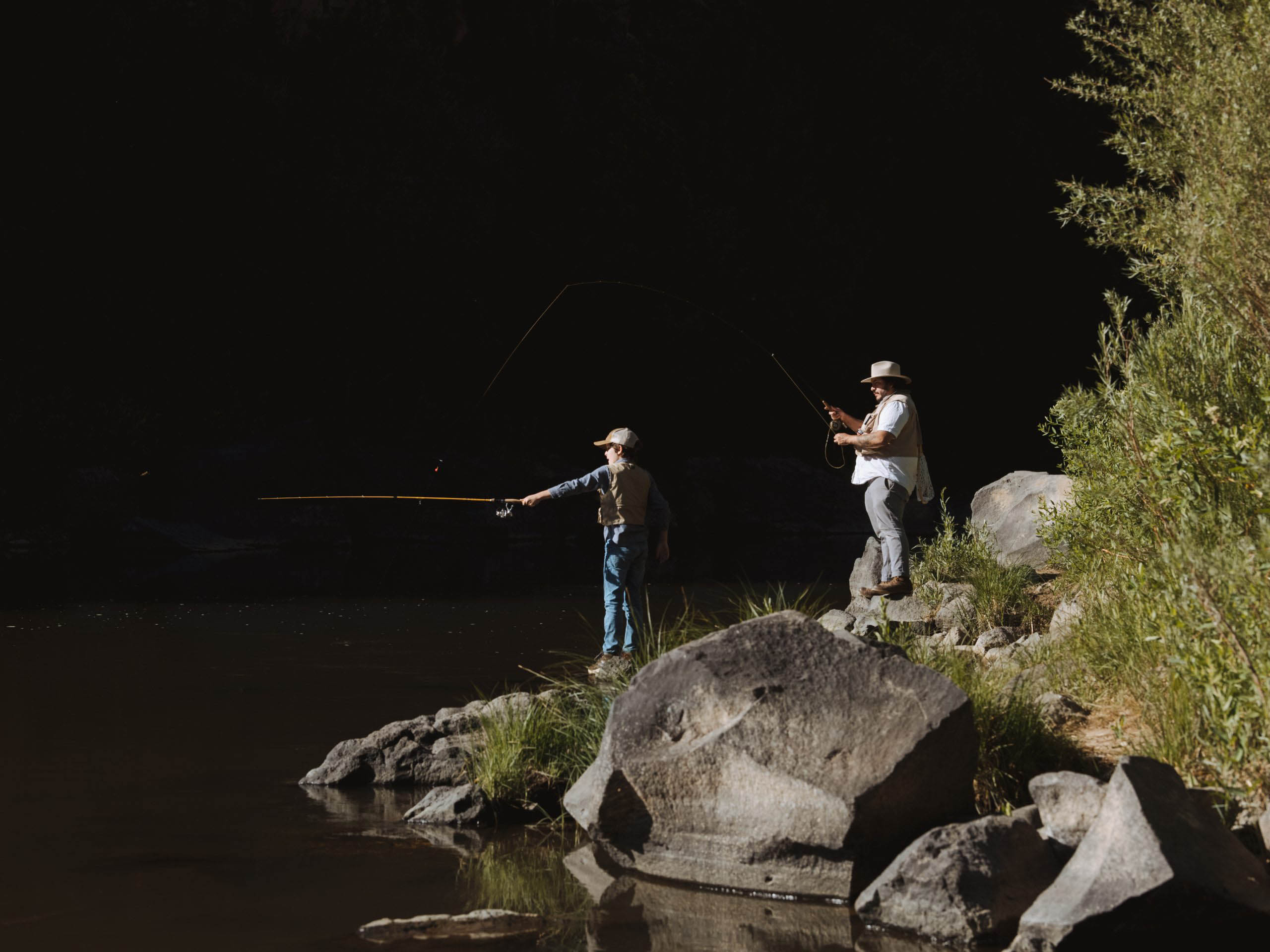
The same curiosity and dedication Chris had that made him such a good fisherman could be seen in his son Benny.
Like fishing, cooking was something that Chris wasn’t taught but it is instinctive. “Food was a big part of our life growing up. People would always come over for my mom’s food, she always cooked. Even my dad was a really good cook. We didn’t know that until my mom started to work and my dad begun to stay home. We had no idea he could cook, then he started putting this food in front of us and we’d go ‘Oh my gosh, this is amazing’. My mom says that when they got married, my mom didn’t know how to make certain things he’d like, so he would just say ‘Just let me just show you how to make it.” My mom is an excellent cook, but it’s funny to think my dad had anything to do with it. Even growing up, my friends would come over just for my mom’s cooking. “
After the first morning of fishing with only a few bites, they stopped to cook up some quick eggs and bacon along the Rio Grande. Chris pulled out his portable gas stove and cast iron skillet which Benny collected pine cones and spotted chipmunks. They talked about the day casting, why the fish weren’t biting, and how we needed to grab bug spray for our next outing.
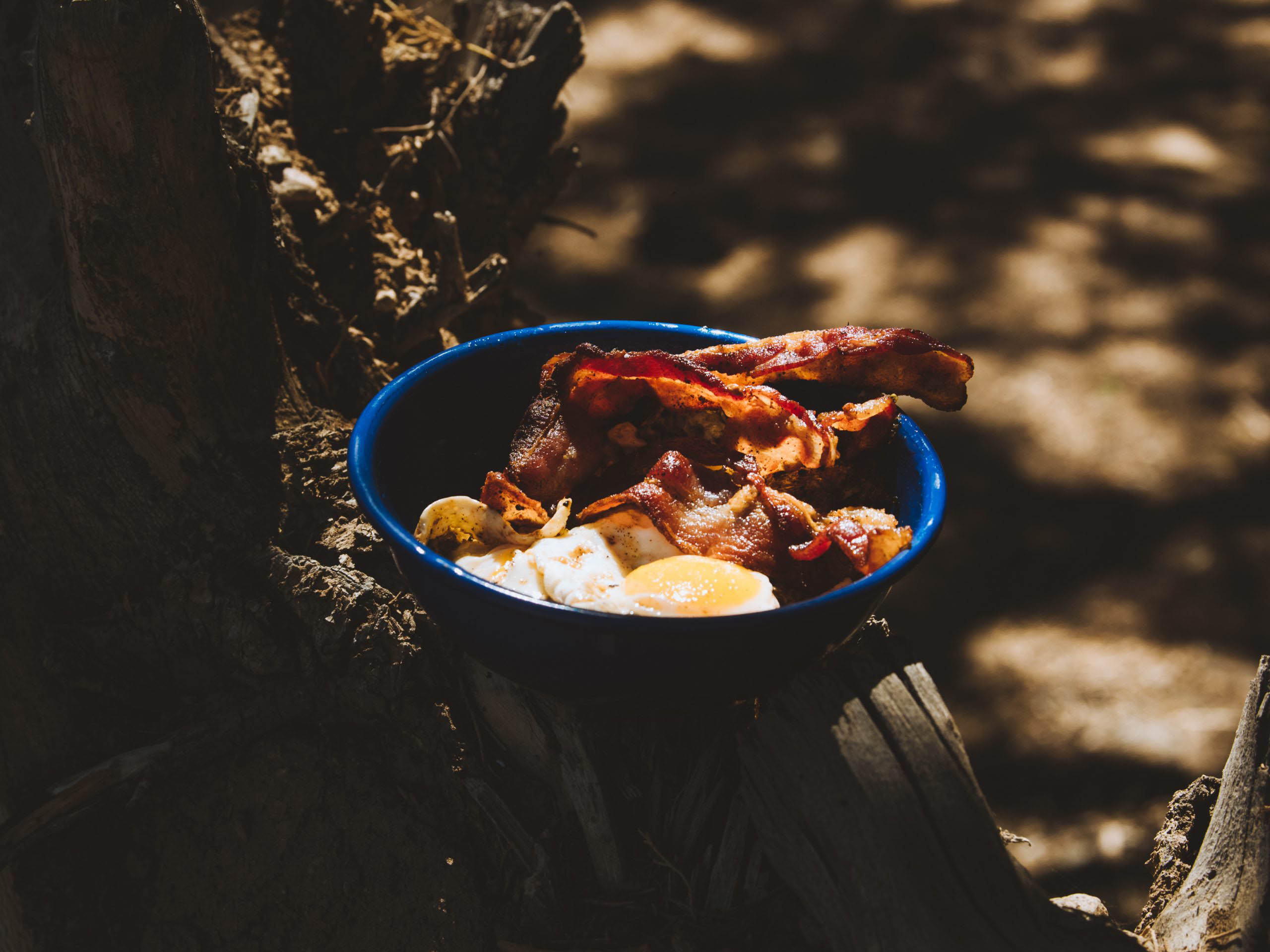
17_236
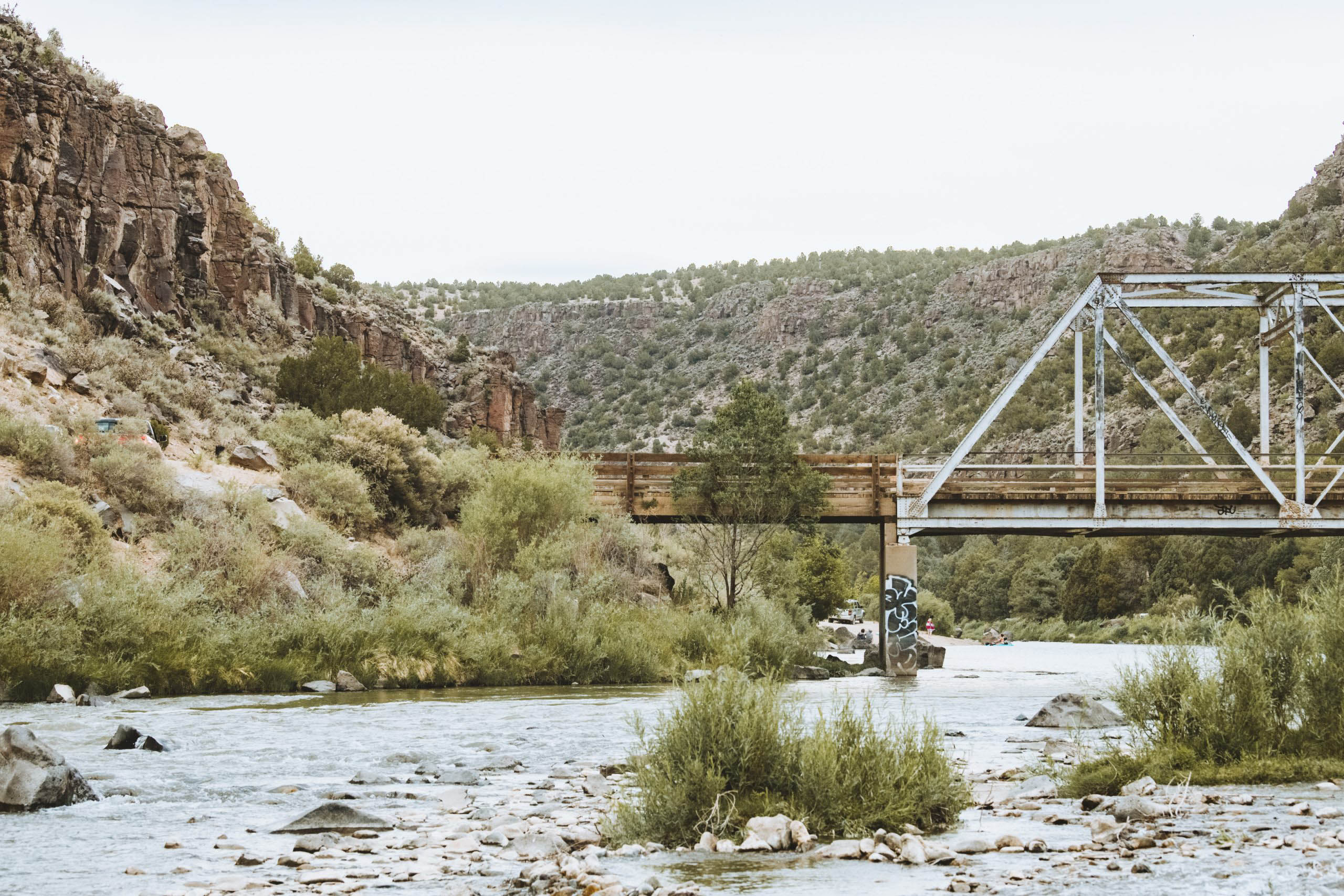
18_58
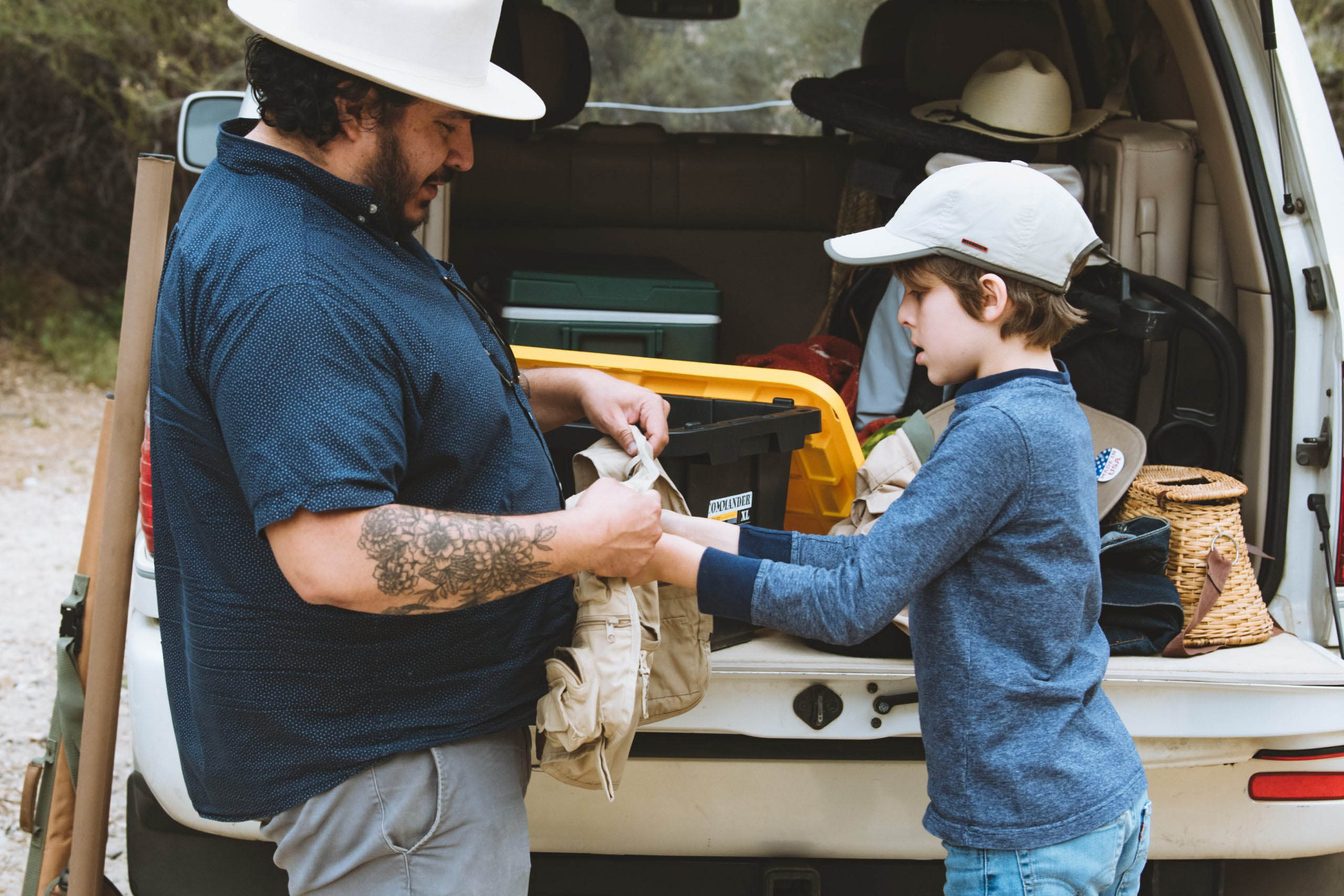
19_5

20_8

21_10

22_16

23_18

24_20

25_28

26_61

28_31

29_49

30_45

31_149

32_268
Later that evening after another unsuccessful trip to the Rio Grande, they started a fire pit to begin roasting tomatoes and peppers over the flames for Chris to make salsa for tacos. The smell of the peppers and and onions started filling the air and Benny brought over Chris’s molcajete. Chris began sprinkling in salt and peeling cloves of garlic to be mashed in the molcajete. As the flames cooked the ingredients, Chris mashed the garlic and salt with the lava stone to make a fine paste. Afterwards, the tomatoes, peppers, and onions were broken down by the heat and made an indescribable salsa.
The molcajete is a lot like cast iron skillets. It’s a long process to season it before you can even use it. Mashing rice and celery over and over until you get rid of all the grit in the molcajete is crucial. These are not just tools in the kitchen though, they are family heirlooms – passed down from generation to generation. They collect notes of flavor.



After Chris finished up the salsa, he pulled out a thin cut of meat to lay over the grate and smoldering coals. “So this is traditional fajita. So fajita isn’t steak, it’s a real thin cut. So when I was a kid, I was always really confused by the term ‘chicken fajita’ because I’d go – ‘what kind of cut is that?’ But I got this at this Mexican market. They cut it real thin, and you throw it on the fire and it comes out really amazing. When I was a kid, we’d marinate it in Coca-cola to help break down the tough parts of the meat.”
Those roots from his time enjoying the amazing food his parents would make shine through in his work now.
The desert night was cooling down fast and Chris and Benny huddled up by the fire. It’s those special trips, whether it’s a weekend with dad out in nature or even a quick run in the morning to cast a line, that we tend to remember so fondly as we get older.





